Brochures covering Kelly Country touring are available throughout the region.
Gregory Powell is the author of Bushranger Tracks and Bushranger Tracks – Beyond the Legends.
Its RAV4 small SUV was the best-selling new car in the country for the second month in a row with 6714 of the little wagons finding new homes in Australia during August. Significantly that is the best monthly sales figure for the RAV4 in its 30 years of history, and almost 95 per cent of them were the hybrid model. It wasn’t that long ago that buyers wanting a hybrid RAV4 were facing waiting lists of a year and longer.
It was a similar story for buyers waiting for an LC300 this time last year; but with 1442 of them sold in August and the LC300 being the fifth best-selling 4×4 so far this year, it seems those orders are getting out.
I bet Toyota wishes it still had buyers queuing up to get HiLux 4×4 utes, as the once-market-leader falls further behind the Ford Ranger with just 3851 Hiluxes moving off the lot in August compared to 5142 Ford Ranger 4x4s. With Ranger leading HiLux 4×4 by more than 7000 units year-to-date with just four months of selling left, it looks like the Ranger will retain its best-selling 4×4 title this year.
Ford is also kicking goals with its Everest wagon, which outsold popular competitors the Toyota Prado, Isuzu MU-X and even the LC300 again this month. In the Prado’s defence, the new 250 Series is due to hit showrooms before 2024 ends and there will be a lot of buyers waiting to see that.
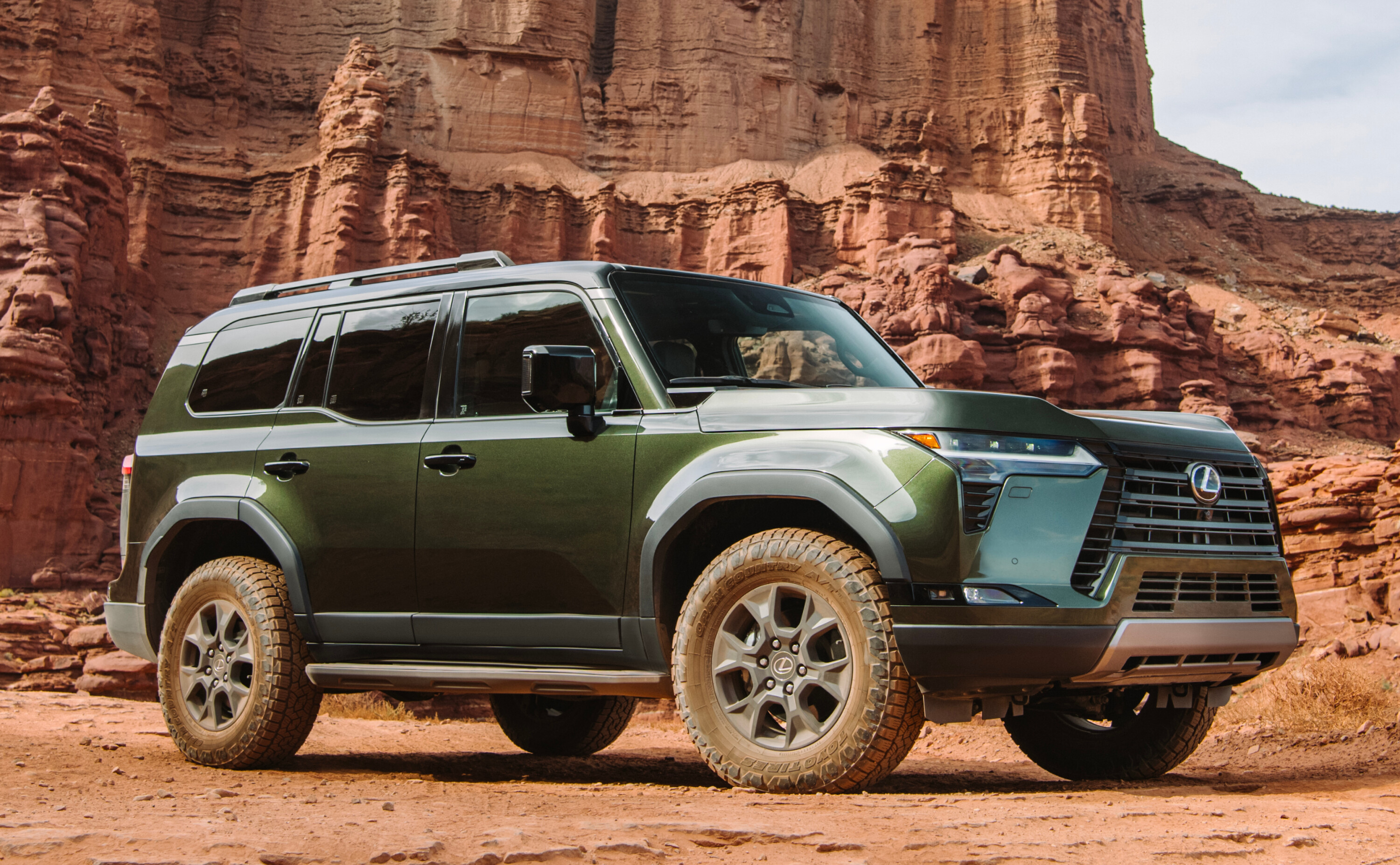
The Lexus version of the 250 Series, the GX550, started going out to owners at the end of August with 102 of them sold. It will be interesting to see how the new model goes as it’s the first time we’ve had the Lexus GX sold here. The closest competitor to the Lexus GX on price and ability would be the Land Rover Defender, and this reborn nameplate continues to be LR’s best-selling model with 301 of them sold in August, contributing to a total of 2118 sales this year.
At the other end of the 4×4 scale, the Suzuki Jimny has the small wagon segment all to itself and the five-door model of that car is certainly boosting its popularity. Its sales are up a whopping 62 per cent year-on-year and, with 923 of the fun wagons being sold, the Jimny almost made its way into the top 10 sales chart this month. The Jimny has always been the little wagon that could.
| 1: Ford Rangeru00a0 | 5142 |
|---|---|
| 2: Toyota HiLuxu00a0 | 3851 |
| 3. Ford Everestu00a0 | 2273 |
| 4: Isuzu D-MAXu00a0 | 1941 |
| 5: Toyota LC300u00a0 | 1442 |
| 6: Isuzu MU-X | 1376 |
| 7: Toyota Prado | 1103 |
| 8: Toyota LC70u00a0 | 1062 |
| 9: Mazda BT-50 | 1060 |
| 10: Mitsubishi Triton | 976 |
| 1: Ford Rangeru00a0 | 40,372 |
|---|---|
| 2: Toyota Hiluxu00a0 | 32,956 |
| 3: Isuzu D-MAXu00a0 | 16,241 |
| 4: Ford Everestu00a0 | 15,711 |
| 5: Isuzu MU-Xu00a0 | 12,911 |
| 6: Toyota LC300u00a0 | 11,181 |
| 7: Mitsubishi Tritonu00a0 | 9657 |
| 8: Mazda BT-50 | 8221 |
| 9: Toyota LC70u00a0 | 8185 |
| 10: Toyota Prado | 6964 |
Revealed overnight in Abu Dhabi, the seventh-generation Patrol wears a strikingly different design compared to its predecessors; employs a V6 twin-turbo engine paired with a nine-speed automatic transmission; and features customisable adaptive air suspension.
“The seventh generation is a bold leap forward, blending unparalleled performance, cutting-edge technology and a commanding presence to redefine what an SUV can be,” said Makoto Uchida, president and CEO of Nissan.
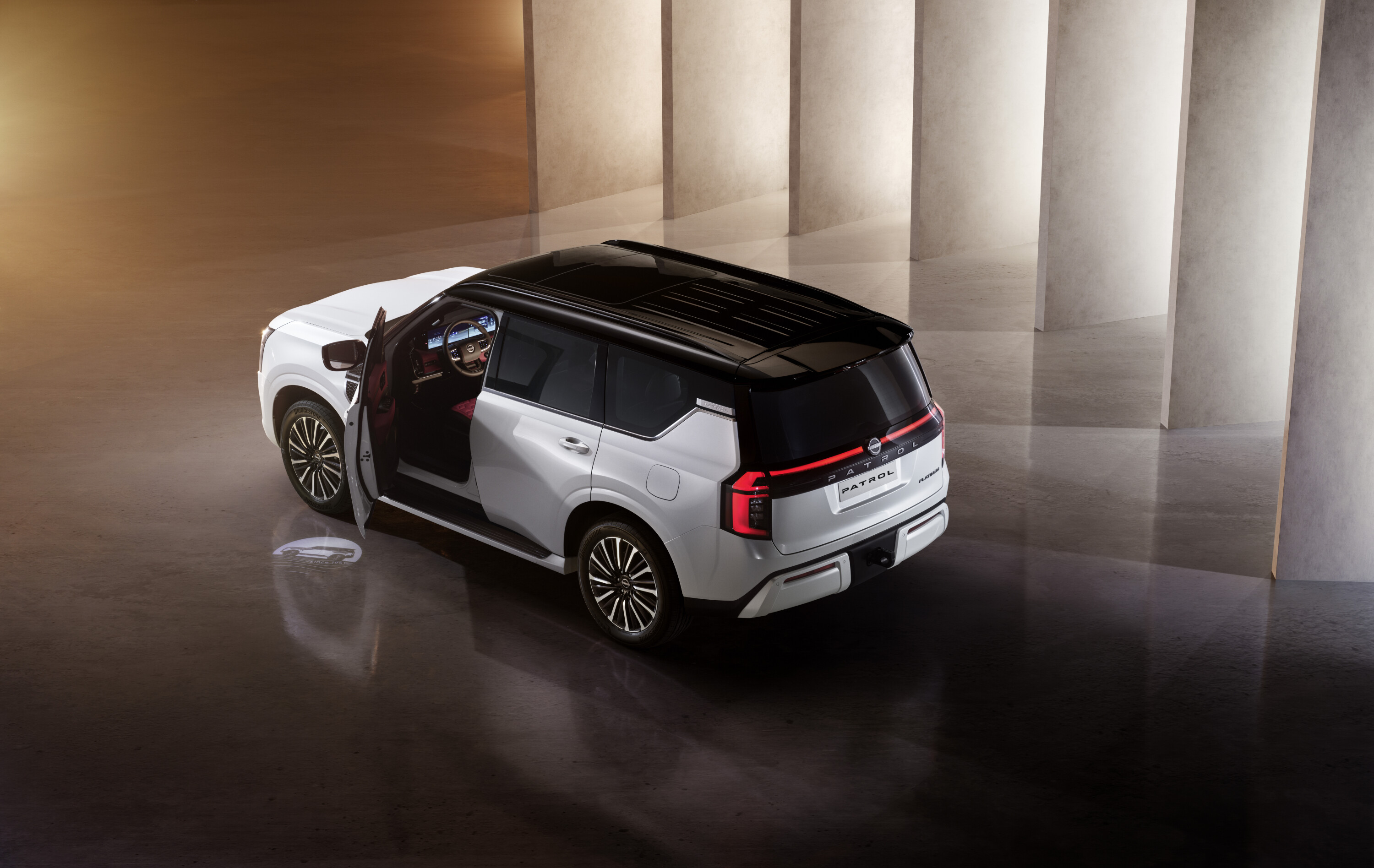
Building on more than 70 years of heritage, the new Patrol replaces the venerable Y62, which debuted in 2010 and was popular on local 4×4 tracks due to its off-road prowess and stonking 5.6L V8 that delivered 298kW and 560Nm. The recently revealed Patrol loses that V8 mite, but replaces it with two engine options: a 3.5-litre V6 twin-turbo petrol engine, and a 3.8-litre naturally aspirated V6.
The 3.5-litre V6 twin-turbo generates 425hp (317kW) and 700Nm – that’s an increase of 7 per cent (kW) and 25 per cent (Nm) compared to the V8. Plus, Nissan says it is 24 per cent more fuel efficient than the eight cylinder. The 3.8-litre naturally aspirated V6 produces 316hp (236kW) and 386Nm.
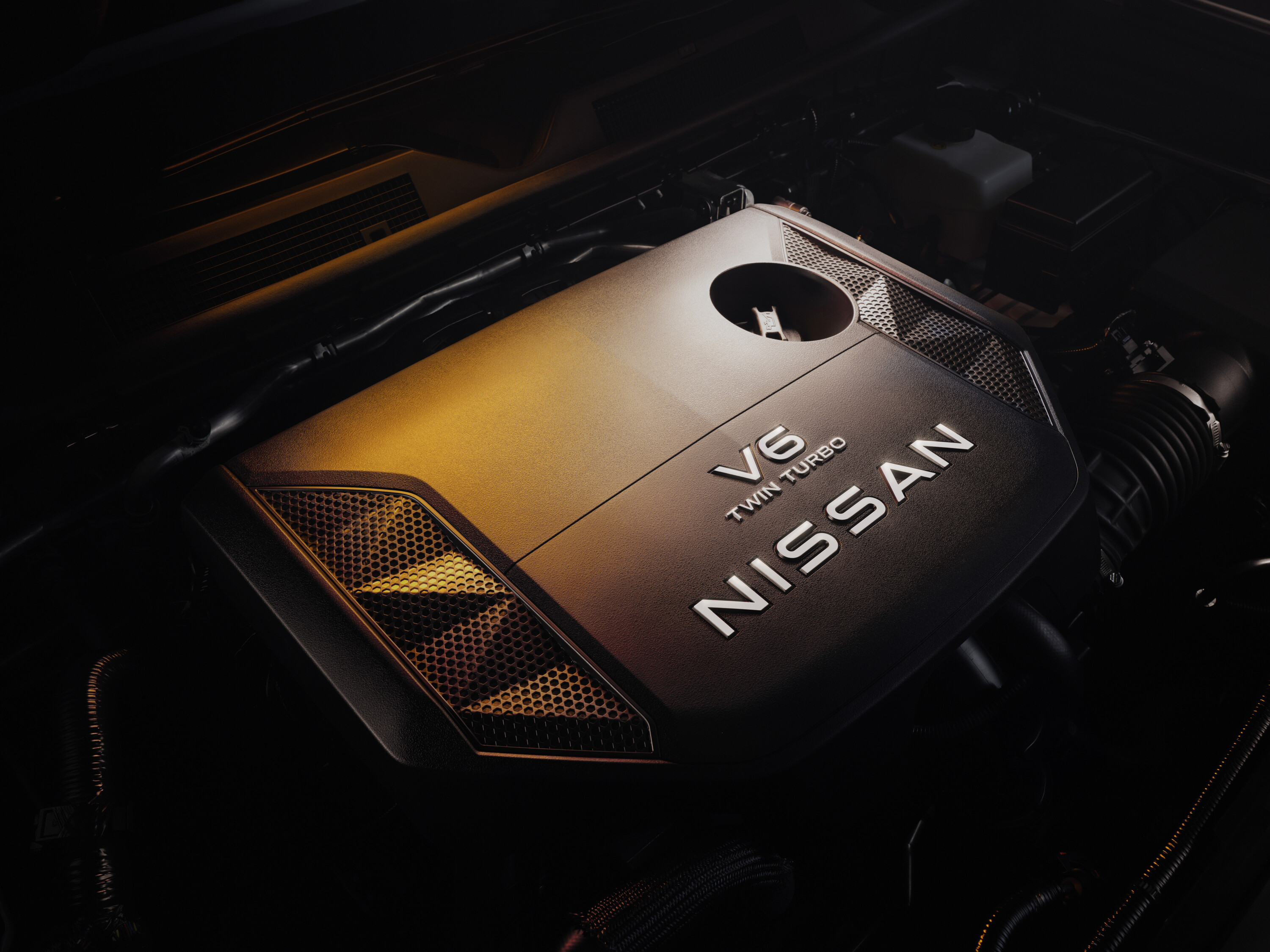
Nissan also states the V6 twin-turbo also benefits from improved throttle response for quicker acceleration; high combustion efficiency to maximise power output; and mirror bore coating to enhance thermal efficiency. It’s paired with a new nine-speed automatic transmission – that’s two more cogs for those playing at home – controlled via a horizontal “Piano Button” e-shifter.
Nissan has integrated – as standard across the range – an all-new customisable adaptive air suspension. This set-up utilises e-damper technology, which automatically adjusts damper settings, to provide a comfortable and seamless journey between on- and off-road adventures.
The Patrol features six drive modes – standard, sand, rock, mud, eco and sport – as well as a 4WD transfer mode interlock system. This is a first for Nissan and allows drivers to easily transition between modes. In addition the Patrol is equipped with Vehicle Dynamic Control, Traction Control and a Tyre Pressure Monitoring System.
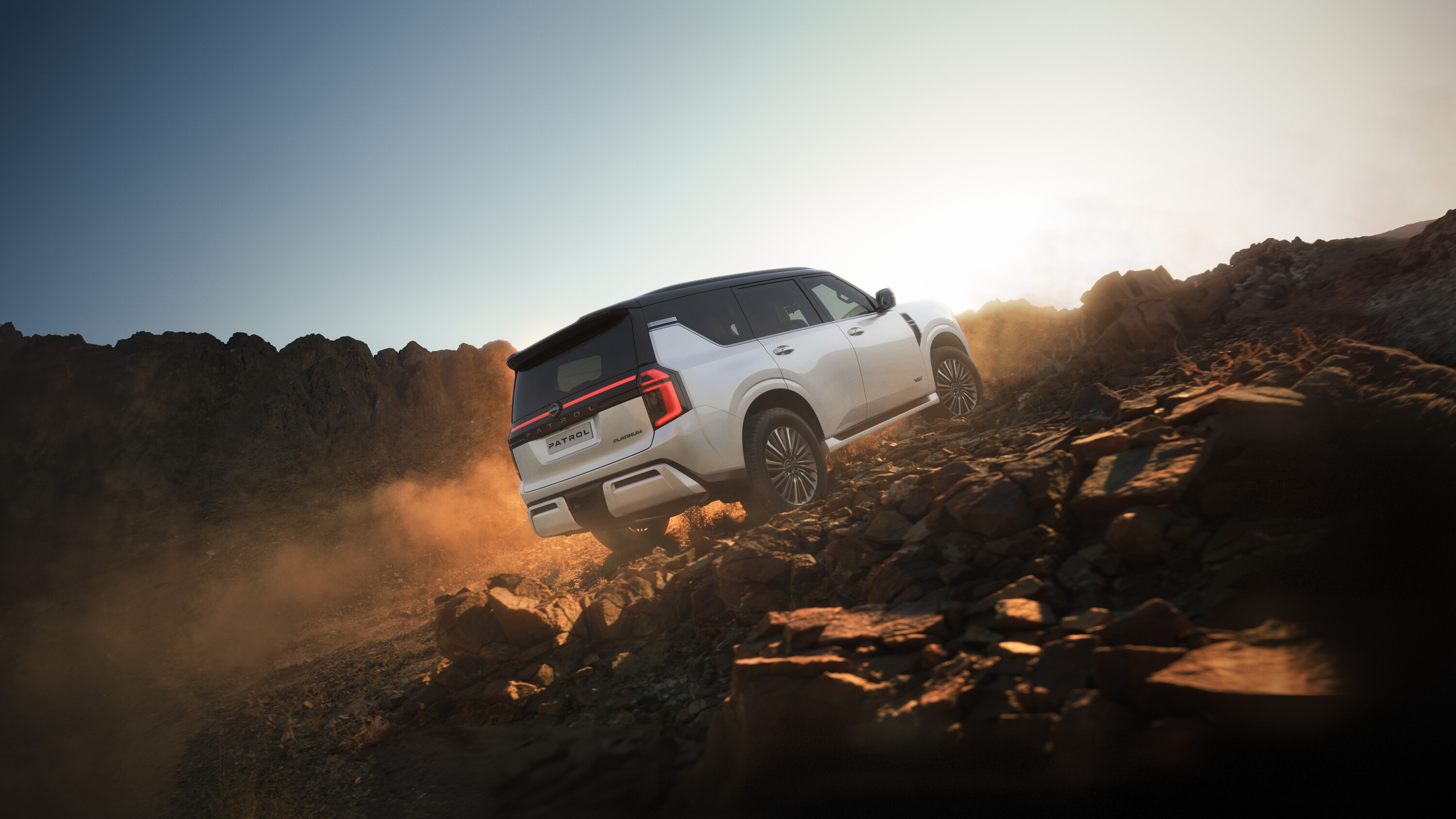
The Y63’s large interior has also been comprehensively updated, combining modern technology. refined comfort and more cargo space – up to 30 per cent more room than the Y62. The quilted leather seats, for example, have massage functionality and are inspired by the traditional Japanese wood craft, dubbed Kumiko (yep!). In fact, the first- and second-row pews are equipped with NASA-inspired spinal support technology, said to promote optimal posture and minimise fatigue.
The cabin is also said to be generously quieter, thanks to a combination of improved dynamic torsional rigidity and the addition of damping acoustic glass.
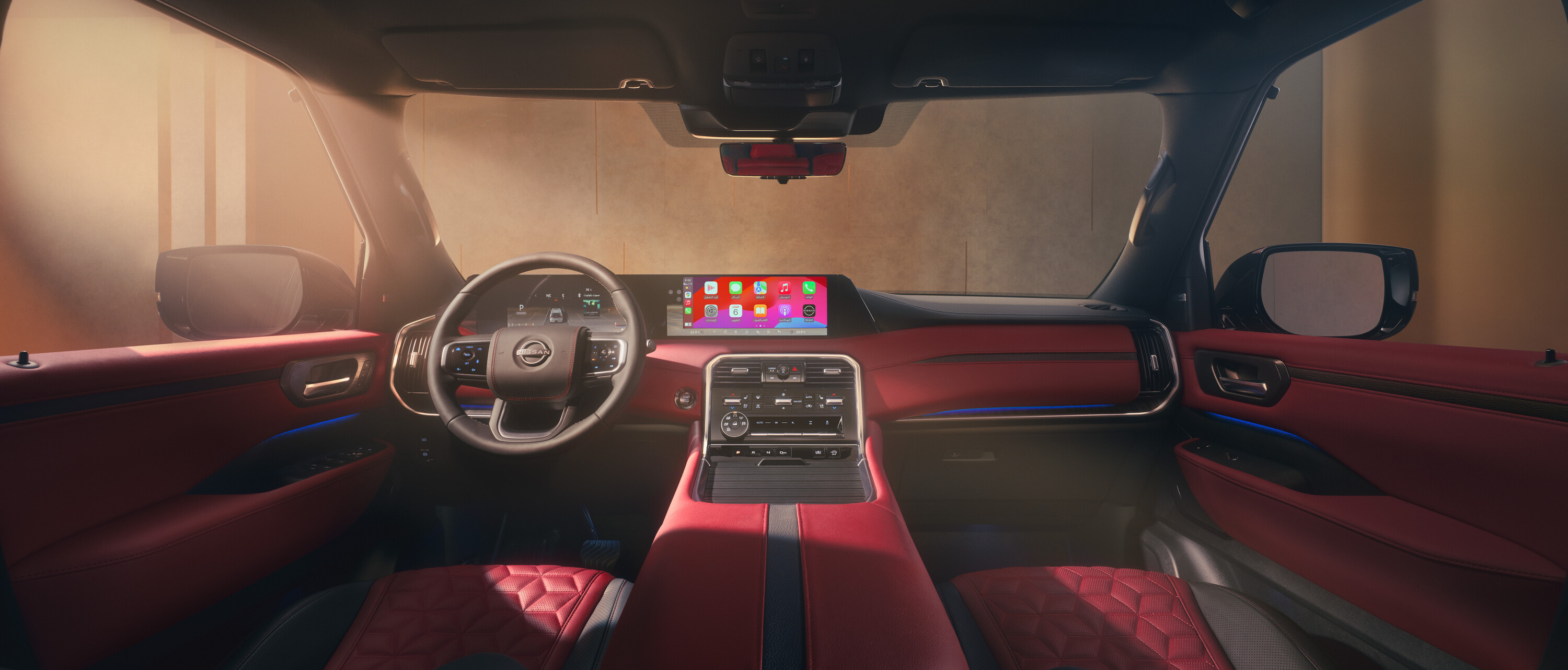
A cornerstone of the spacious interior is a 28.6-inch horizontal Monolith display, featuring twin 14.3-inch screens, on the front dash. Rear passengers aren’t neglected either, with the rear seats sporting dual 12.8-inch touchscreens. Sound booms through the cabin (select models only) courtesy of a 12-speaker Klipsch Premium Audio system.
Other key interior features include a combined nine litres of storage across the glove and console box; Biometric Cooling tech, that can detect body temperatures and adjust settings accordingly; clever EZ flex seats, which allows access to the third row without removing a child seat; a third-row power-fold function, which can fold and return the third-row seats via a touchscreen control; USB Type-C ports in every row; a wireless phone charger pad in the front centre console; and a panoramic sunroof is standard across the range.
The new-look Y63 Patrol features a wider V-motion grille, flanked by Double C-shaped headlights embedded with Adaptive Driving Beam (ADB) technology. The rear-end features a full-width light bar, while the Patrol can be optioned with 22-inch wheels.
A neat addition are the puddle lamps, which illuminate the Patrol silhouette in the desert, and the text “Since 1951” signifying the vehicle’s long production history of more than 70 years.
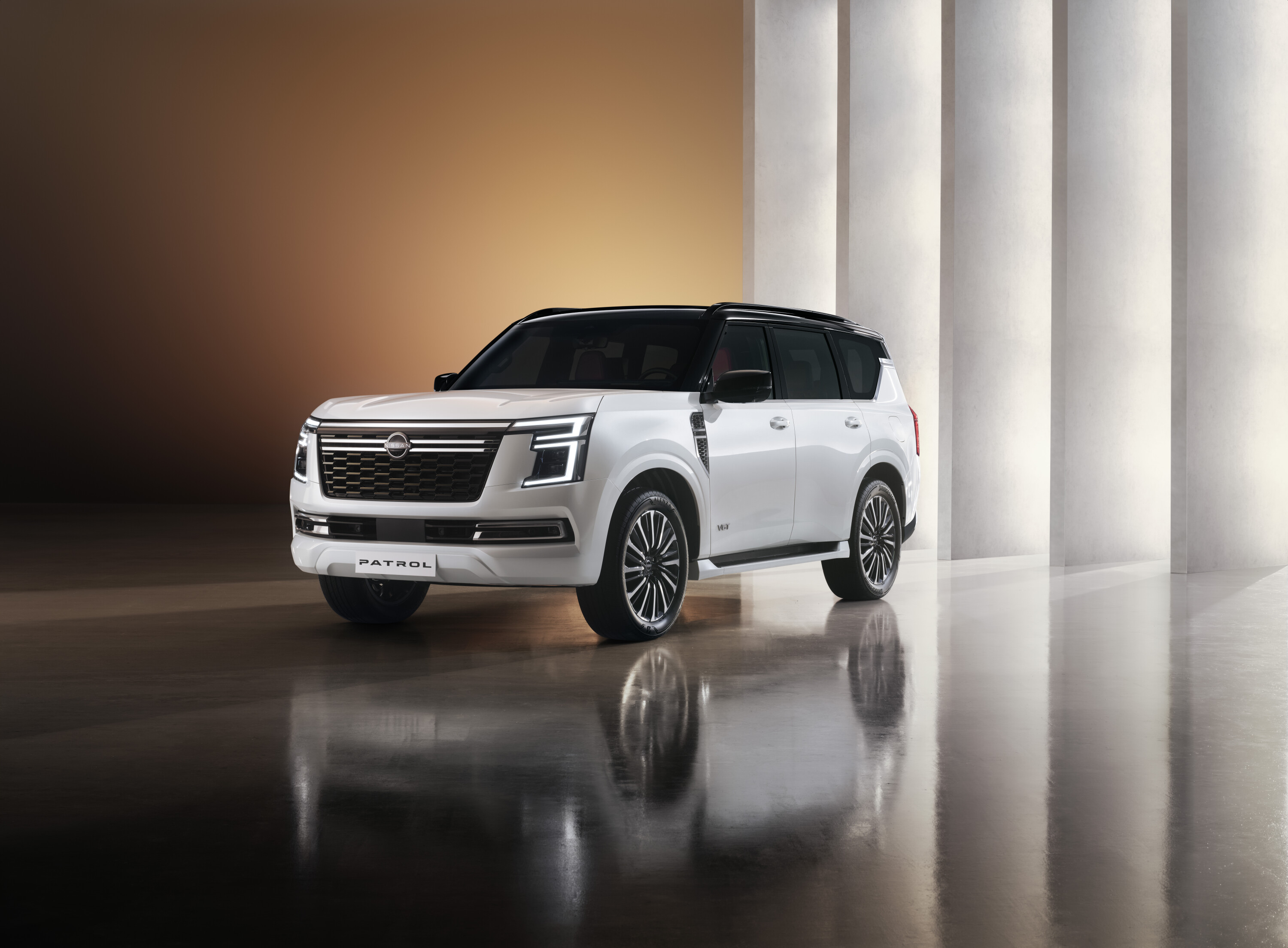
“The all-new Nissan Patrol projects strength, poise and confidence. We have worked hard to ensure that it continues to be instantly recognisable globally as the icon of premium off-road adventure,” said Alfonso Albaisa, Senior Vice President for global design at Nissan.
“Its new design carries the heritage of six generations of unmatched all-wheel drive capability, comfort and prestige. It raises the bar in terms of attention to detail, materials and fit and finish. Customers who love effortless exploration will immediately fall in love with the new Patrol,” Albaisa added.
Further details including exact measurements and specifications will be revealed closer to the Patrol’s local launch.
At the forefront of Nissan’s safety suite is ProPILOT technology, which will make its debut in the Patrol. Nissan says the tech blends adaptive cruise control with lane-keeping assistance; and it “leverages navigation data to adjust vehicle speed for curves and interchanges”.
A Panorama View function, with its ‘Ultra-Wide’ and ‘Invisible Hood’ views, will aid off-road pursuits. By utilising cameras and technology to project real-time images and obstacles, the Ultra-Wide view expands the field of vision to 170 degrees; while Invisible Hood – similar to Land Rover’s – provides a view of the area directly beneath the bonnet, making it ideal for ascending steep crests.
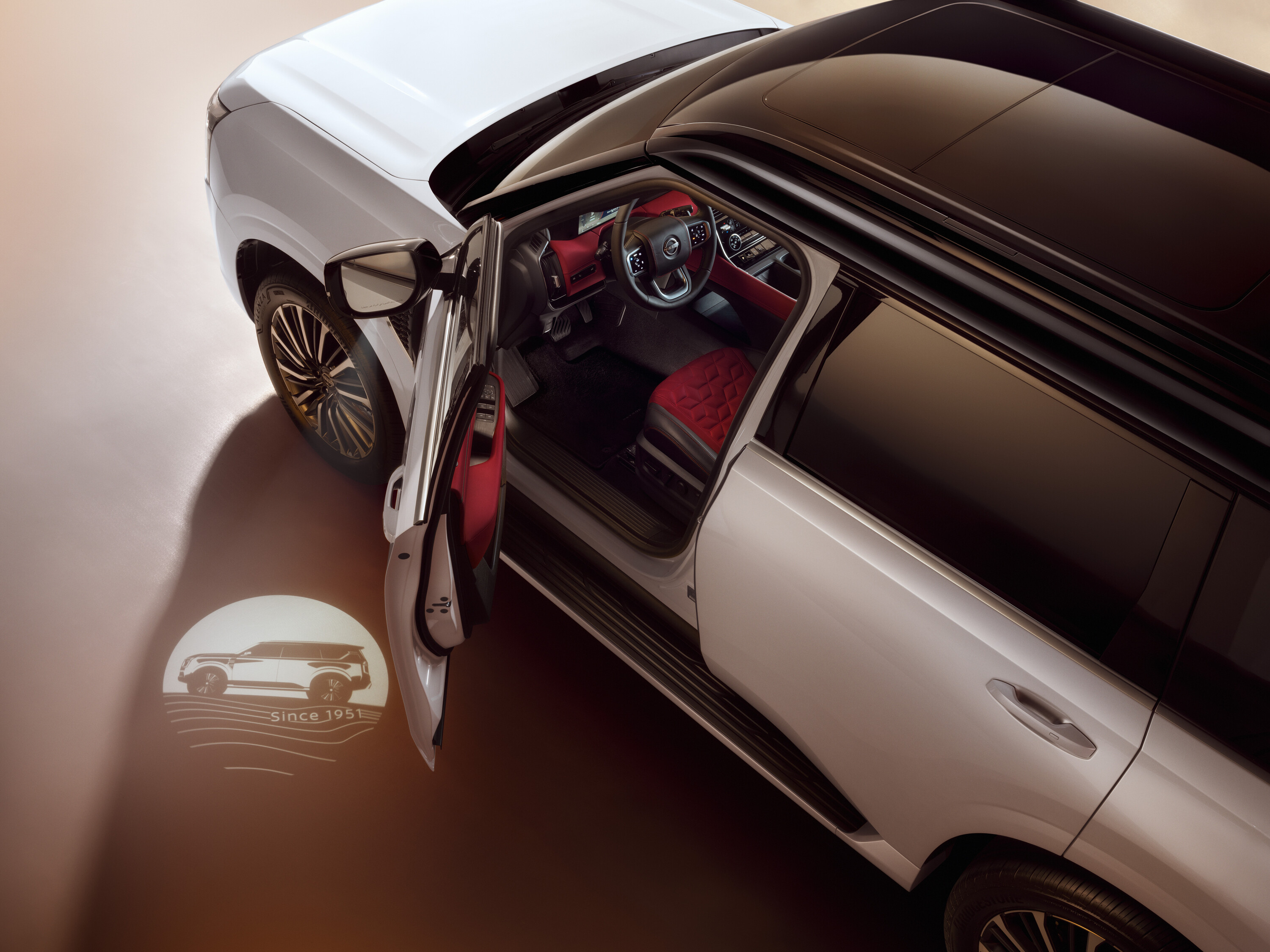
The Y63 Patrol is also equipped with seven airbags (driver’s knee airbags included); a 3D Around View Monitor; Smart Rear View Mirror; Rear Zoom View; Automatic Emergency Braking with Pedestrian Detection, Predictive Forward Collision Warning; and Rear Automatic Emergency Braking. A new body structure with increased use of high-strength steel is said to improve frontal crash and pedestrian protection.
“This latest model captures the true spirit of what makes this iconic nameplate legendary – an enduring legacy of deep connections built over decades of shared experiences and memorable journeys across diverse terrains,” said Thierry Sabbagh, Divisional Vice President, President Middle East, KSA – Nissan, INFINITI.
“It reflects Nissan’s dedication to creating automotive experiences that resonate with our customers – and we are proud to present this next chapter in the Patrol’s remarkable journey,” Sabbagh added.
GMSV in collaboration with remanufacturing partner, Premoso Engineering, completed a 14-day testing schedule that included a 7800km return trip from Melbourne to Cairns. The team included six Premoso and two GMSV engineers.
“Leg one included 1200km of dirt roads and corrugated driving and total distance was 4200km. Our longest day saw the team drive the entirety of New South Wales, from the southern to the northern border,” said Trevor Barallon, Chief Engineer at Premoso Australia.
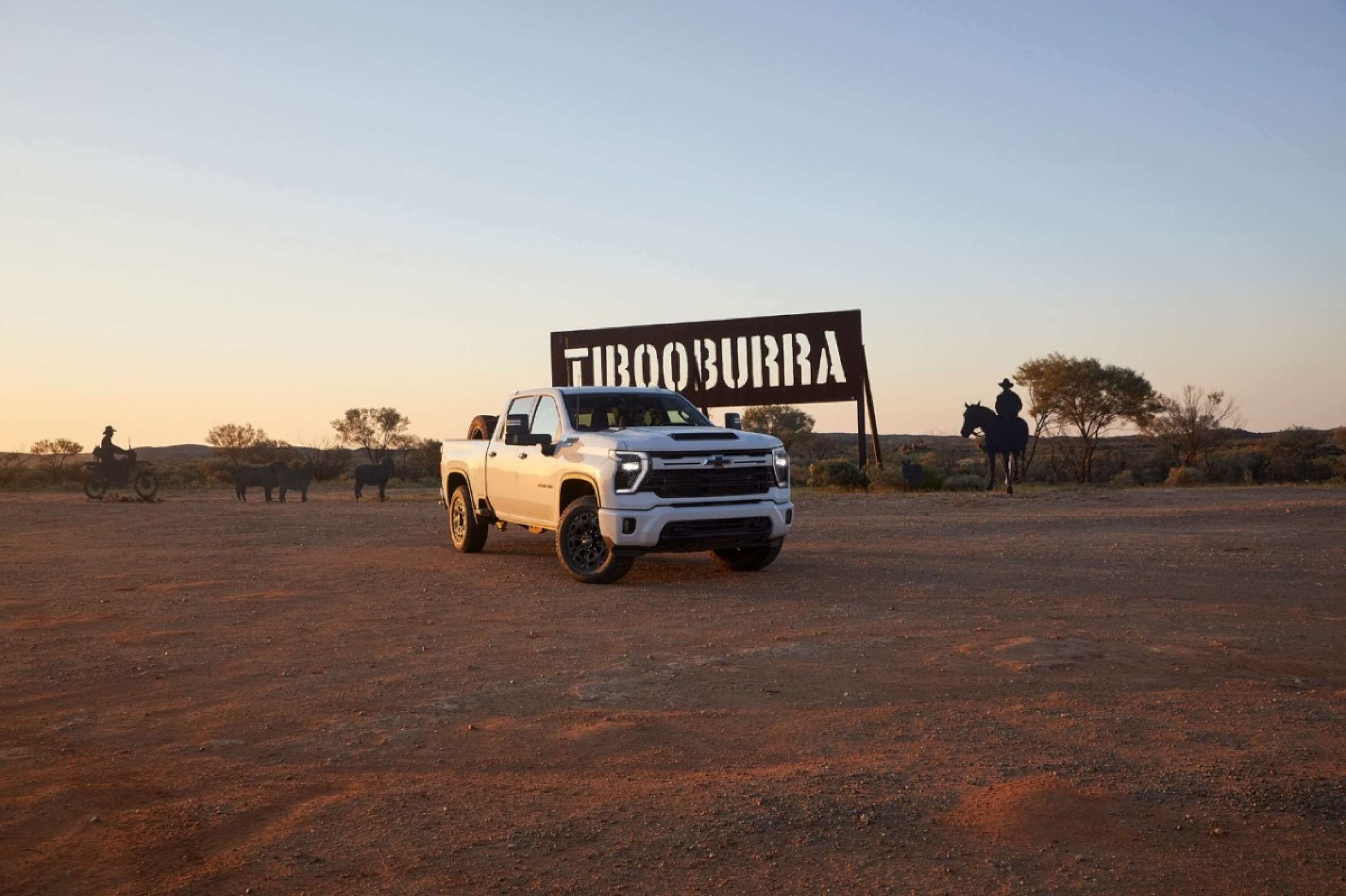
A number of specific validation activities were conducted by the team. These included powertrain diagnostic performance; verification of right-hand drive pilot vehicle assembly; noise and vibration assessment; ride and handling, including stability while towing on varied road surfaces; overall vehicle performance; adBlue consumption; and local calibrations for HVAC performance, infotainment, lane keep assist, and adaptive cruise control (with and without a trailer).
“New model certification testing includes 15,500km of accelerated rough track durability and an additional in-country validation test trip including maximum towing conditions of approximately 15,000km involving two vehicles,” said Barallon. “All up, more than 10 vehicles were involved in the engineering development fleet and the cumulative mileage exceeded 150,000km.”
At a fraction over $160,000, the 2024 Silverado 2500 isn’t cheap, but it does get revised front-end styling, a new dash layout and a stonking 350kW/1322Nm diesel V8 engine. Read our full review here ?
It launched with four familiar variants – GLX, GLX+, GLS and top-spec GSR – in club- or dual-cab configurations, with a six-speed automatic transmission standard across the board. However, the line-up is expected to expand with the addition of a manual transmission and an array of cab-chassis variants.
The bigger and better Triton is powered by a more powerful 150kW/470Nm twin-turbo four-cylinder diesel engine. It gets a reimagined interior and a suite of active safety systems. Let’s take a closer look! ?
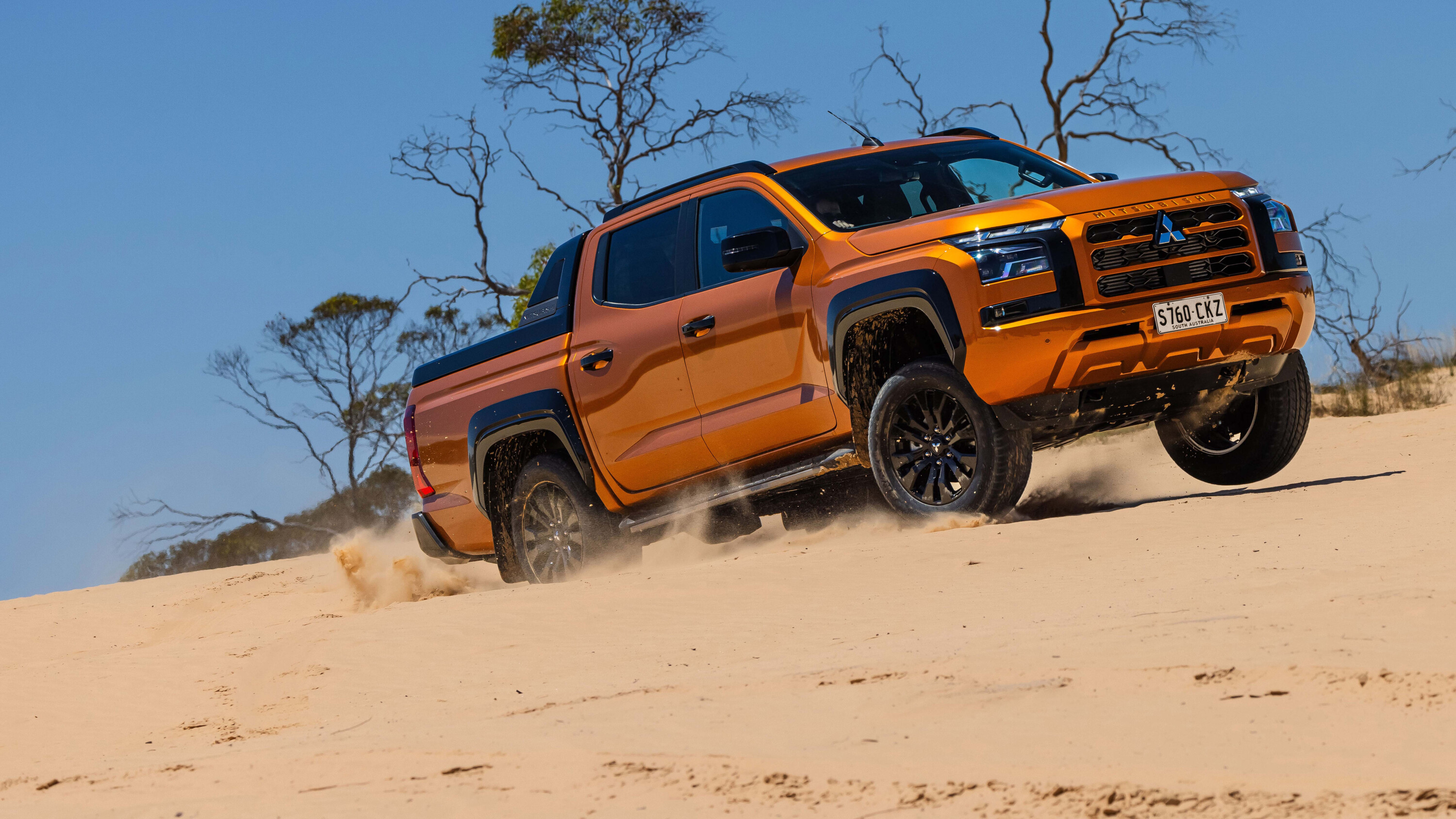
| Model | Pricing |
|---|---|
| GLX 4×2 dual-cab pick-up | $43,690 |
| GLX+ 4×4 club-cab pick-up | $50,340 |
| GLX 4×4 dual-cab pick-up | $50,940 |
| GLX+ 4×4 dual-cab pick-up | $53,290 |
| GLS 4×4 dual-cab pick-up | $59,090 |
| GLS Leather 4×4 dual-cab pick-up | $60,590 |
| GSR 4×4 dual-cab pick-up | $63,840 |
Mitsubishi Australia initially released the current Triton with one club-cab (GLX+) and six dual-cab pick-ups. The base-spec GLX is the only vehicle currently available with the option of 4×2; the rest of the models are all 4×4. All vehicles run an automatic transmission.
However, Mitsubishi has confirmed the line-up is set to expand with the addition of a manual transmission option and a selection of single-cab and cab-chassis variants.
| 2024 Mitsubishi Triton GLX features | |
|---|---|
| 17-inch steel wheels | Driveru2019s seat power lumbar support |
| 9-inch infotainment system | Vinyl flooring |
| Wireless Apple CarPlay | Manual air conditioning |
| Wired Android Auto | Two front USB ports (USB-A, USB-C) |
| Built-in satellite navigation | Two rear USB ports u2013 dual-cab only (USB-A, USB-C) |
| Four-speaker audio system | Seat back pocket including phone and tablet storage u2013 dual-cab only |
| 7-inch semi-digital instrument cluster | Front and rear parking sensors |
| Halogen exterior lighting | Rear-view camera |
| Black cloth upholsteryu00a0 | Tyre pressure monitoring |
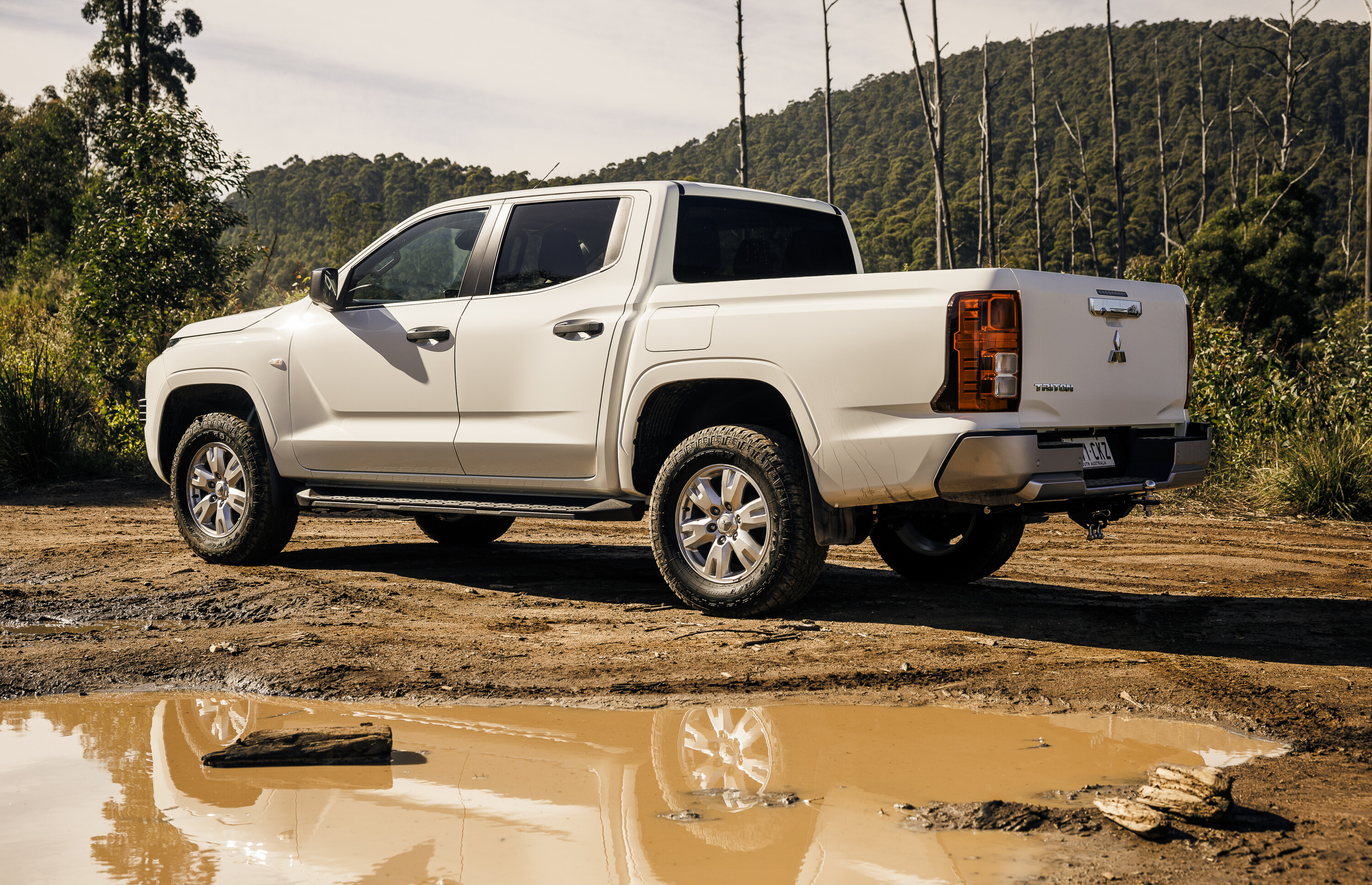
| In addition to GLX | |
|---|---|
| 17-inch alloy wheels | Front fog lamps |
| Rear differential lock | Rear privacy glass |
| DAB+ digital radio | Reverse autonomous emergency braking |
| Side steps | 360-degree camera system |
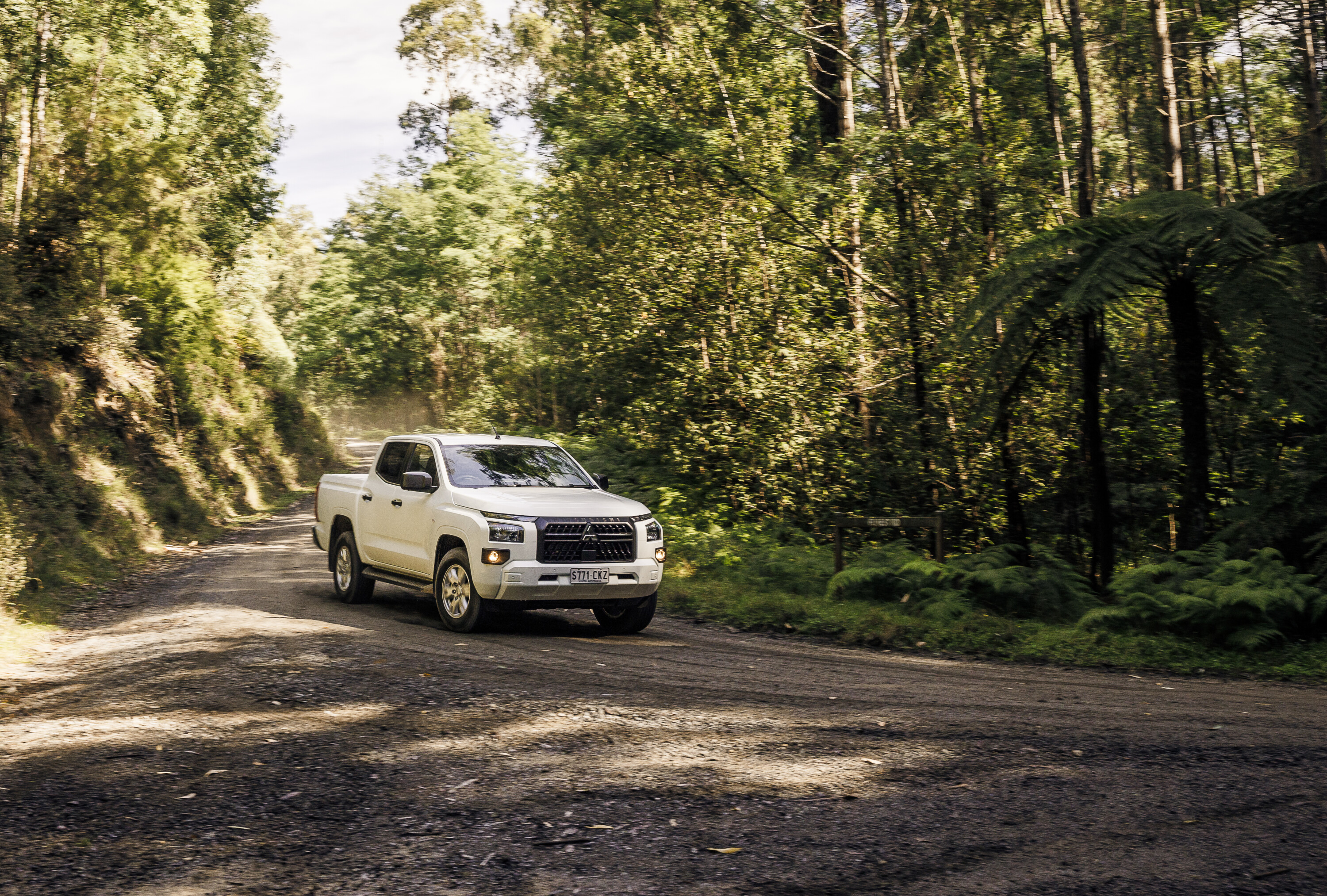
| In addition to GLX+ | |
|---|---|
| 18-inch alloy wheels | Wireless phone charger |
| Super Select II 4WD system with 2H, 4H, 4HLc and 4LLC | Tray bed liner |
| Standard-duty rear suspension | Heated, electrically-adjusted side mirrors with LED indicators |
| LED exterior lighting | Mitsubishi-embossed gloss black grille |
| Dual-zone climate control | Terrain control |
| Keyless entry and push-button start | Hill descent control |
| Auto-dimming rear-view mirror | Soft-padded interior surfaces with silver accented stitching |
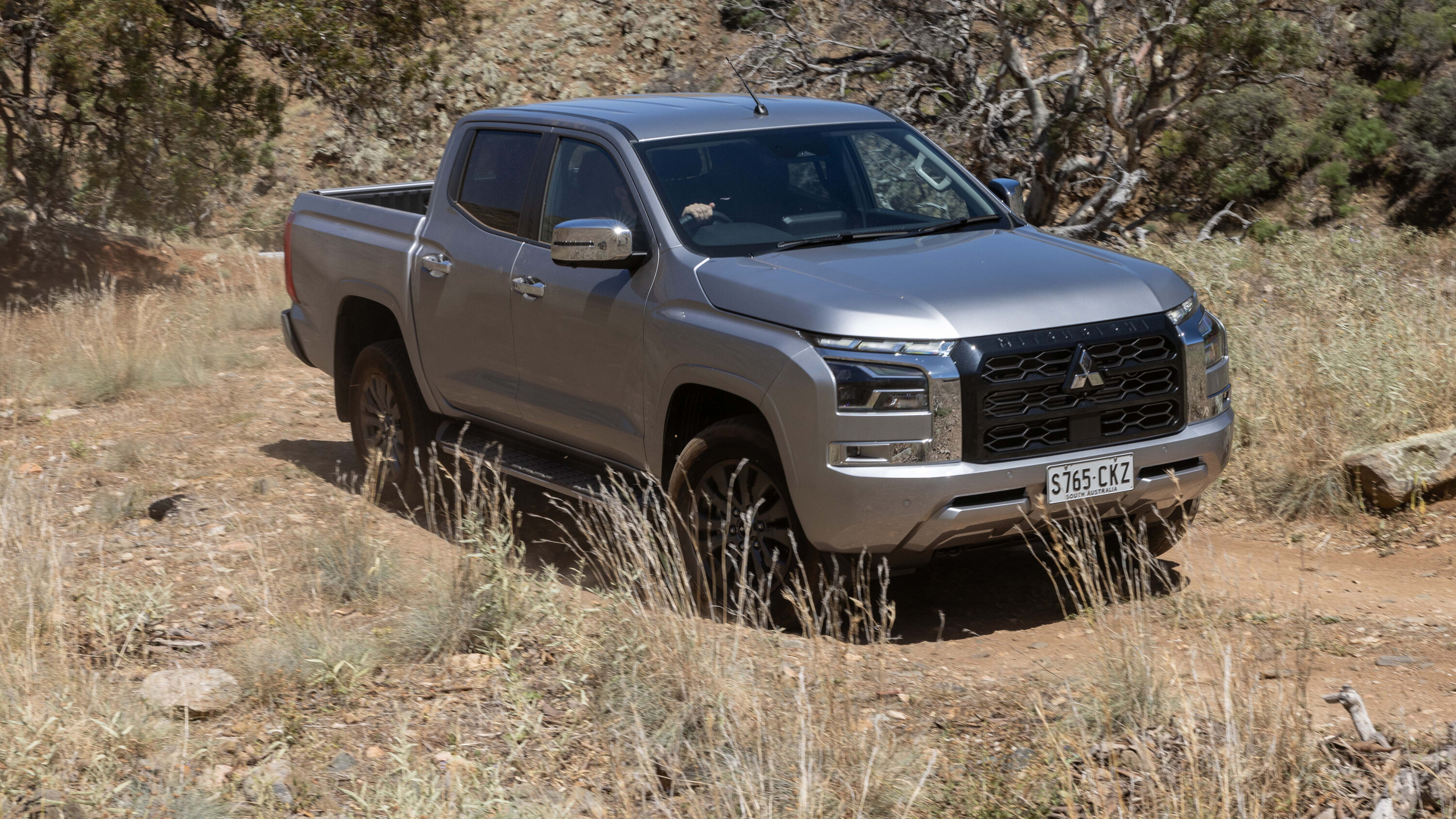
| In addition to GLS | |
|---|---|
| Black leather upholstery | Power-adjustable driveru2019s seat |
| Heated front seats | |
| In addition to GLS Leather | |
|---|---|
| 18-inch alloy wheels (black) | Roof rails |
| Leather upholstery with orange stitching | GSR-specific carpet floor mats |
| Body-coloured grille | Two dash-mounted cup holders |
| Wheel arch moulding | u2018Dark titaniumu2019 interior accents |
| Styling bar | |
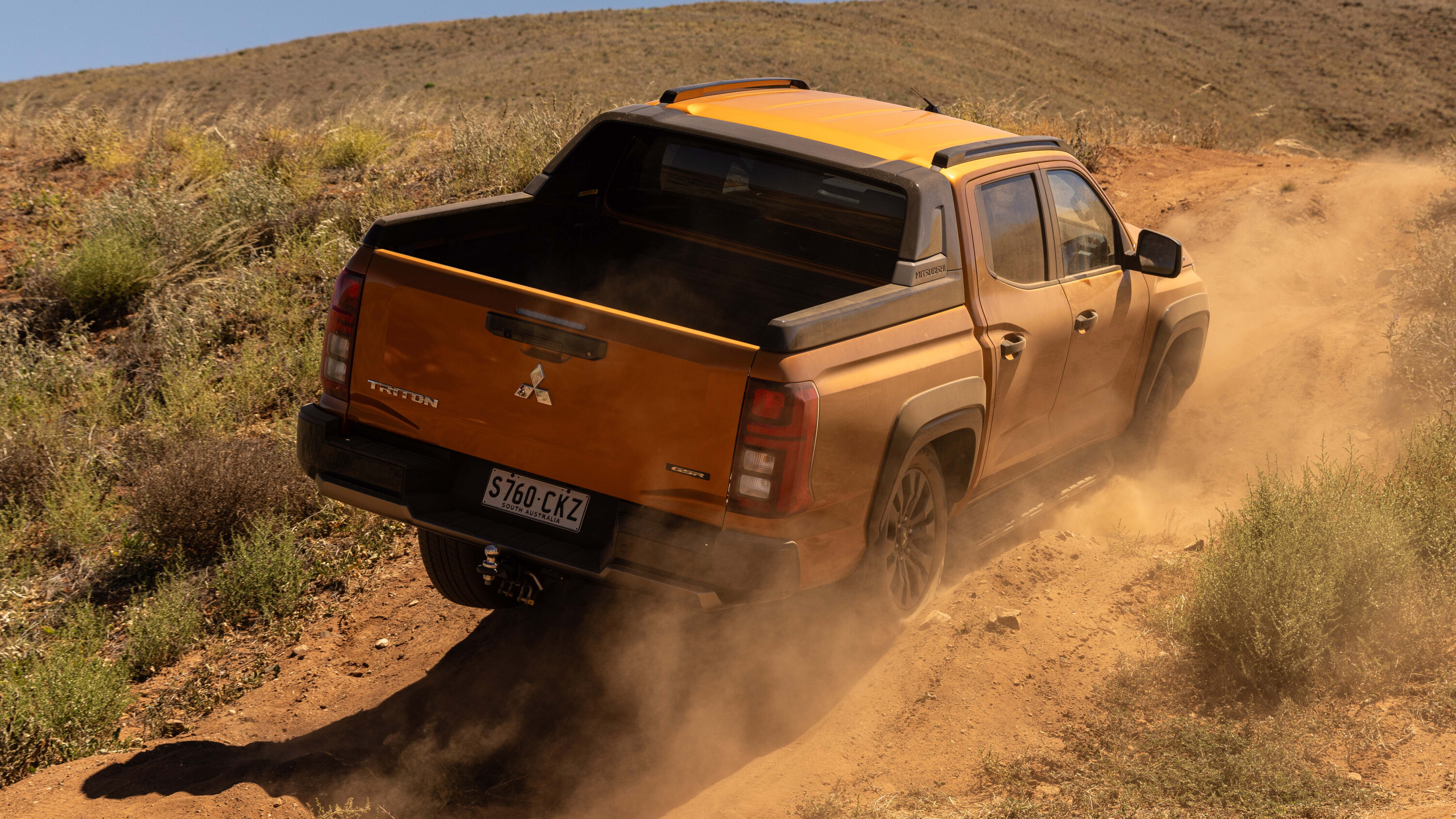
ANCAP gave the Triton scores of 86 per cent for adult occupant protection; 89 per cent for child occupant protection; 74 per cent for vulnerable road user protection; and 70 per cent for Safety Assist.
ANCAP noted that while the Triton’s Autonomous Emergency Braking (AEB) system can detect and respond to other vehicles, pedestrians, cyclist and motorcyclists, it doesn’t have the capability of more advanced AEB systems to avoid a crash at a T-bone intersection or a head-on collision.
The Mitsubishi Triton has eight airbags including: dual front, side chest, side head, centre and one for the driver’s knee. The five-star result applies to all 2WD and 4WD dual-cabs variants on sale in Australia.
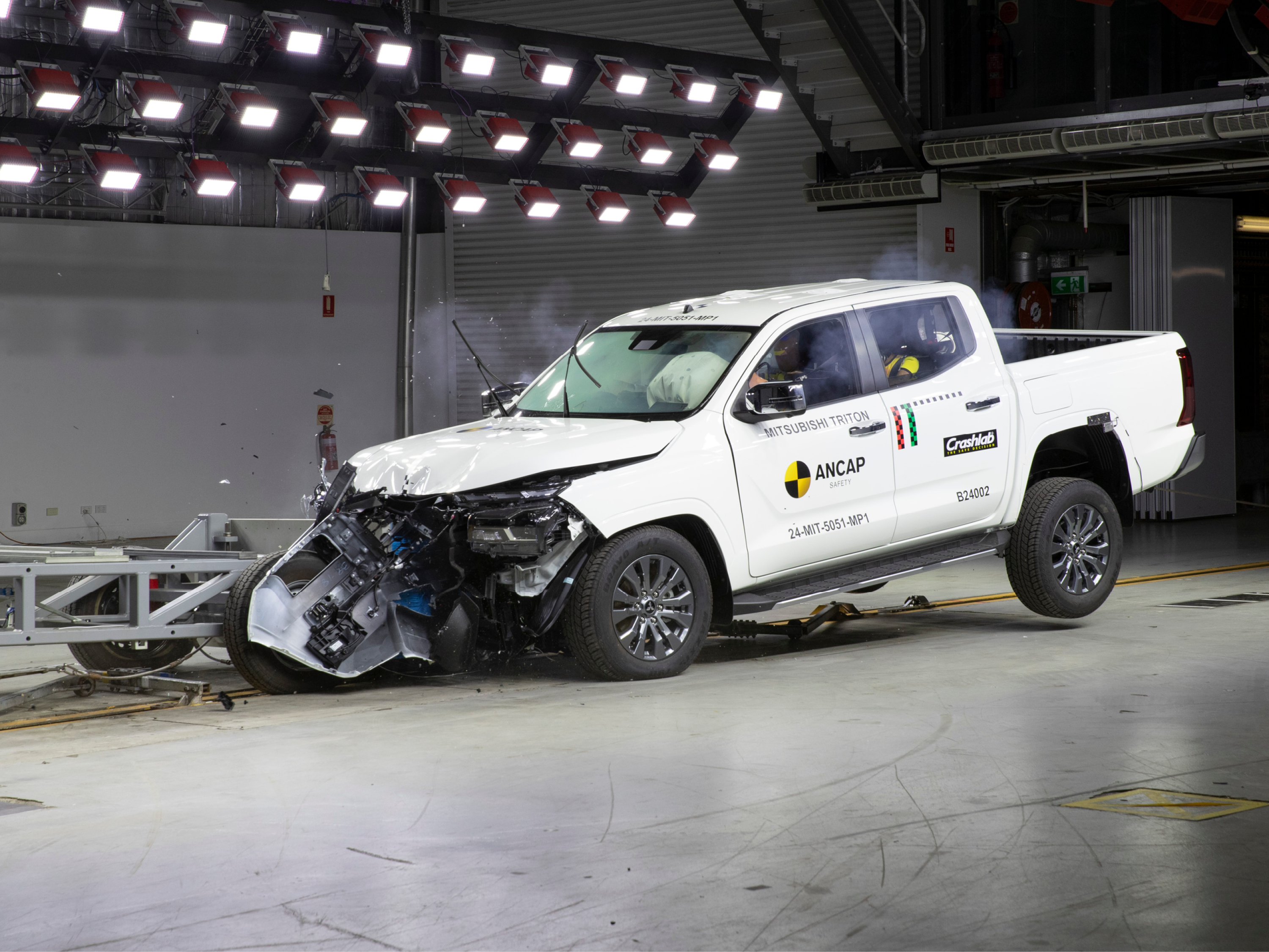
| 2024 Mitsubishi Triton active safety features | |
|---|---|
| Autonomous emergency braking (vehicle, pedestrian, cyclist, junction-turning) | Driver monitoring camera |
| Lane-keep assist | Driver attention alert |
| Lane departure warning | Multi-collision braking |
| Lane change assist | Traffic sign recognition |
| Blind-spot alert | Intelligent speed limit assist |
| Front and rear cross-traffic alerts | Automatic high beam |
| Adaptive cruise control | |
The base-spec GLX and GLX+ variants are equipped with a 9-inch infotainment system that features Apple CarPlay and Android Auto (only CarPlay is wireless); two front and two rear USB ports (A and C) for dual-cab models; vinyl flooring; cloth seating; and ample storage bins and pockets.
Step up to the GLS and the interior benefits from dual-zone climate control; LED lighting; an auto-dimming rear-view mirror; keyless entry and push-button start; a wireless phone charger; and soft-padded interior surfaces with silver-accented stitching. Plus the tray is no longer naked and comes equipped with a bed liner. A GLS Leather model, rather unsurprisingly, adds black leather upholstery, heated fronts, and a power-adjustable driver’s seat.
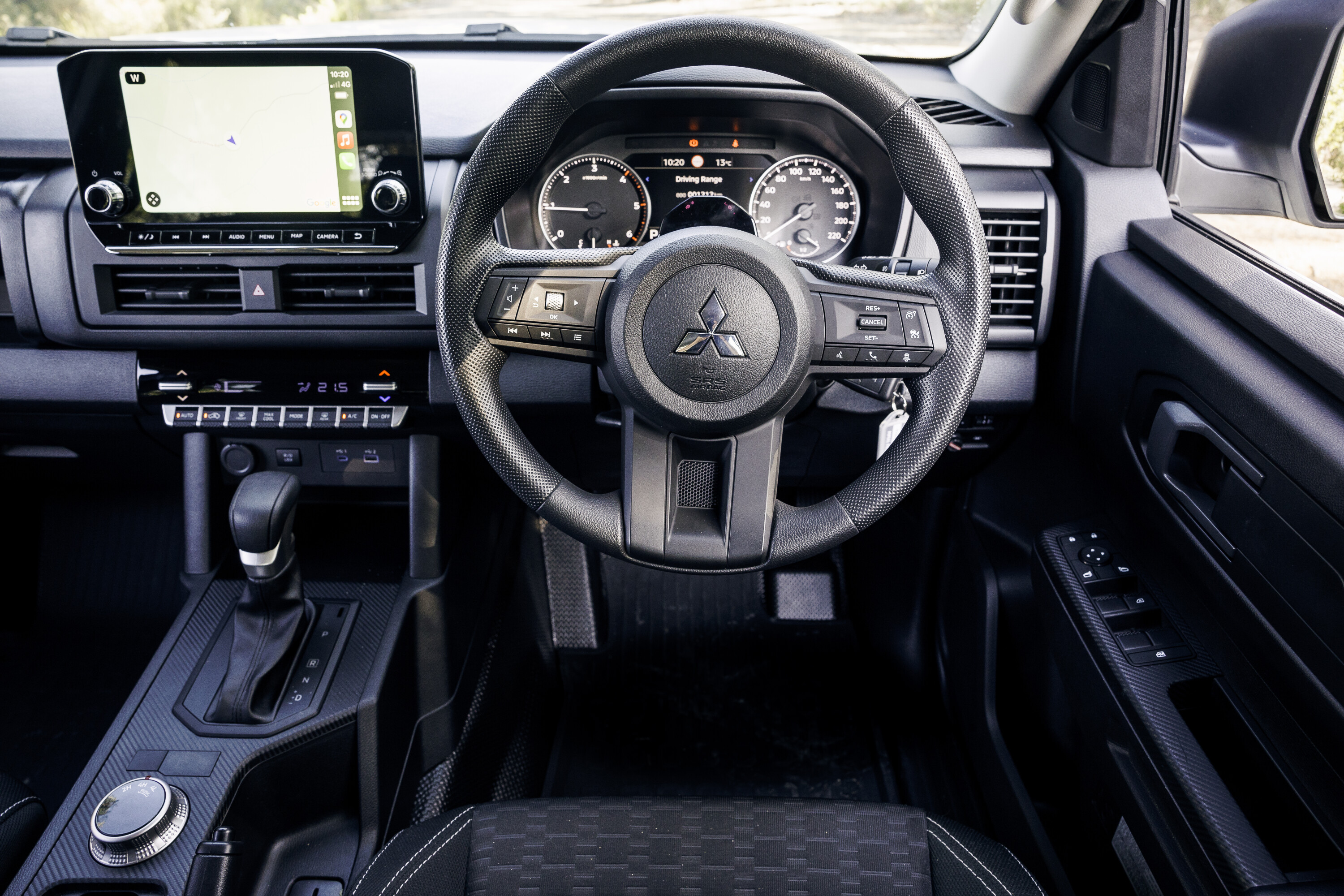
Upgrading to a top-spec GSR gets the buyers a few more interior goodies including leather upholstery with orange stitching; GSR-specific carpet floor mats, two dash-mounted cupholders, and dark titanium accents throughout the cabin.
The cloth upholstery (available in GLX and GLS trims) is comfortable, but the leather (offered in GLS leather and GSR trims) is not only easier to clean but also adds a touch of class.
The new Triton matches competitors with a 3500kg braked towing capacity and proves its workhorse credentials with the GSR model offering a 1030kg payload. All models have space for a single 1200x800mm Euro pallet in the bed. Practical features include spray-in bed liners, four tie-down points, and sports bars.
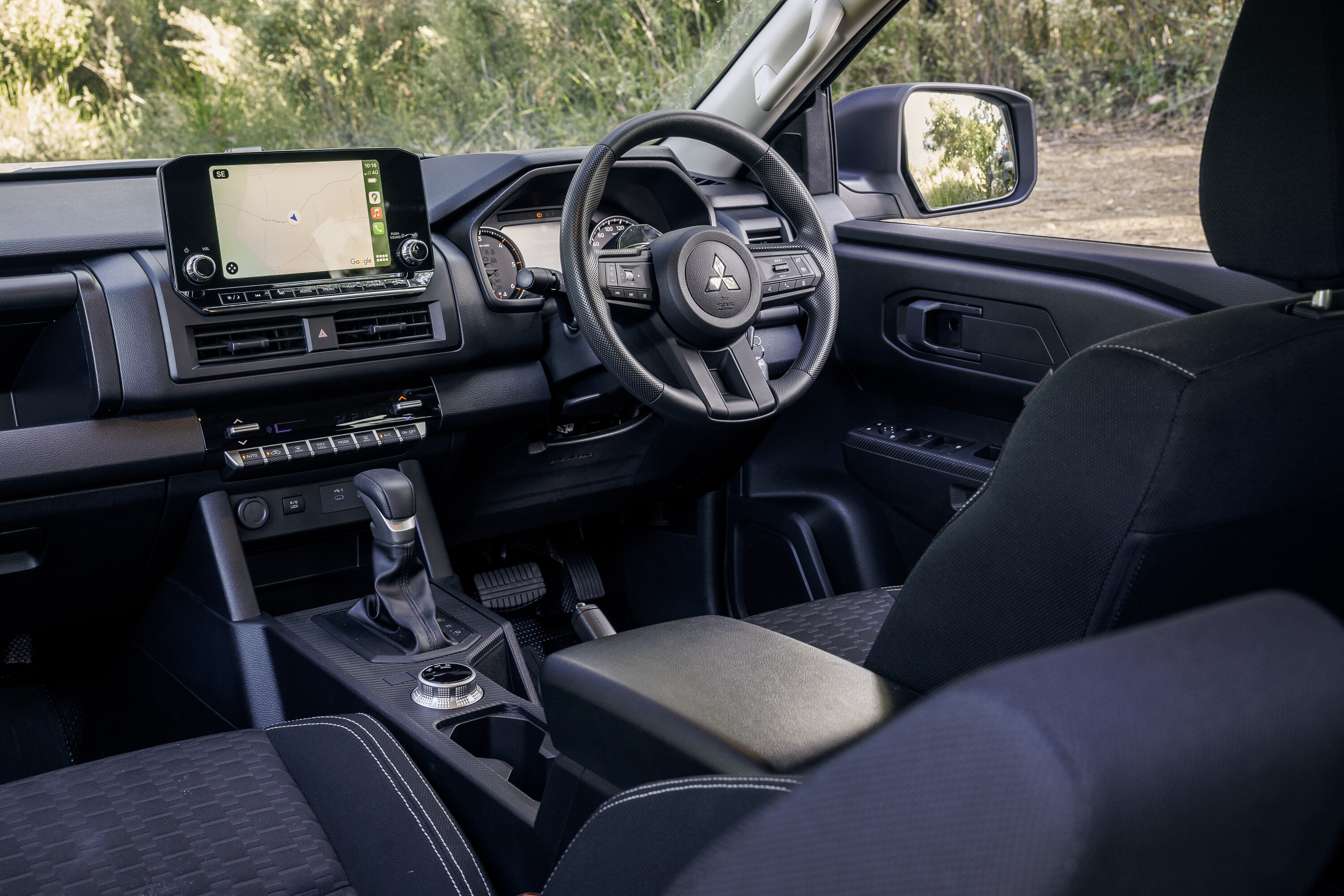
A new rear axle location also improves its load-lugging ability, while the load height is now 45mm lower at 820mm. Plus, the bumper has a flattened grip-taped area atop it to stand on when loading objects. The wheelbase now also extends beyond 3000mm to 3130mm, improving occupant space.
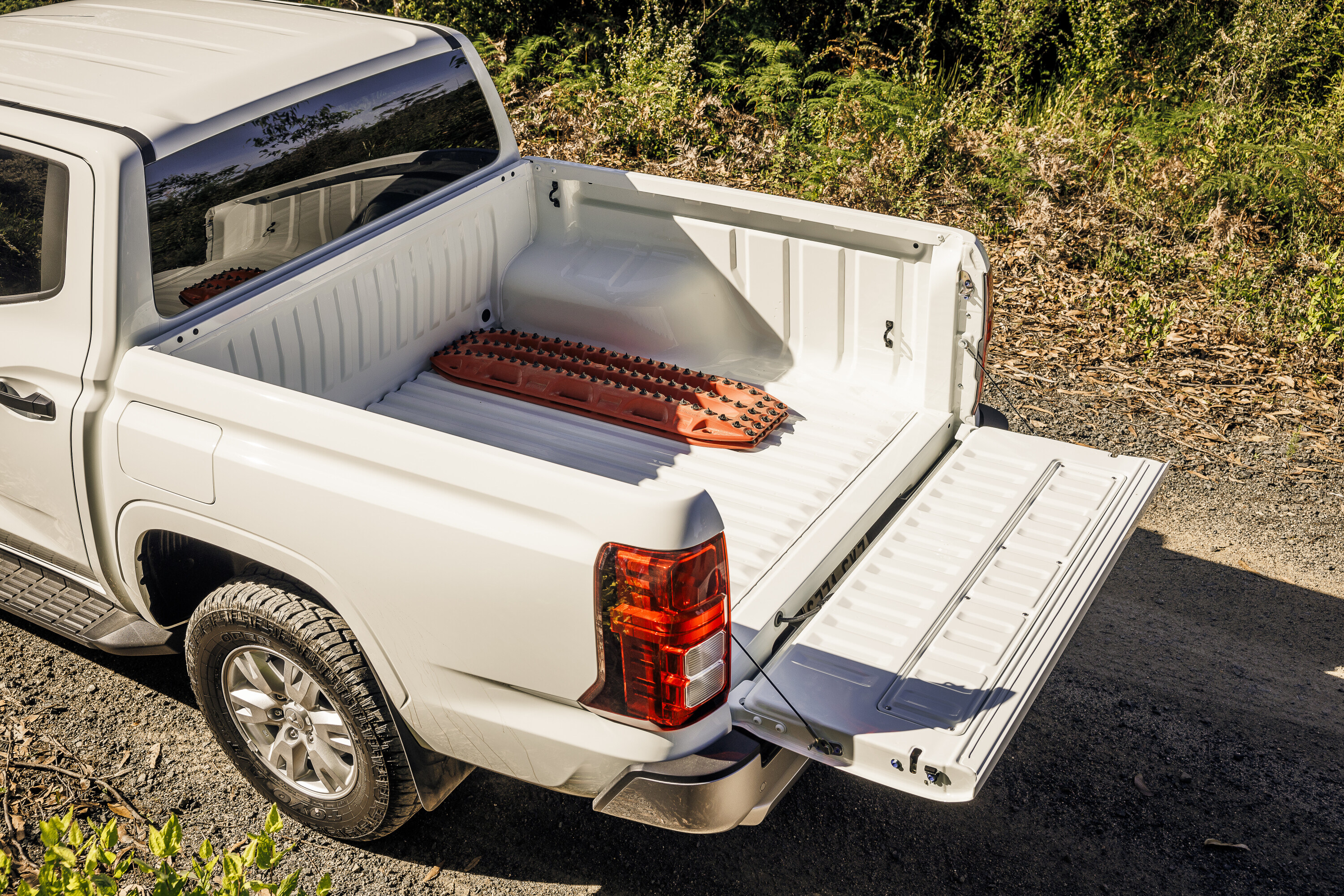
The Triton’s 2.4-litre diesel engine offers smooth performance, though its torque is slightly less than the Ranger’s. The Triton’s twin-turbo system ensures strong torque from 1500rpm to 2750rpm, enhancing its responsiveness. An idle-stop system is included to save fuel, but our reviewers have stated that it can operate roughly, affecting the driving experience.
The Triton’s engine is somewhat noisy compared to competitors, and the six-speed automatic transmission can be overly aggressive in its shift patterns. The part-time 4×4 system in the GLX works well, but the full-time 4×4 system in GLS and GSR models offers additional convenience.
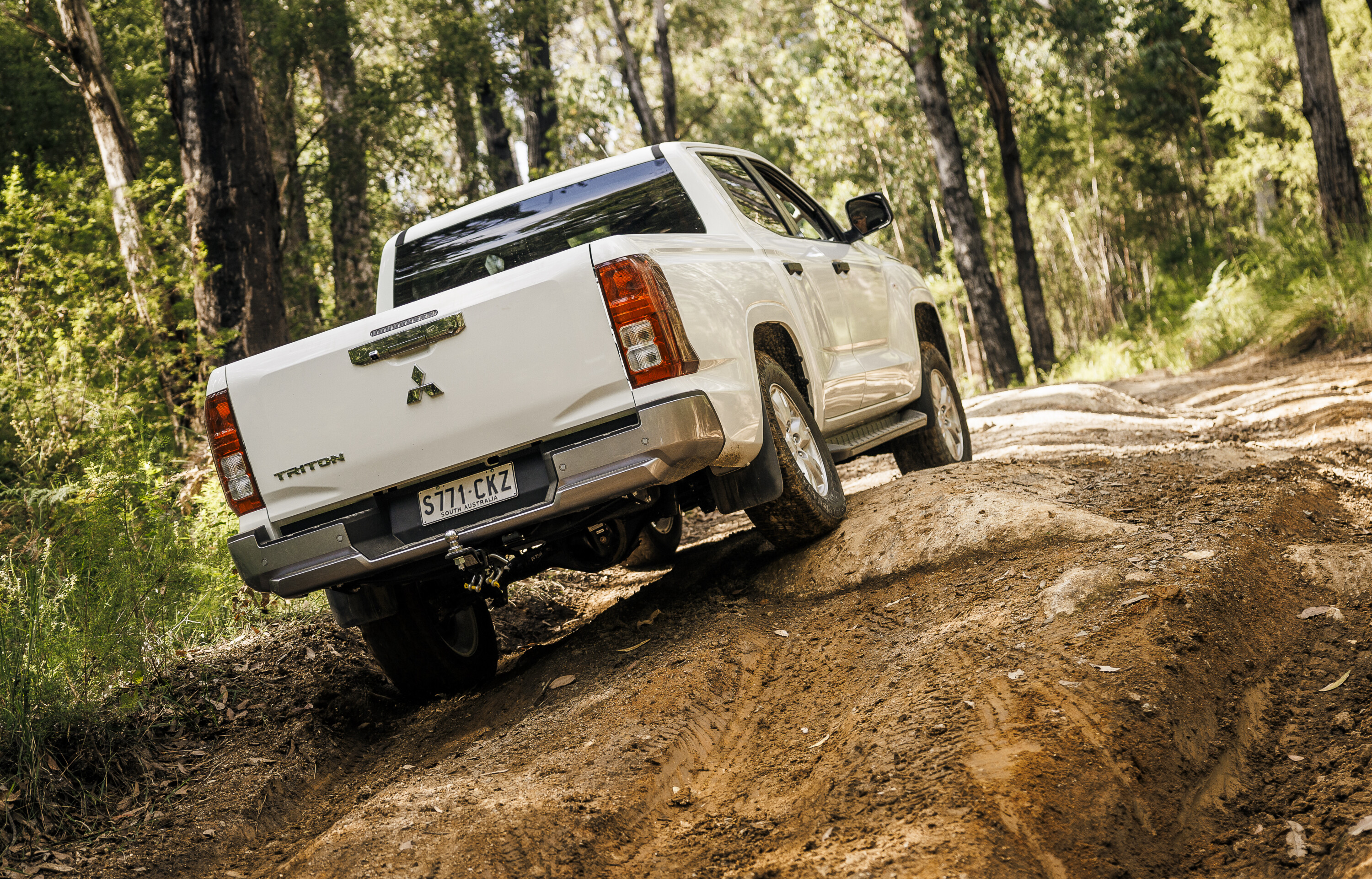
The Triton’s ride quality is commendable on hilly terrain. Its 3.3-turn lock-to-lock electric power steering proves effective, providing light handling at low speeds and stable control at higher speeds. Despite the rear drum brakes, braking performance is also satisfactory.
The Triton also handles off-road conditions well, with the traction control system managing moderate moguls without needing the rear diff lock. The Triton’s Super Select II 4WD system, available in GLS and GSR trims, offers permanent four-wheel drive and multiple modes (Normal, Eco, Gravel, Snow, Mud, Sand, and Rock), adapting the vehicle to different terrains.
The new Triton features an updated suspension, including larger dampers and a revised rear leaf spring setup, tailored for Australian conditions, and comparisons with fifth-gen Tritons showed noticeable improvements. The GLX and GLX+ models have heavier rear leaf springs for load-carrying, while higher trims offer a softer ride.
The new Triton gets a six-speed torque converter automatic transmission, but a six-speed manual – with a new cable linkage to improve NVH suppression and lighten the shift – is slated for an arrival by the end of 2024.
Lower-spec GLX and GLX+ models feature Mitsubishi’s Easy Select 4WD system, while the upper-spec GLS and GSR get the more premium Super Select II system that allows the vehicle to be driven in 4H on all surfaces.
The 2.4-litre twin-turbo diesel (4×2) has a fuel economy rating of 7.5L/100km; while the 2.4-litre twin-turbo diesel (4×4) is slightly thirstier at 7.7L/100km. Both more efficient than its predecessor.
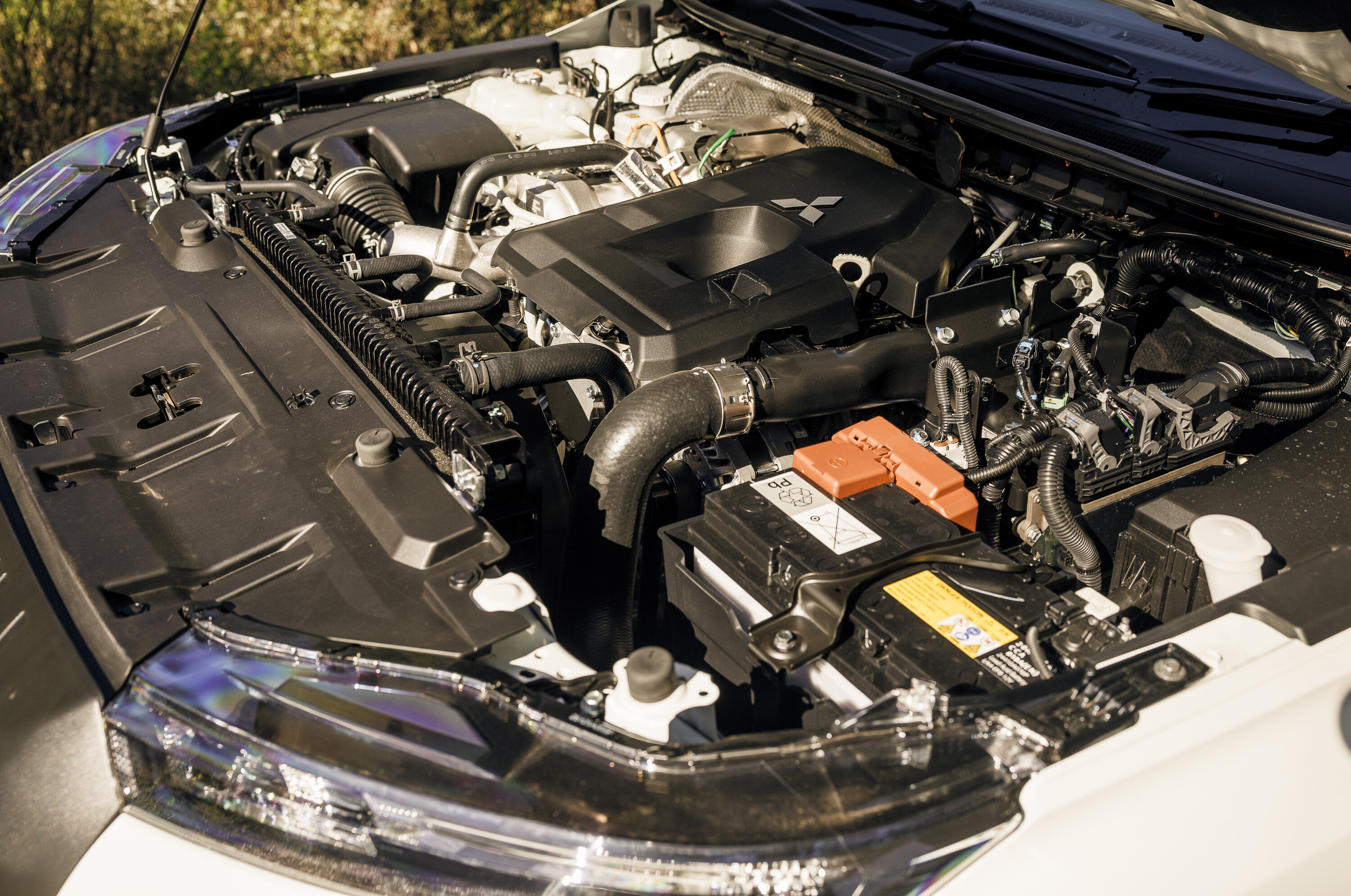
This is no longer the case, with the Triton now rated to tow a maximum of 3500kg, which is the industry standard – that’s an increase of 400kg compared to its predecessor.
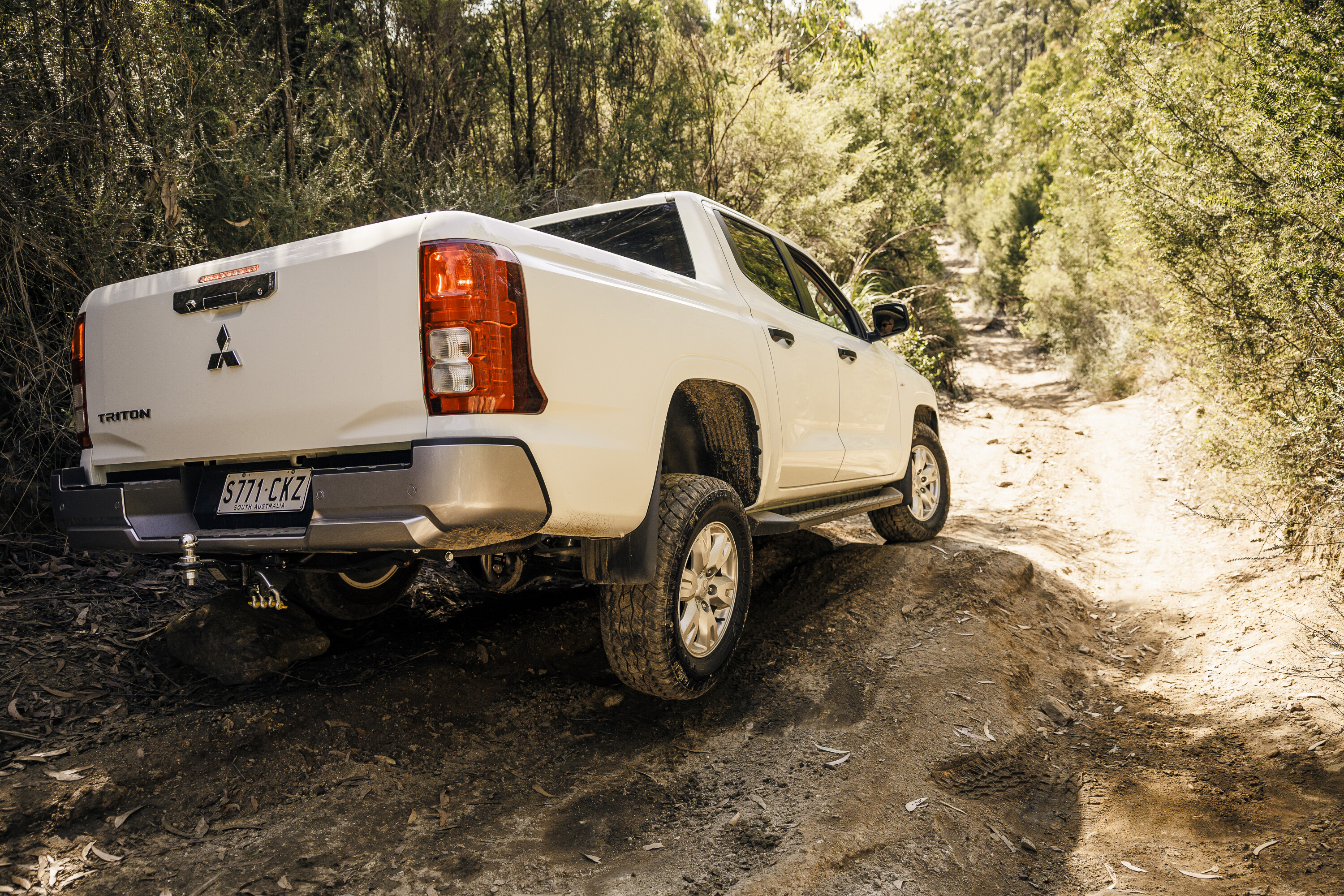
The Mitsubishi Triton comes with 15,000 km / 12-month service intervals and an industry-leading 10-year capped-price servicing scheme, with the first interval priced at $489. Prices then fluctuate between $489 and $949 for the length of the servicing program.
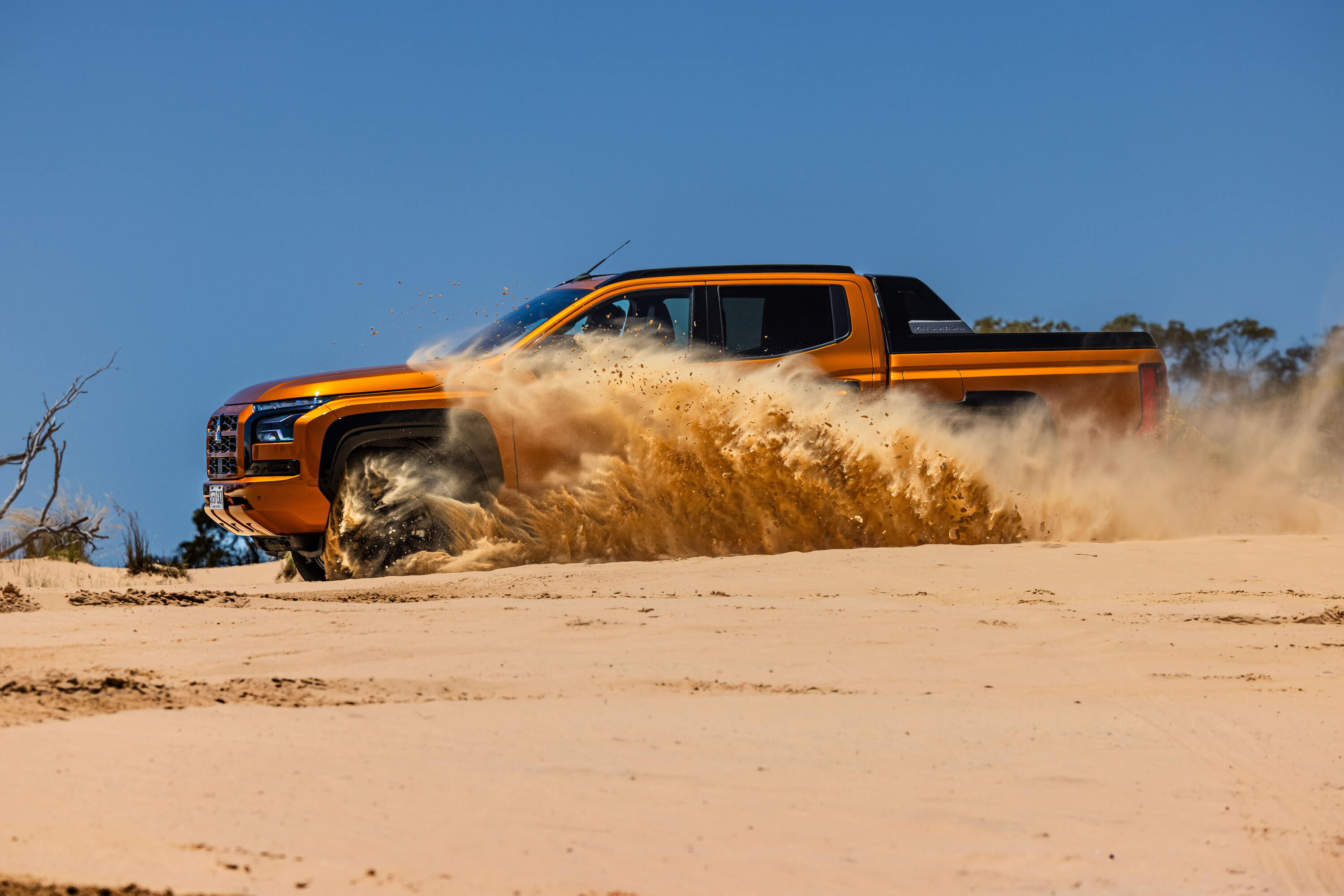
The GLX+ 4×4 dual-cab pick-up retails for $53,290, which, at about $10,000 cheaper than the GSR, makes it the sweet spot in the range.
However, it does miss out on dual-zone climate control, as well as Mitsubishi’s Super Select II which adds full-time 4×4 to the transfer case – you’ll have to make do with the more rudimentary part-time dual-range 4×4 system.
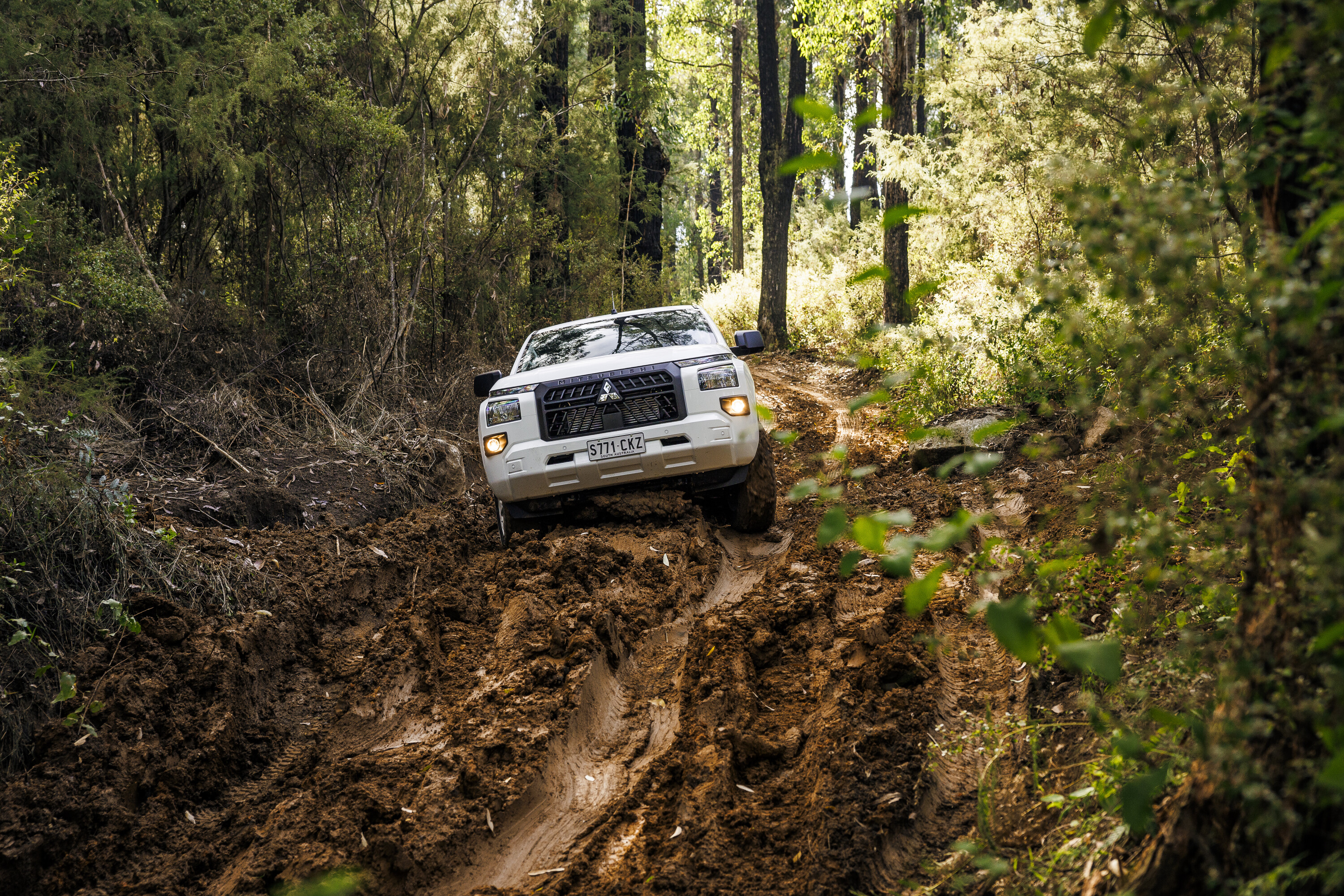
The diminutive 4×4 has been so popular that long wait times became normal if you wanted a new Jimny and Suzuki soon upped prices to match the demand.
With its cute yet boxy styling being such a hit for fans there was soon talk of expanding the range of Jimny variants from just the three-door wagon. Talk and computer-generated images of long wheelbase and ute versions of the Jimny were popping up everywhere, and the public couldn’t wait to see them happen, prompting some enthusiasts to create their own versions.
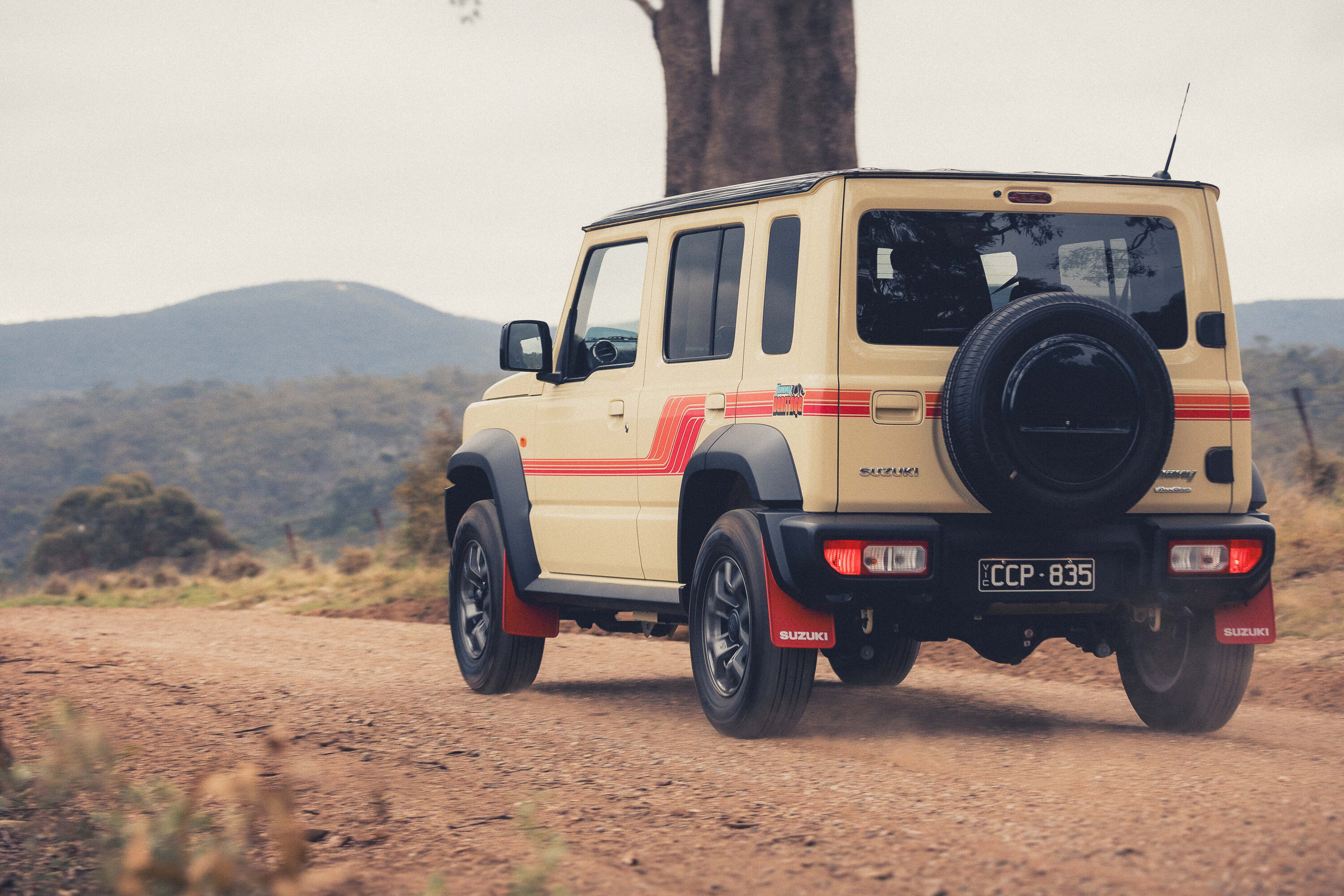
This is a five-door wagon that makes the Jimny more versatile by adding extra space for both passengers and luggage, and easier access via a second set of doors.
The XL adds 340mm to the overall length of the Jimny with the same amount between the axles to give it a 2590mm wheelbase. The Jimny XL still only has seats for four passengers but the luggage capacity behind the rear seat is up to 211-litres from just 85L in the SWB model.
For our first test of the Jimny XL we’ve scored the Heritage limited edition which adds extras including model-specific retro decals and badge, red front and rear mud flaps, luggage tray, and a Jimny Heritage merchandise pack.
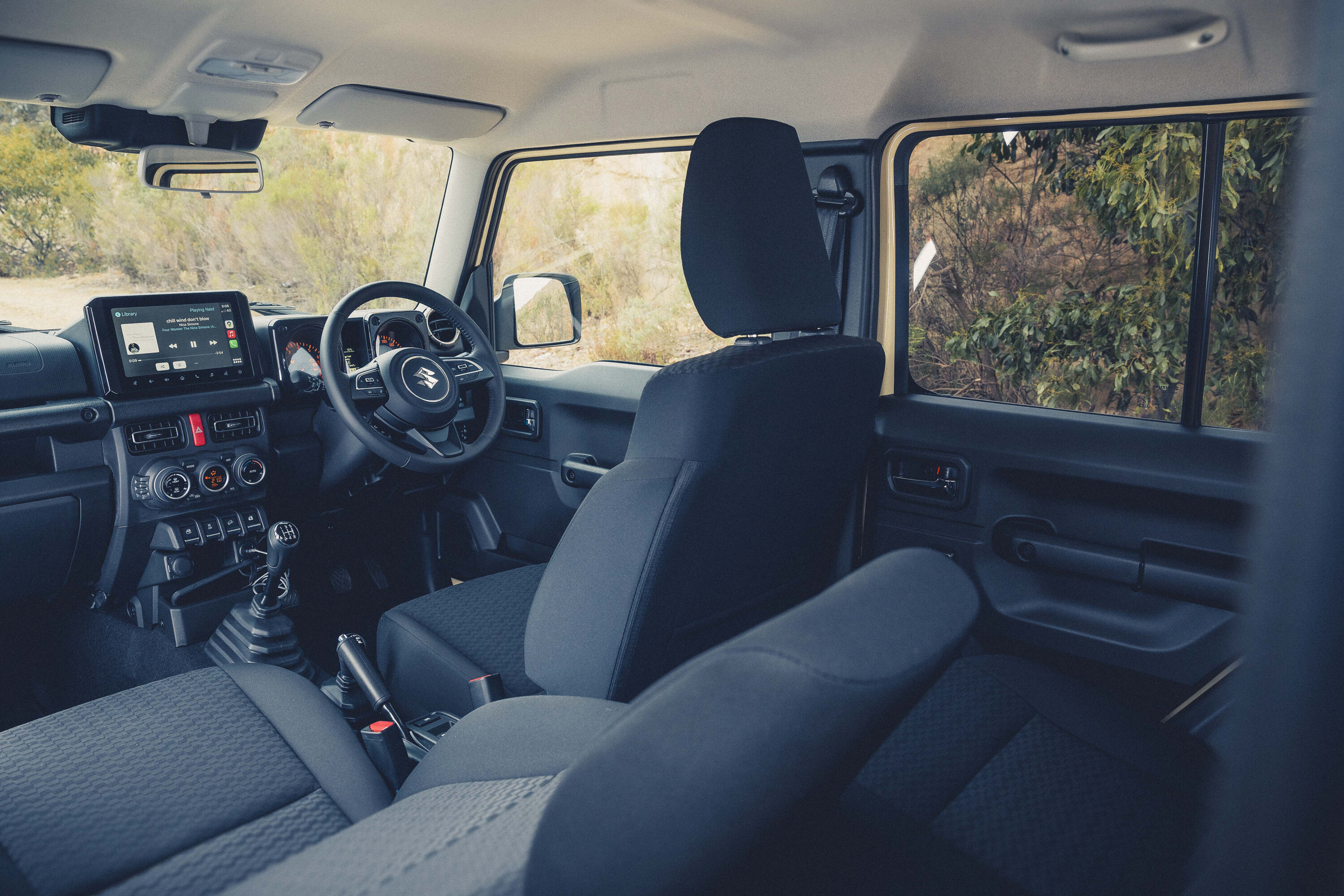
That’s a $1500 jump over the regular price of the Jimny XL but the Heritage edition of the three-door Jimny sold out so fast we expect this one to do the same.
An automatic transmission is available in the regular Jimny XL priced at $36,490. Automatic models also get adaptive cruise control while the manual Jimny makes do with regular cruise, so no great loss.
The Jimny hasn’t lost any of its cuteness with its growth spurt; it’s still a small wagon when compared to any other off-road capable vehicle on the market. The Mahindra Scorpio and Tank 300 would be its closest competitors in terms of size and price.
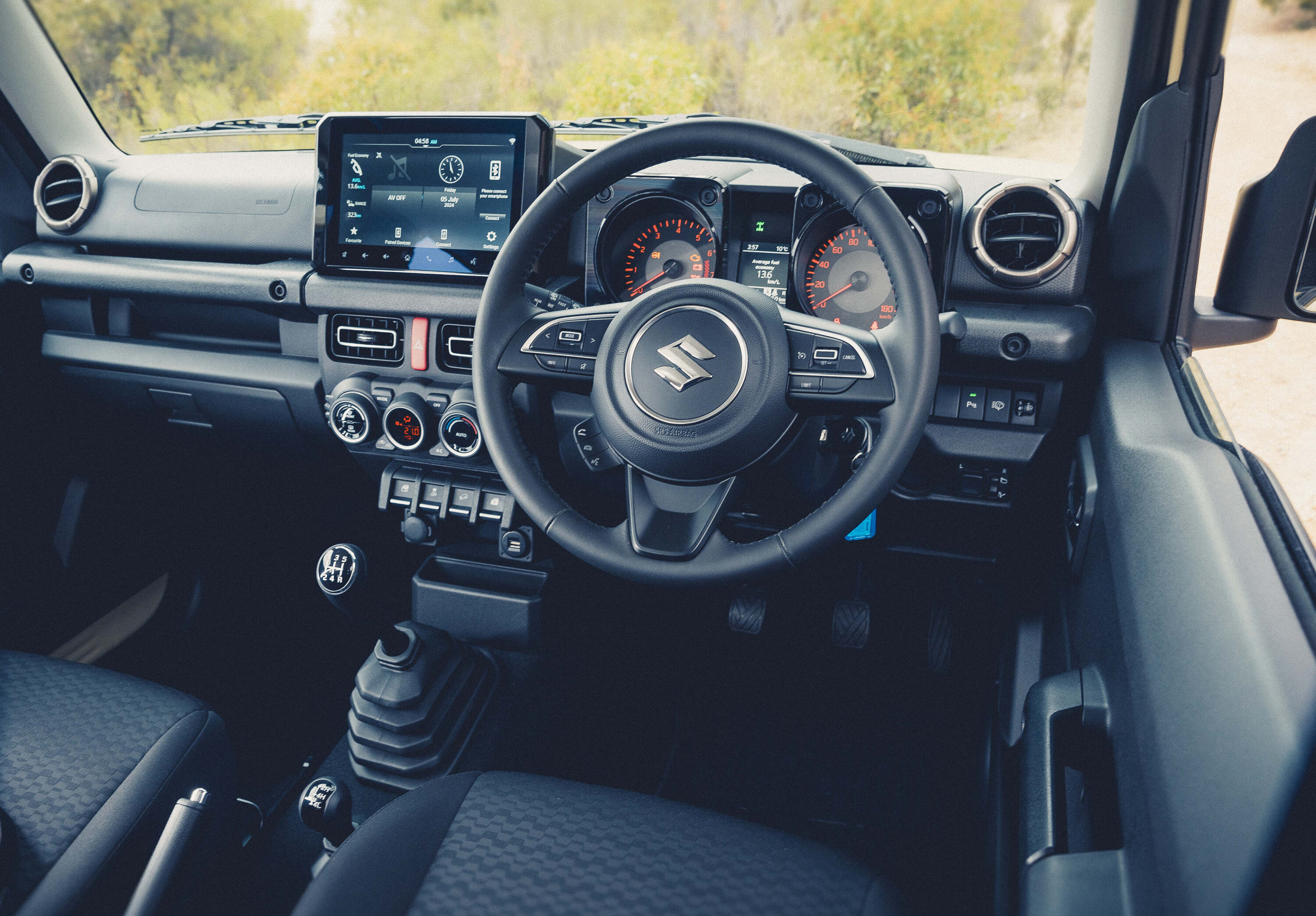
It is however lacking any seat height adjustment which has me sitting higher than I would like and looking down at the bonnet instead of straight ahead at the track. This also means that the numbers at the top of the speedometer are obscured by the steering wheel for me.
The steering column is adjustable for height but not reach, but lowering it at all would have the bottom of the steering wheel in my lap. Being able to lower the seat around 60mm would be great, not for headroom but for improved vision out of the windscreen and side windows.
The size of the cabin means that the screen is literally a short reach from the steering wheel for the driver’s left hand. From here you can control the Apple Carplay and Android enabled system. Only the Apple system is available wirelessly.
The added wheelbase of the XL gives rear seat passengers a bit more legroom so that now it’s actually usable for an adult, although I wouldn’t want to be sitting there for too long; it’s still better suited for kids. The XL is also bigger behind the back seat and there’s a usable space there to carry a large case.
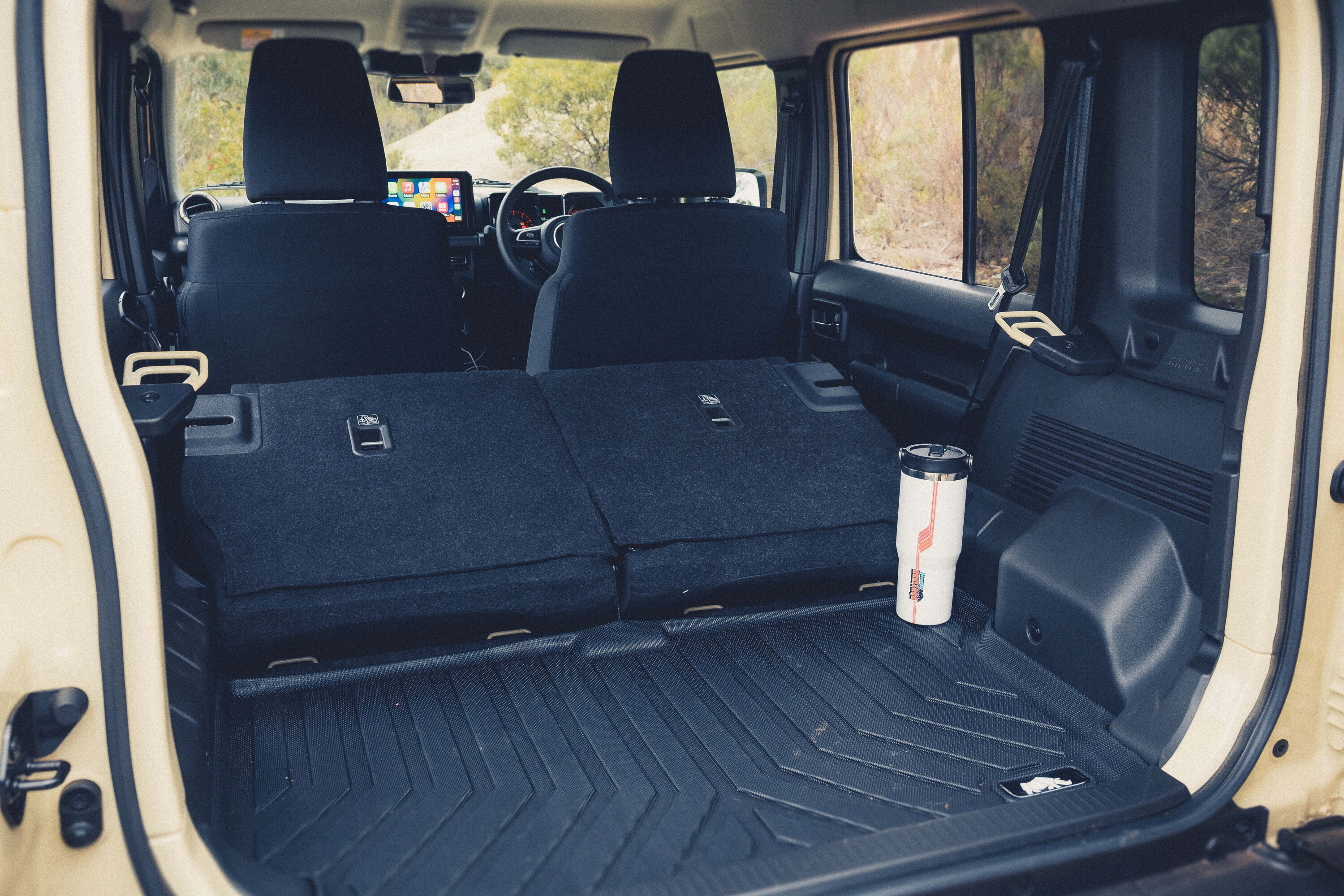
With its diminutive size and tinny feeling the Jimny doesn’t feel as safe as many SUVs but is equipped with AEB, ABS, ESC, six passenger airbags and rear parking sensors and camera.
The XL is powered by the same naturally aspirated 1.5-litre engine as is found in the three-door model. It makes just 75kW and 150Nm, which is enough to get it along at a steady pace but the five-speed gearbox would benefit from an extra ratio to lower the revs at highway speeds. As it stands, the engine is spinning at 3000rpm at 100km/h which is loud and annoying.
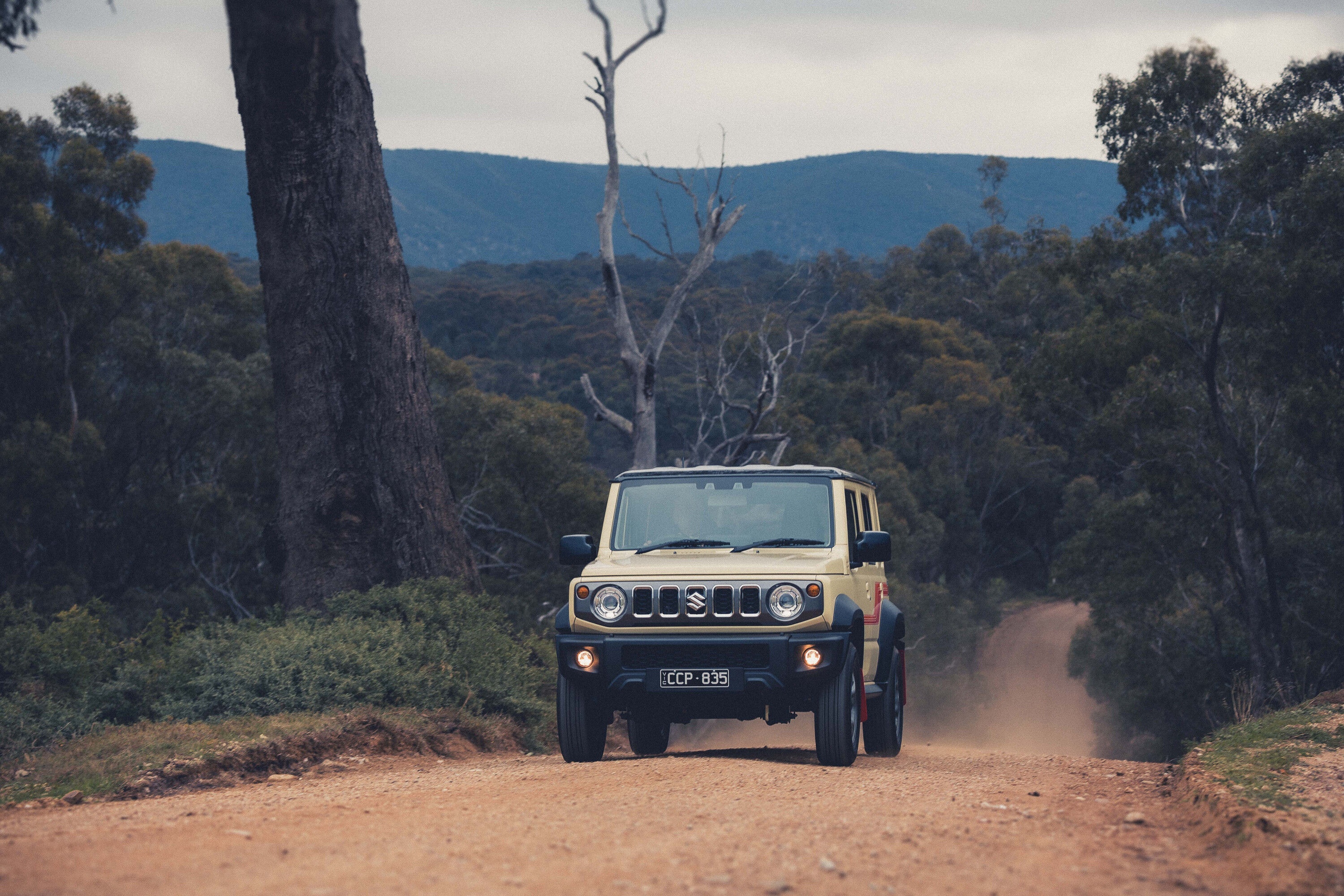
The revs needed on the highway mean fuel consumption doesn’t drop as much as it would in a vehicle with a more relaxed engine when you get out of the suburbs.
For their part, the manual gearbox and clutch are light and easy to operate – they just need that sixth gear. Past experience driving both the manual and automatic transmissions in the three-door Jimny revealed that the auto was a bit better on the highway with lower engine speed even though it has a shorter final drive ratio, but it too is still busy at 110km/h. In the manual ’box fifth gear is 1:1 while with the four-speed auto top gear is a 0.697:1 overdrive.
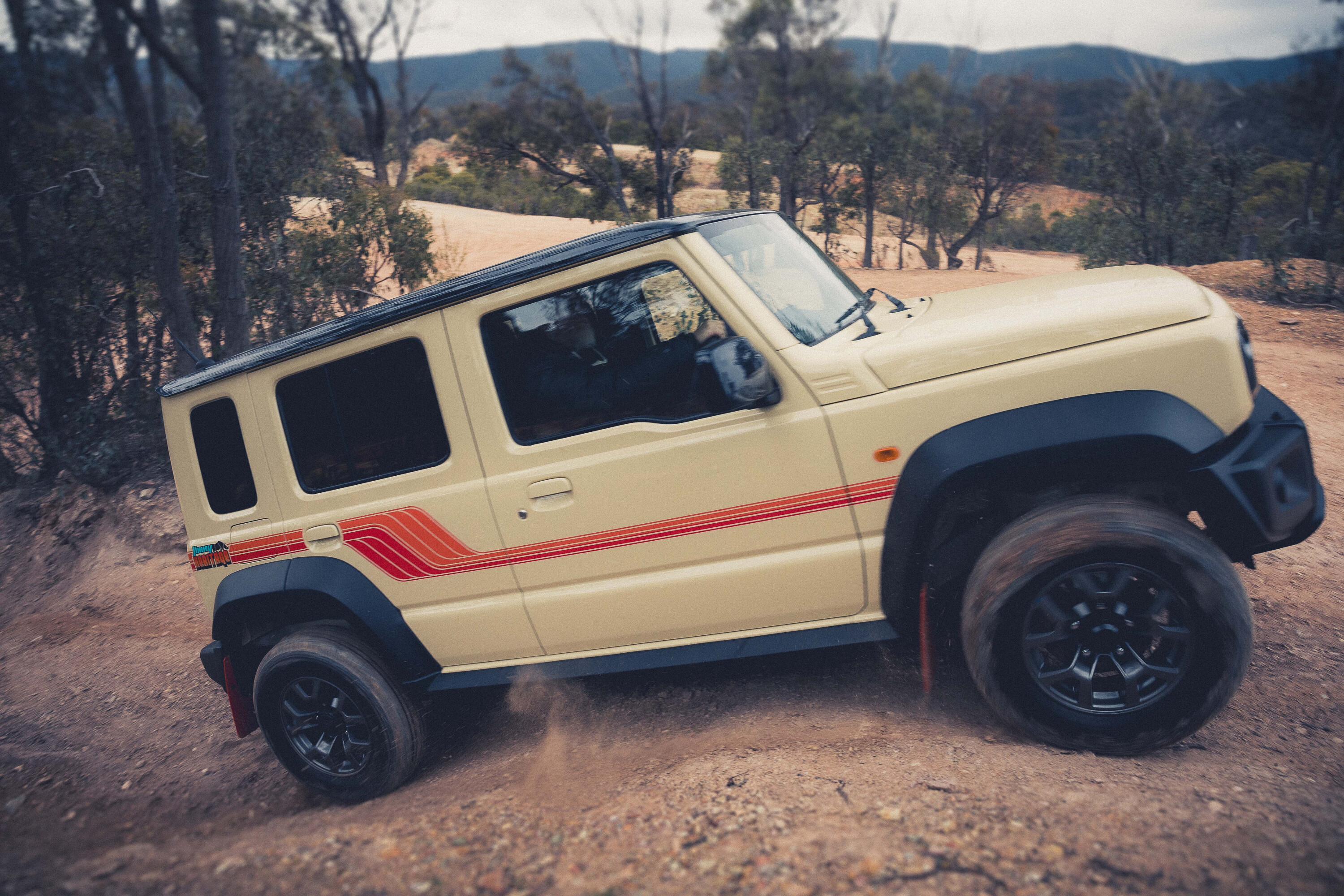
These features will get it to places no other small SUV will go, but it still falls behind bigger 4x4s when the going gets rough. The small 195/80R15 tyres fall into ruts and holes and have to climb back out of them making harder work of rough tracks over which a vehicle with bigger tyres would simply roll over.
There’s not a lot of travel from the all coil-spring suspension meaning it picks up its wheels more readily than bigger 4x4s would over the same tracks, which in turn inhibits progress as there’s no traction from wheels in the air. The ETC works to send the drive to the tyres with grip, but it’s slower to react than more modern ETC systems.
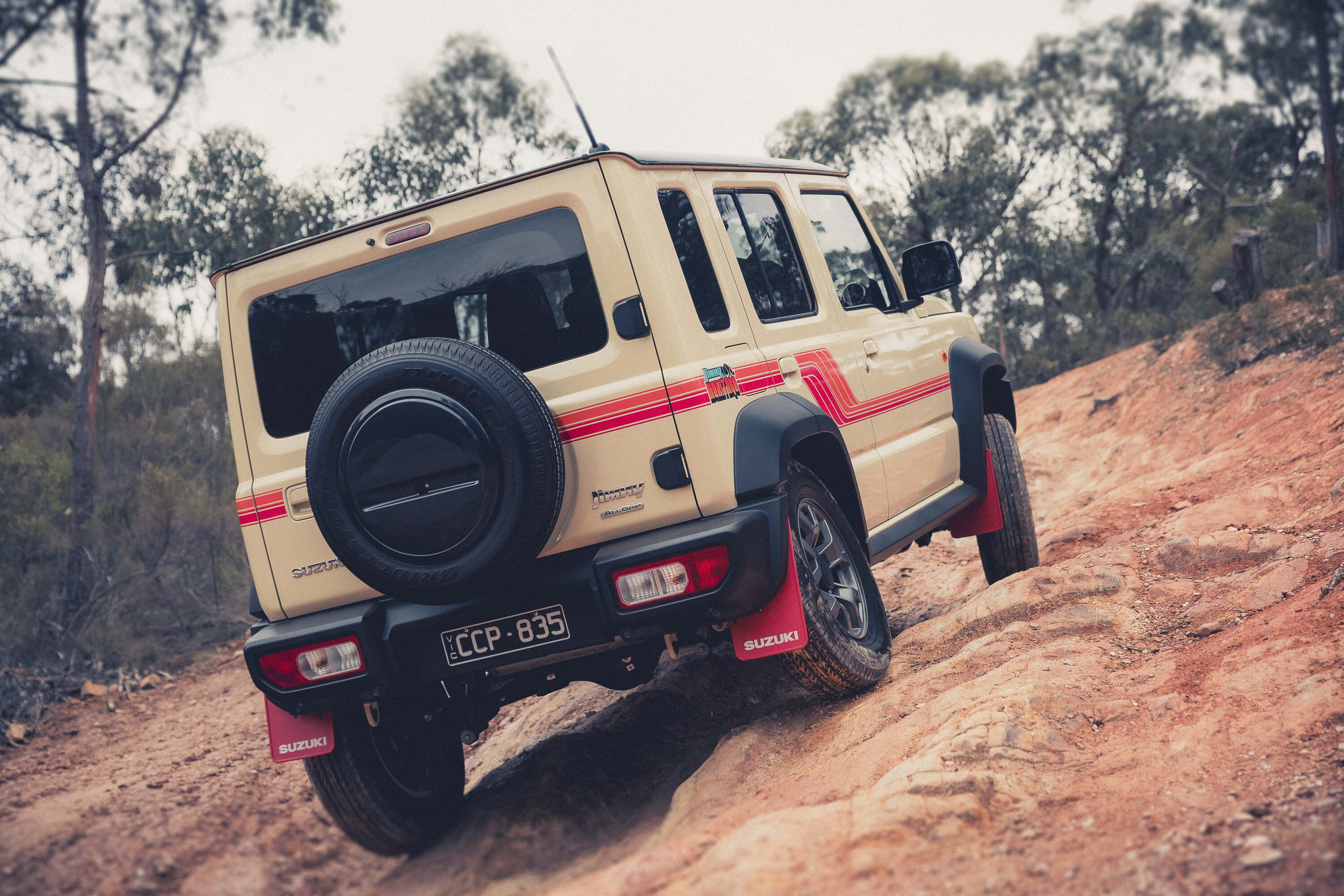
The XL version of the Jimny adds a lot more usability by increasing interior space and improving ride quality thanks to the longer wheelbase. At the same time, it has lost none of its cuteness and the Heritage model amps up the retro styling with its graphics and features. But you’d want to be quick if you want to snap up one of the 500 Jimny XL Heritage models as they are bound to sell out fast.
| 2024 Suzuki Jimny XL Heritage specifications | |
|---|---|
| Price | $36,990 +ORC |
| Engine | Inline 4-cylinder petrol, OHC, 16-valves |
| Capacity | 1462cc |
| Max power | 75kW @ 6000rpm |
| Max torque | 130Nm @ 4000rpm |
| Gearbox | Five-speed manual |
| Crawl ratio | 36.23:1 |
| 4×4 system | Part-time with 2WD (rear); locked 4×4 high and low range |
| Construction | 5-door wagon on separate chassis |
| Front suspension | Live axle, 3-link leading arms with coil springs |
| Rear suspension | Live axle, 3-link trailing arms with coil springs |
| Tyres | 195/80R15 on alloy wheels |
| Kerb weight | 1185kg |
| GVM | 1545kg |
| Towing capacity | 350/1300kg |
| Payload | 360kg |
| Seats | 4 |
| Fuel tank | 40L |
| ADR fuel consumption | 6.4L/100km |
| On-test fuel consumption | 12.2L/100km |
| Approach angle | 37u00b0 |
| Ramp over angle | 24u00b0 |
| Departure angle | 49u00b0 |
| Ground clearance | 210mm |
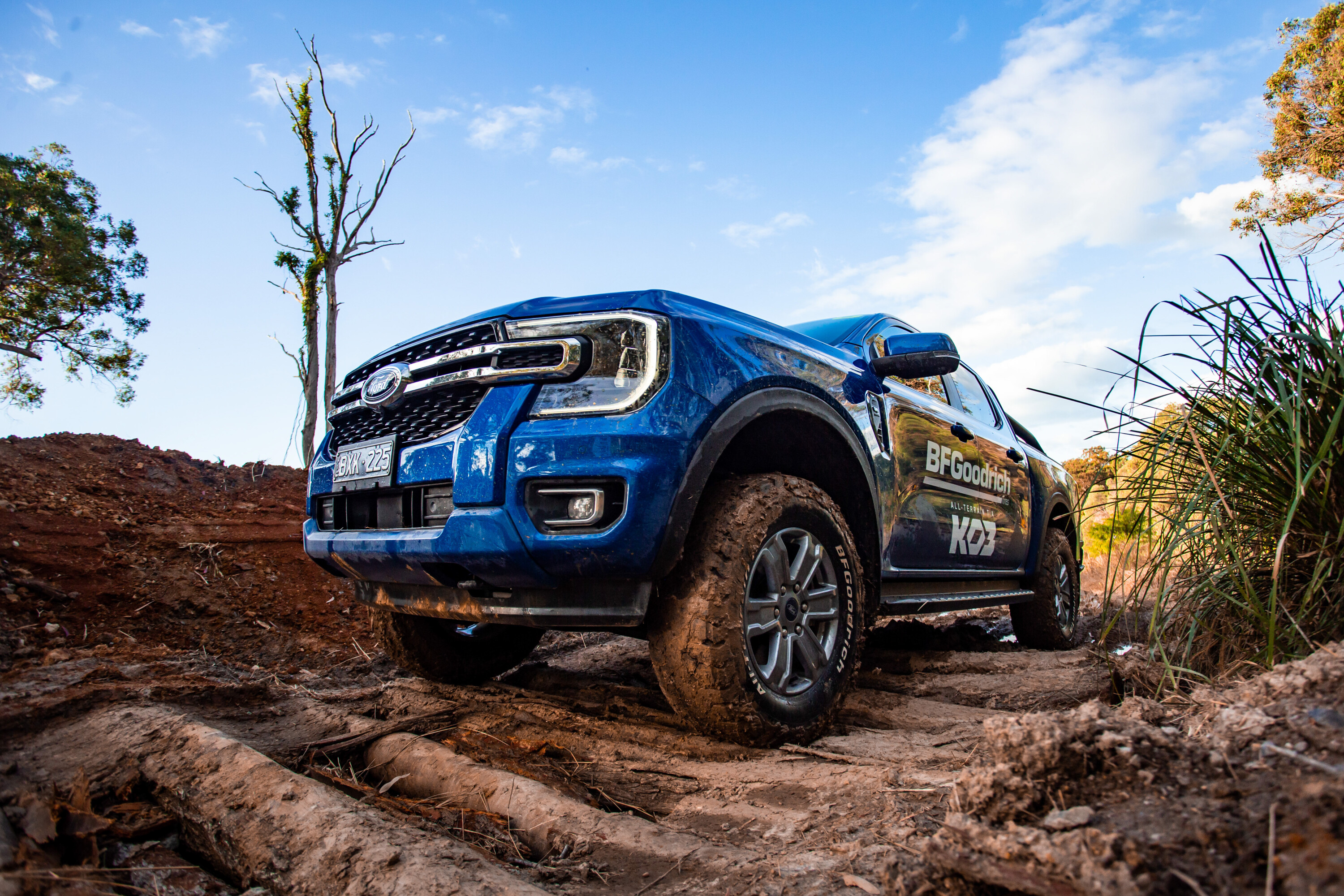
Said to outperform the K02 in regards to treadwear, traction and toughness, the KO3 incorporates the latest tyre tech including CoreGard Technology to give it superior sidewall toughness. Plus, an Advanced Deflection Design is said to help prevent objects from snagging and splitting the sidewall.
The KO3 has been engineered with a new tread pattern and all-terrain tread compoint, to make it more durable. Other features to optimise performance include full-depth 3D locking sipes; a serrated shoulder design; and mud-phobic bars. As a sum of its parts, BFG says the KO3 stops a total of 4.2 metres shorter than its predecessor.
“We’ve done a lot of racing and research in the 10 years since we launched the KO2 tyre, so a decade of data, feedback, technology and experience went into the development of the KO3 tyre,” said Harold Phillips, BFGoodrich Global General Manager. “We are our own competition, and we knew it was time to take the all-terrain tyre to another level. It will be exciting to see what consumers will do – at work and at play – with the KO3 tyre.”
BFG states that 38 tyres will be released in three phases, once the tyre launches on September 2. Following that, an additional 18 sizes will be added in 2025, with four more sizes arriving in 2026. In total, more than 60 sizes will be available over the next two years.
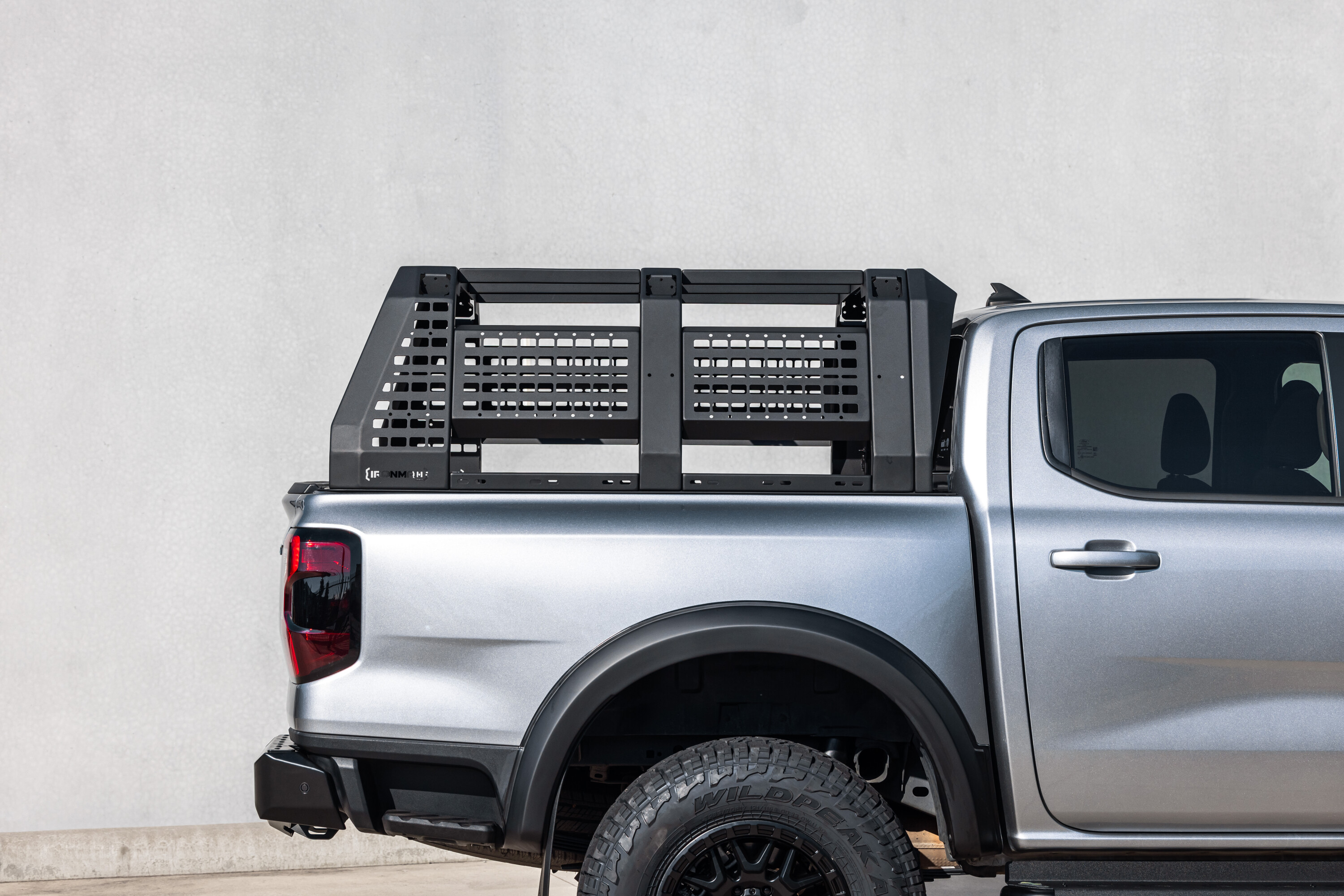
The modular system is specific to the Ranger, allowing the vehicle’s tub to remain accessible when fitted. It measures 1575mm x 557mm x 550mm and weighs 54kg.
When combined with the just-launched Raid roof rack, the versatile set-up provides a full-length storage solution. Mounting a roof-top tent is simple once the rack is installed; plus it also features an integrated tub-strengthening kit. The Raid tub rack comes with a three-year warranty.
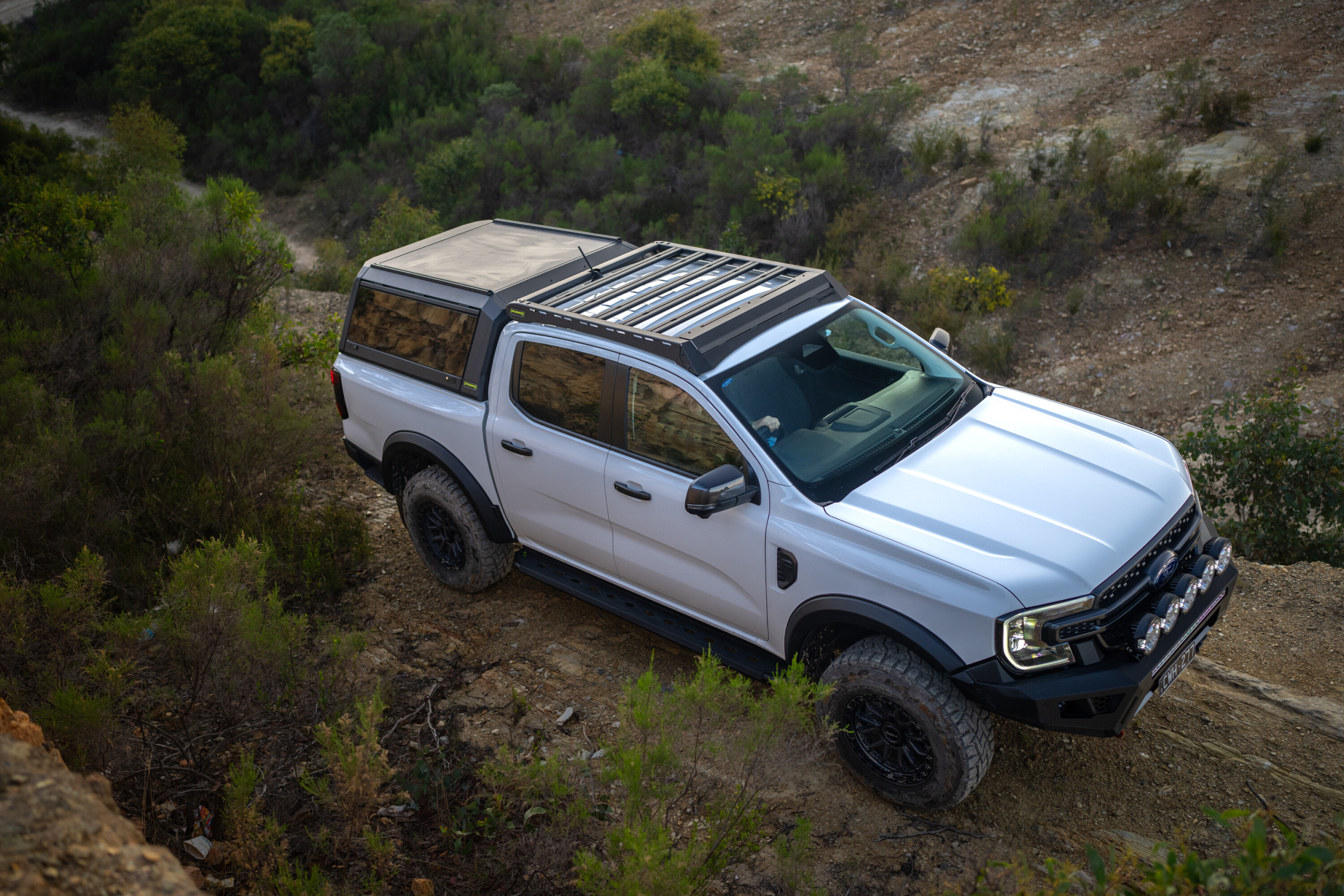
Designed to follow the natural curves of the vehicles’ roofline, the Raid roof rack features a sleek, low-profile design; hidden cross-beam fasteners; folded aluminium blades for increased strength; and a built-in wind deflector to minimise noise.
The customisable modular system is also designed to be compatible with light bars and accessories. Plus, each cross beam can hold up to 25kg and features a standard T-slot on the top and incorporated drainage paths. The Raid roof rack comes with a three-year warranty.
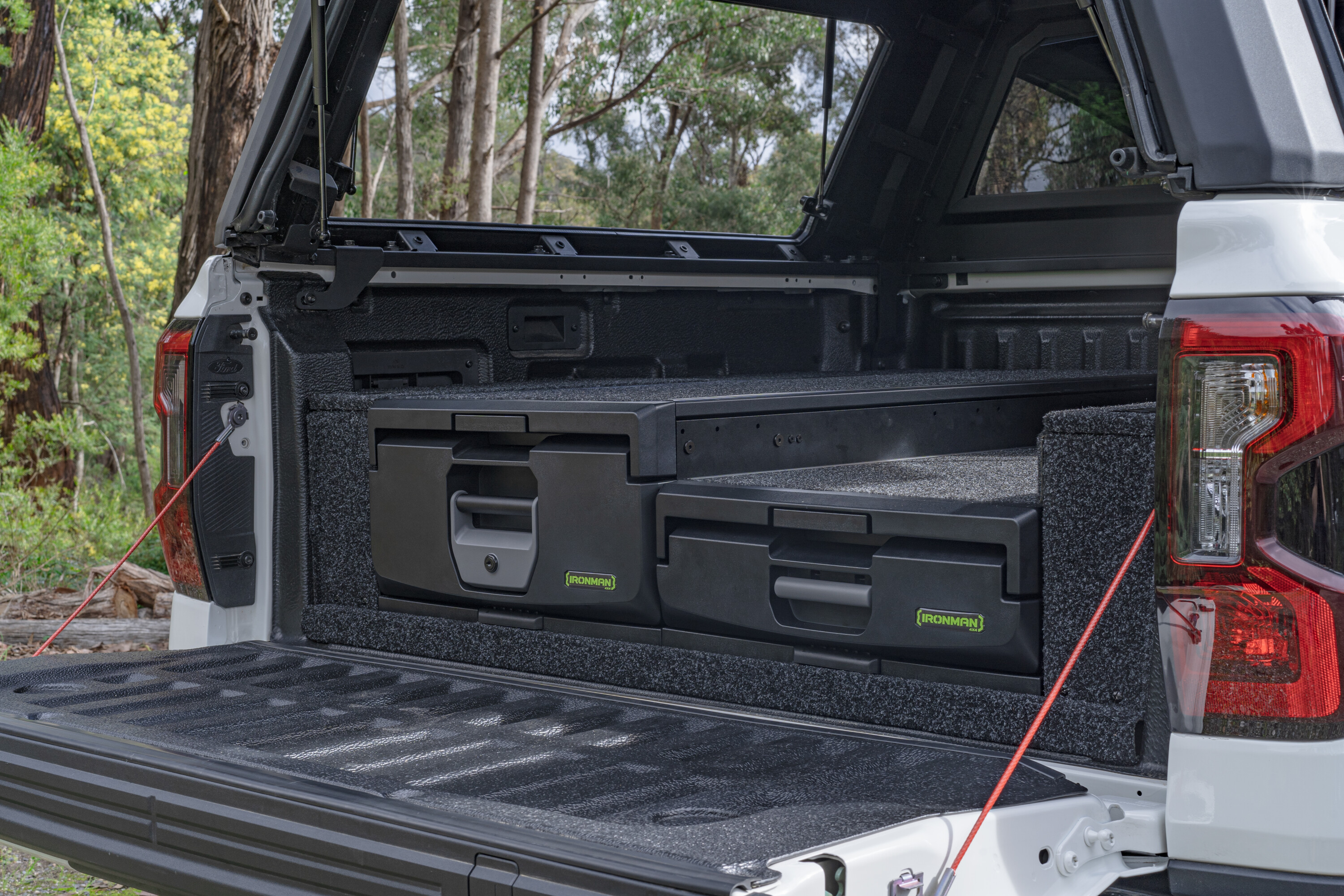
The drawer system has been designed and built from the ground up, utilising a combination of 6051-T5 and die-cast aluminium. This combo results in a weight of just 18kg for the single mid-height drawer – or just 23kg for the mid-height roll-top variation. In fact, Ironman 4×4 states that you can expect a 20 to 25 per cent weight saving compared to a like-for-like system. Great for strict payloads.
Despite these weight savings, the units remain strong – the full length, full-height drawers can hold up to 120kg per drawer; and, when fully extended, the roll-top flooring can handle 100kg (that’s easily a fully stocked fridge/freezer).
The drawers utilise a patented roller-bearing slide system, and all drawers feature a lock-out mechanism when extended for safety and convenience.
Appearances are important, and Ironman has opted for a neat-looking black mottled carpet on the top and sides; the fascia is made from automotive-grade ABS; and the handles are cast alloy. Other features of the drawers include two T-slot channels with rubber trim; internal strip lighting (AA battery-powered); and all drawers can be mixed and matched to create a system that works for you.
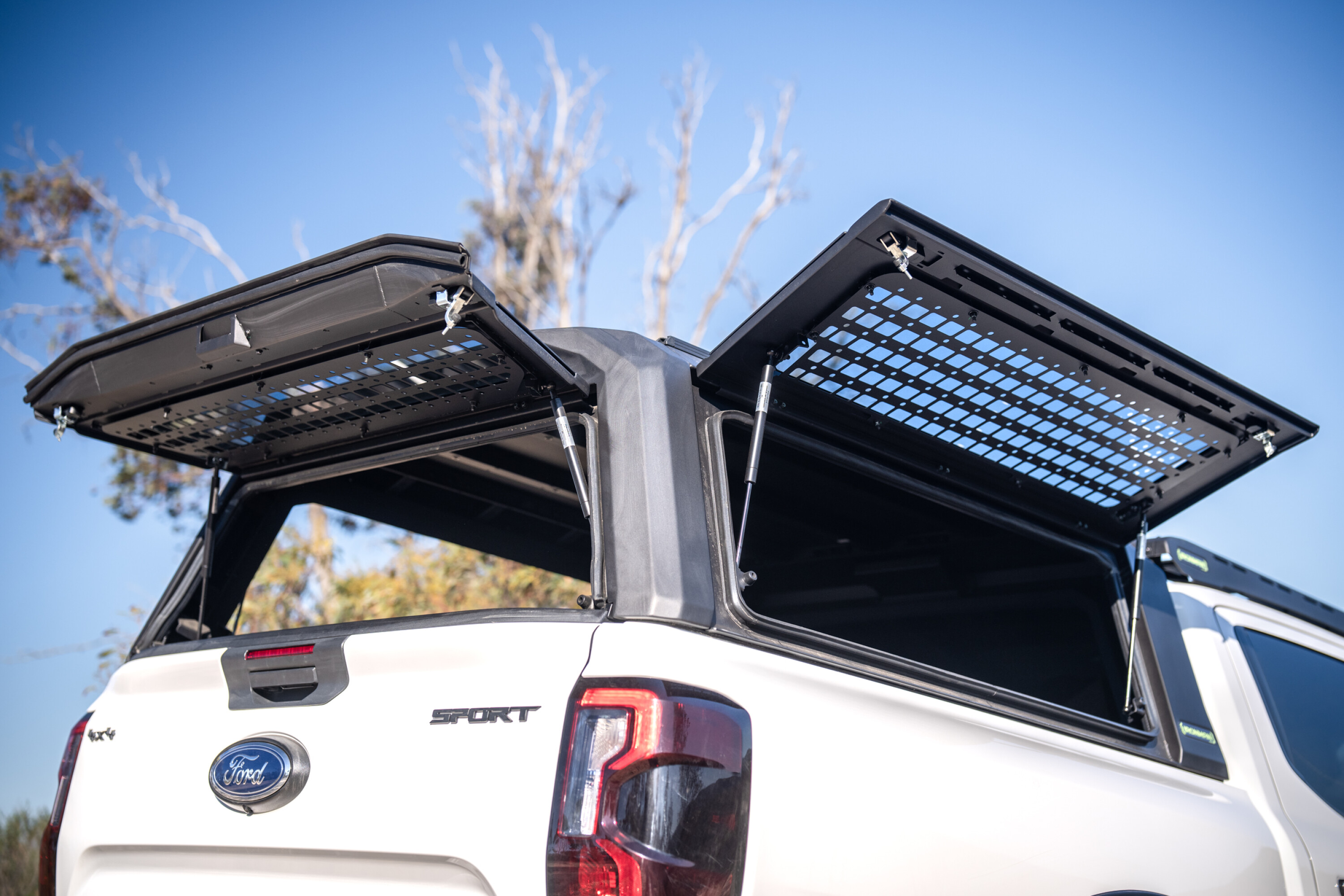
Captive nutserts set into the roof of the canopy allow for the easy fitment of additional accessories; while cable management paths wind through the length of the canopy to keep things nice and tidy. A patented air-pressure vent at the front of the canopy reduces dust ingress, and integrated roof rails are standard.
Two Raid options are available: the Trade Pack (aluminium panels on all four sides); and the Premium Pack (front glass window and rear glass door, but panels and windows can be mixed and matched).
Ironman 4×4 says that fitment will take a two-person team about two hours, with difficulty rated as medium. It comes with a three-year warranty.
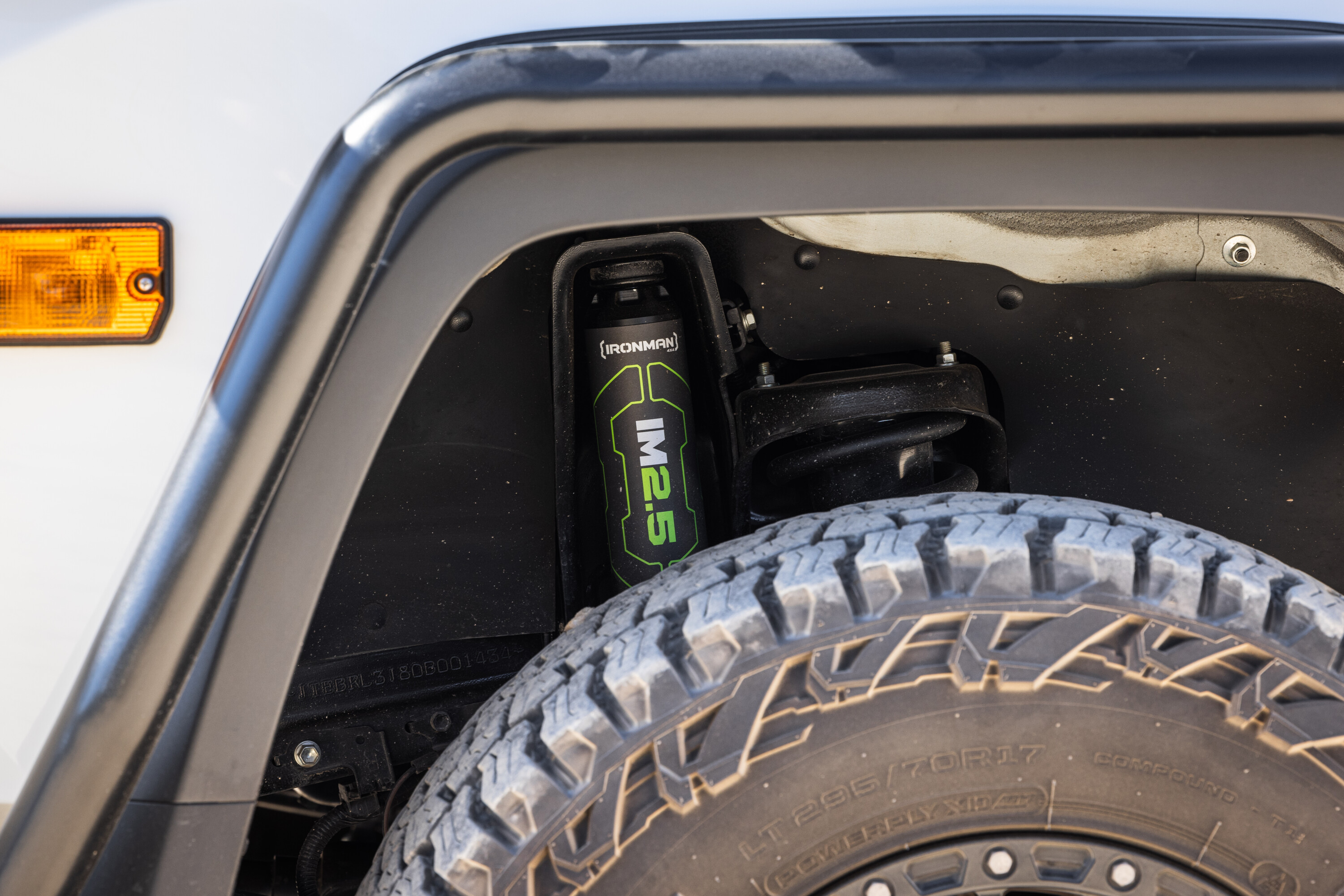
The 2.5-inch extruded aluminium monotube – manufactured from 3-4mm 6061-T6 aircraft-grade aluminium and finished with a Type 2 hard-anodising – has been designed with comfort in mind, with Ironman that the IM2.5 is the “perfect suspension companion for 4×4 owners who really value all-day ride comfort and plush off-road performance”.
In addition to creating a smooth ride over all sorts of terrain, the monotube shock is designed to better handle harsher surface changes typically encountered when off-road.
This ride comfort is achieved in part thanks to the addition of a 57mm piston that has a 60-per-cent larger surface area than the Foam Cell Pro unit.
The IM2.5 monotube strut assemblies will be sold with black coils. Black coil springs will also be available for vehicles such as 300 Series (rear) and 70 Series (front and rear).
Specs include:
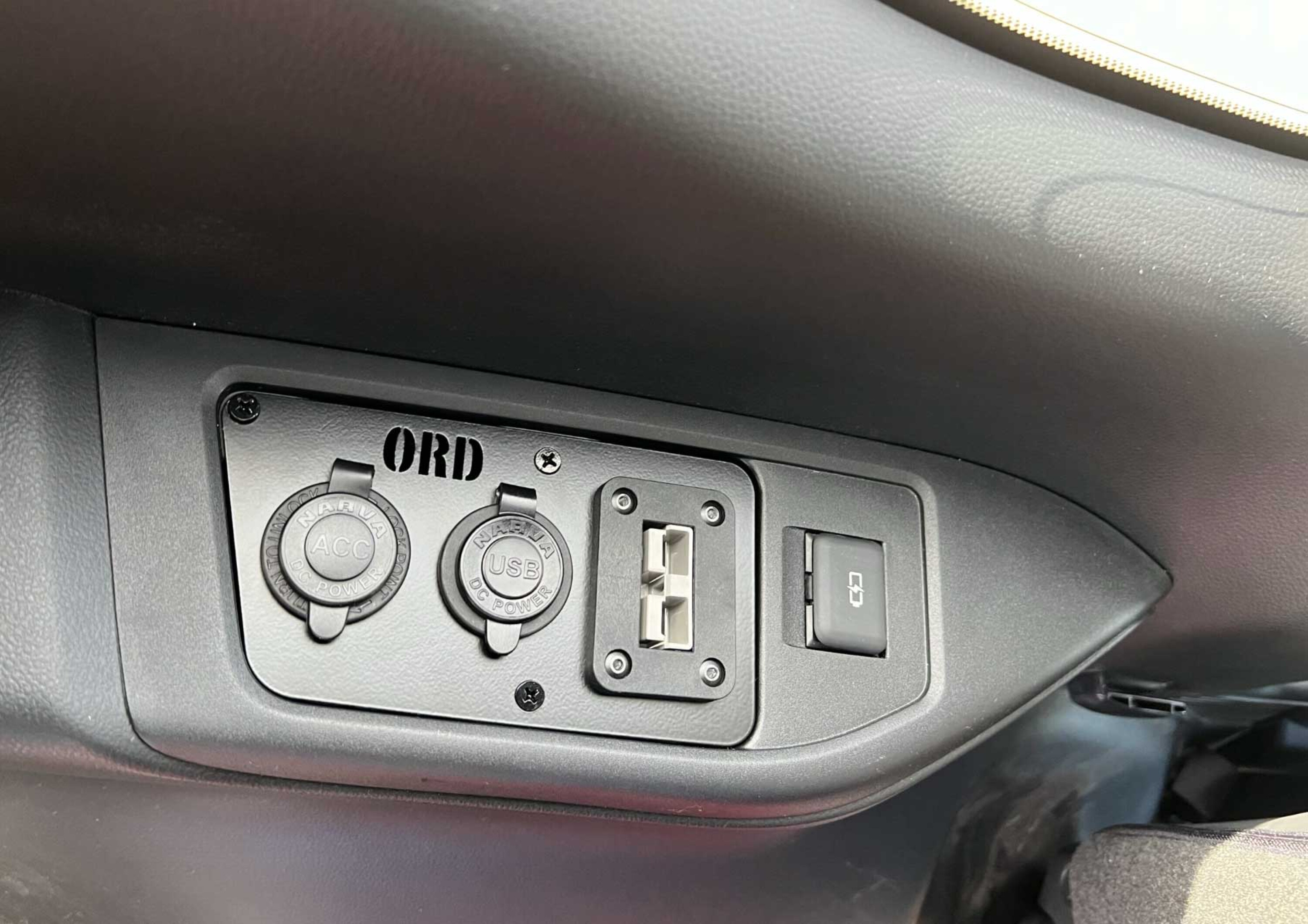
The Plain Panel is made of precision laser-cut aluminium and powder-coated in black to complement the interior of the Landcruiser and it includes all necessary mounting hardware. In addition, the Panel Kit adds a Narva Dual USB socket, a Narva ACC socket, a genuine 50amp Anderson plug, and an OEX flush-mount fascia. These components come pre-fitted into the panel so it’s ready to be wired up.
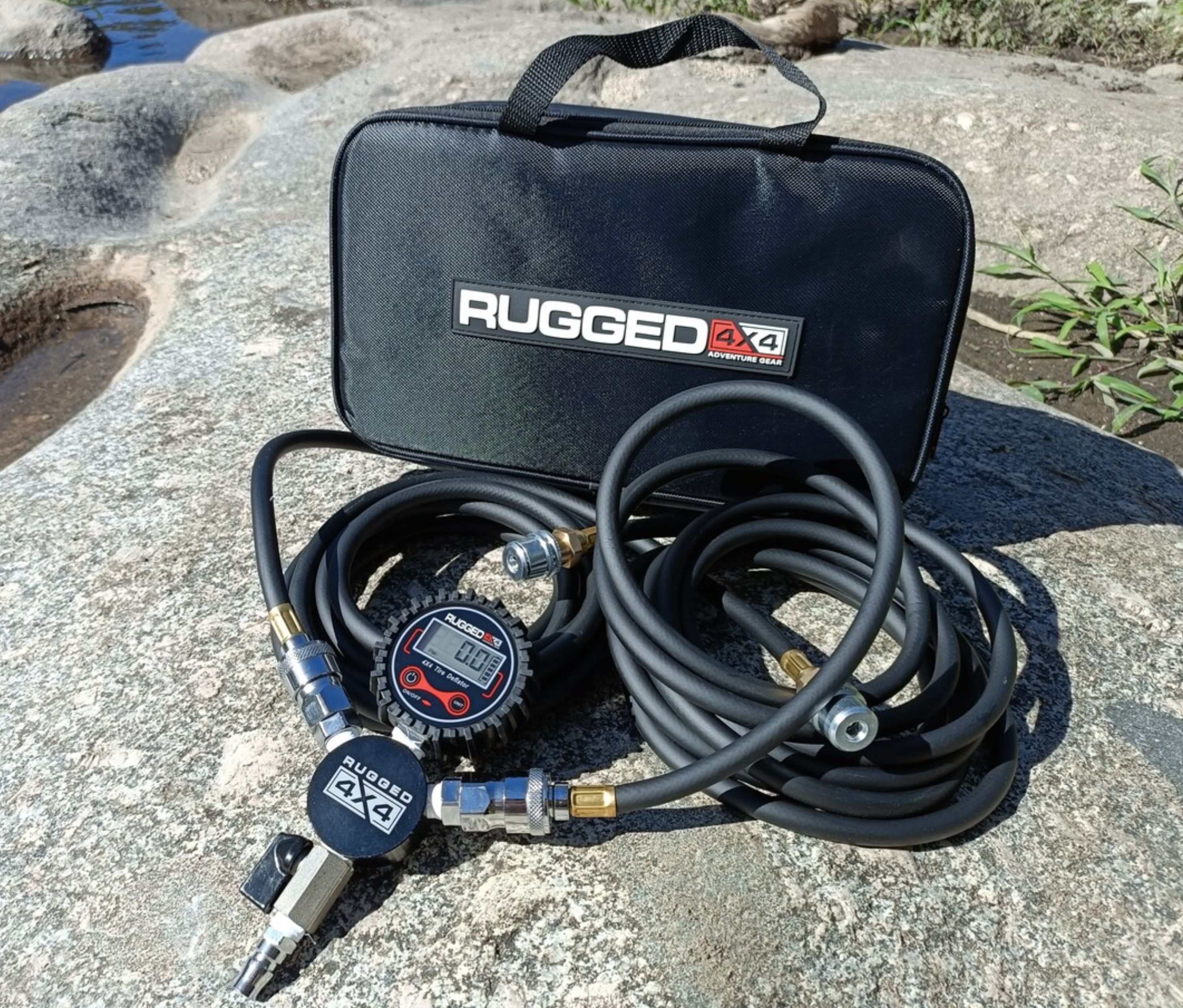
Key features include quick-connect and disconnect tyre valve connectors, anti-tangle hoses, an easy-to-read digital gauge display, standard air connections to suit most air-compressor hoses, and a large storage/carry bag for easy packing and storage. Additionally, the included batteries ensure you can use this device right out of the box without any hassles.
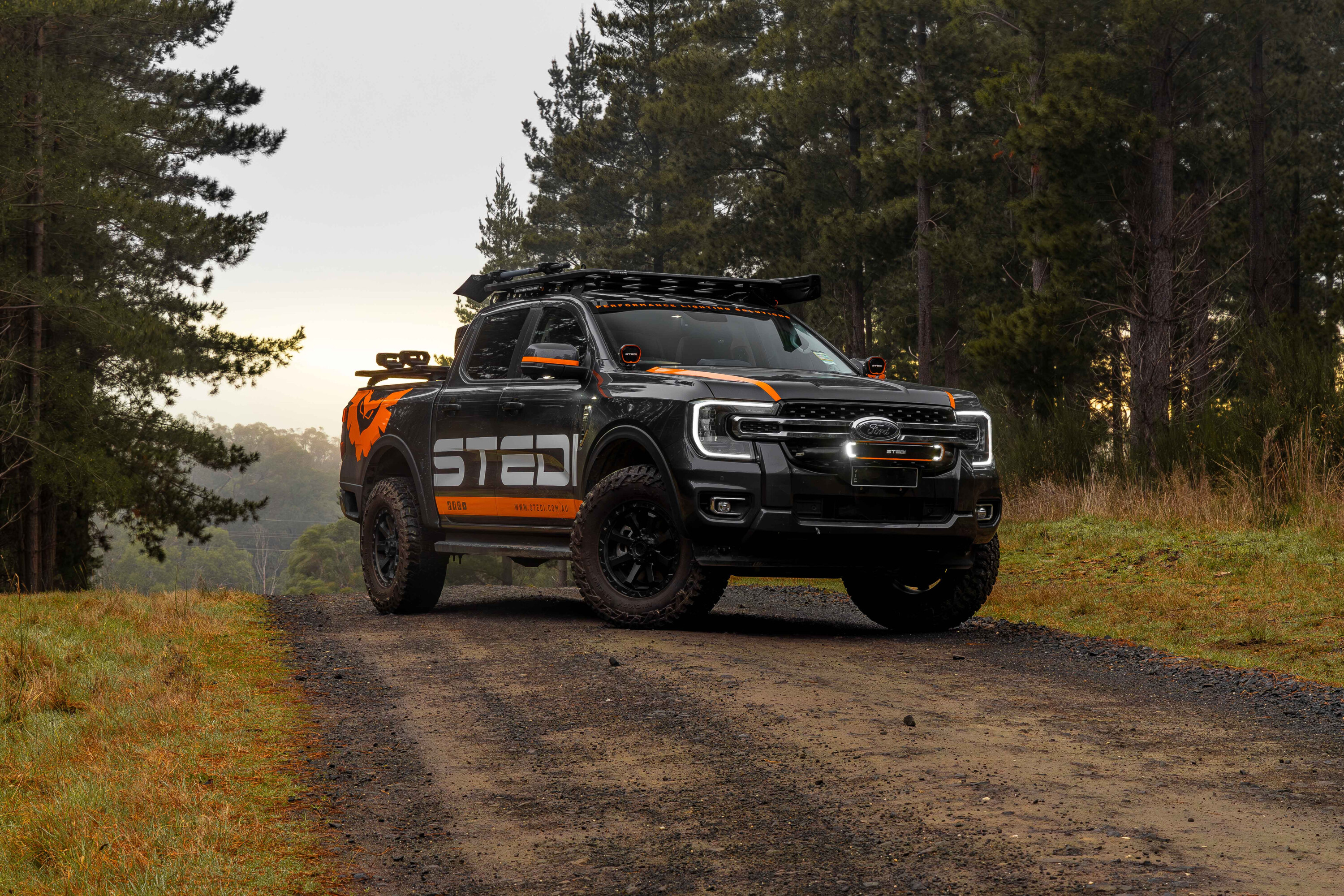
Inspired by the flagship Type-X EVO Driving Lights, the EVO Light Bar shares similar characteristics and a unique silhouette. Optional side DRLs accentuate the iconic EVO family silhouette.
Customisation options include brushed stainless coloured fascia, a custom key that doubles as a bottle opener, the STEDI Black Out Cover, and optional STEDI Carbon Fiber Print Covers and amber lenses.
The EVO Light Bar’s innovative mounting bracket system offers a variety of mounting solutions, including tube-style mounting positions and traditional side brackets with various tube-style clamps available, along with rubber inserts to minimise vibration.
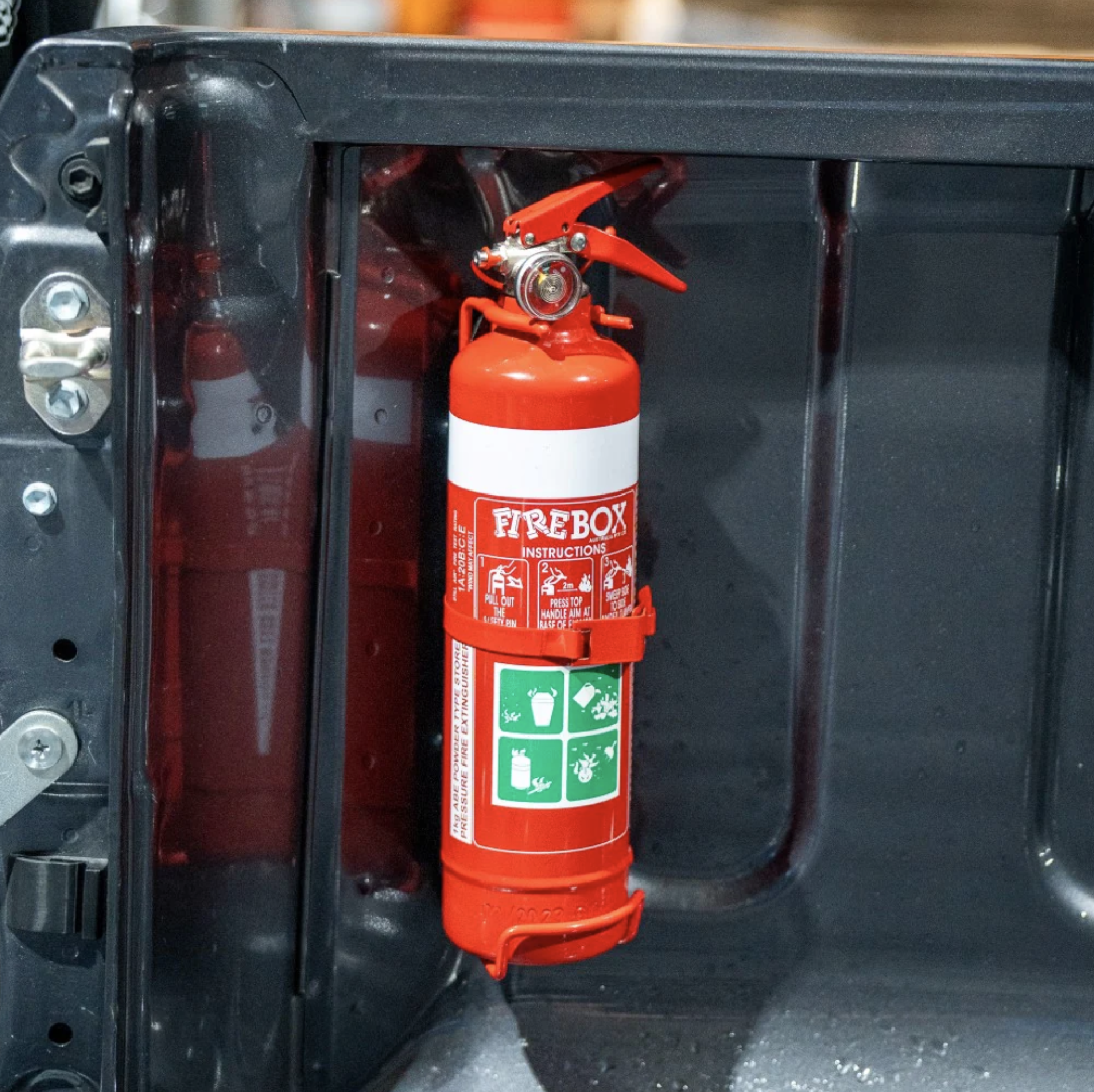
Their Vertical Tub Fire Extinguisher Mount ensures quick access during emergencies while remaining discreet and space-saving when not in use. Now, you can secure your fire extinguisher without interfering with the tie-down rail. The vertical mount feature has been specifically designed to fit tubs with roller shutters and cargo management systems.
The Vertical Tub Fire Extinguisher Bracket accommodates a variety of 1kg extinguishers. It is crafted from durable mild steel and powder coated texture in timeless black. Mounting bolts are included for easy installation, and it is designed to fit left and right-hand sides of the tub.
There is a Vertical Tub Fire Extinguisher Bracket to suit most vehicles, including Toyota Prado 150, HiLux N80 and Landcruiser 70 Series, Volkswagen Amarok 2023+, and Ford Ranger and Raptor 2022+.
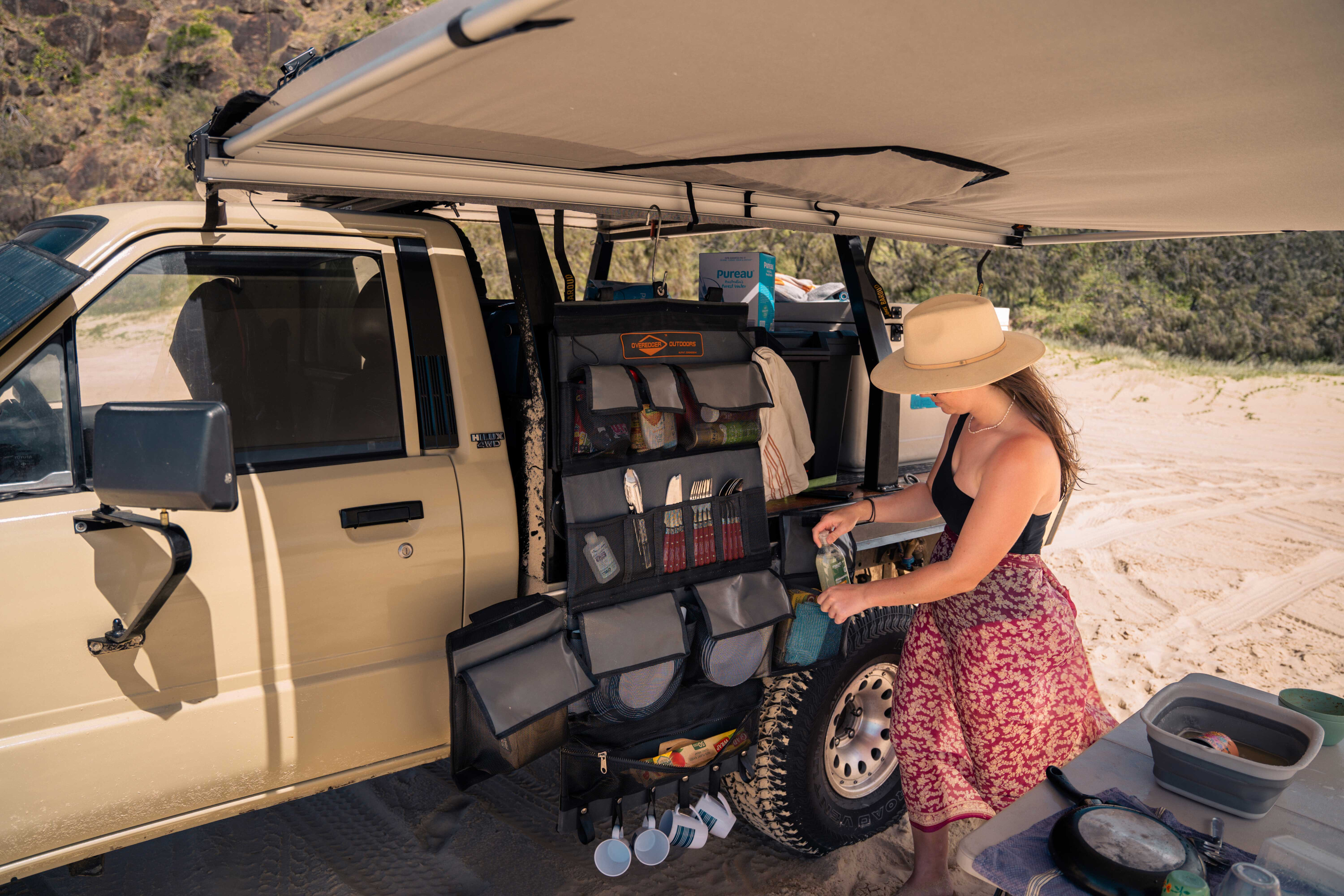
Quick to set up and easily accessible, it eliminates the need for plastic boxes, making it ideal for day trips, road trip lunch stops, and quick access to outdoor essentials.
The pack’s high-quality materials are UV-rated and waterproof, with convenient features such as wet area wing pockets for quick drying, anti-slip scuff pads, and dedicated storage space for various items. The pack’s design includes plate pockets and snap fasteners for cup hangers.
When packed, the dimensions are 600mm (l) x 300mm (h) x 300mm (d), and the setup dimensions are 1250mm 9h) x 1250mm (w). The pack weighs 4.8kg when empty and has a maximum capacity of 11kg for your gear.
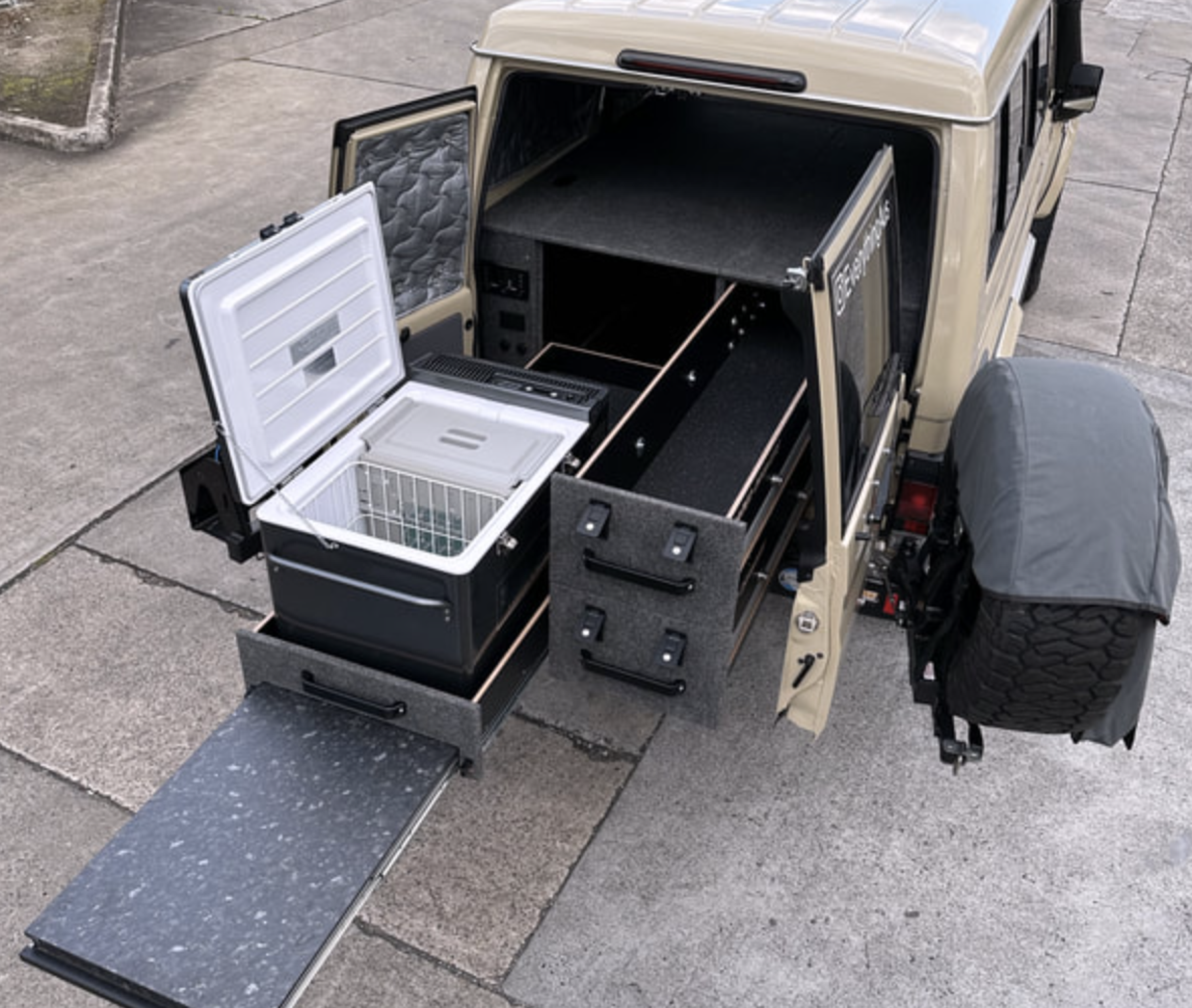
The Expedition System is constructed from exterior grade birch plywood with black heat-pressed laminate (HEXA pattern), externally covered in heavy-duty 3mm grey carpet and removable rubber mat inserts. It includes dual black compression locks and black D-handles, precision CNC cut components and rebated joints for maximum strength.
The layout includes double-stacked cargo drawers with heavy-duty bearing runners, a full-length fridge drawer to suit a 60L Engel fridge, an integrated sliding table finished in food-grade laminate, and under-table storage for the collapsible sink.
There is provision for fitment of a Redarc Redvision control panel, GPO and 12v and dual USB sockets, as well as mounting provisions for an ARB twin compressor and tank, Redarc 2000W inverter, 200Ah Enerdrive Lithium battery and Redarc Manager 30.
The custom mattress is a 100mm dual-density item with Australian-made Dunlop memory foam and a removable canvas cover.
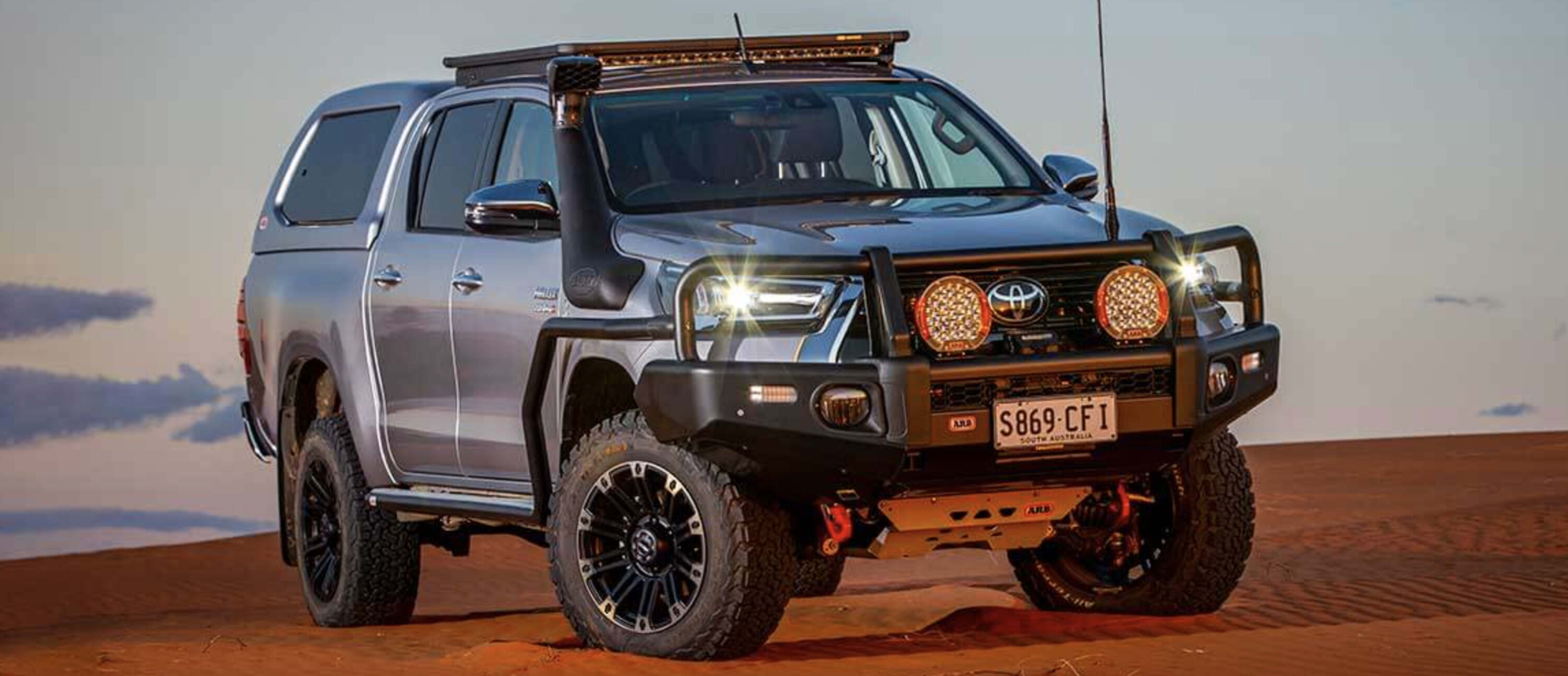
If you consistently carry heavy loads, you need to upgrade your suspension to suit. Improving safety and drive quality, a GVM upgrade helps reduce stress on suspension components and allows you to safely transport heavy loads. Old Man Emu’s GVM upgrade lets you legally carry more weight.
If you have an OME GVM upgrade fitted prior to a vehicle’s first registration, it will be federally recognised and certified, which means you won’t need to engage a third party engineer.
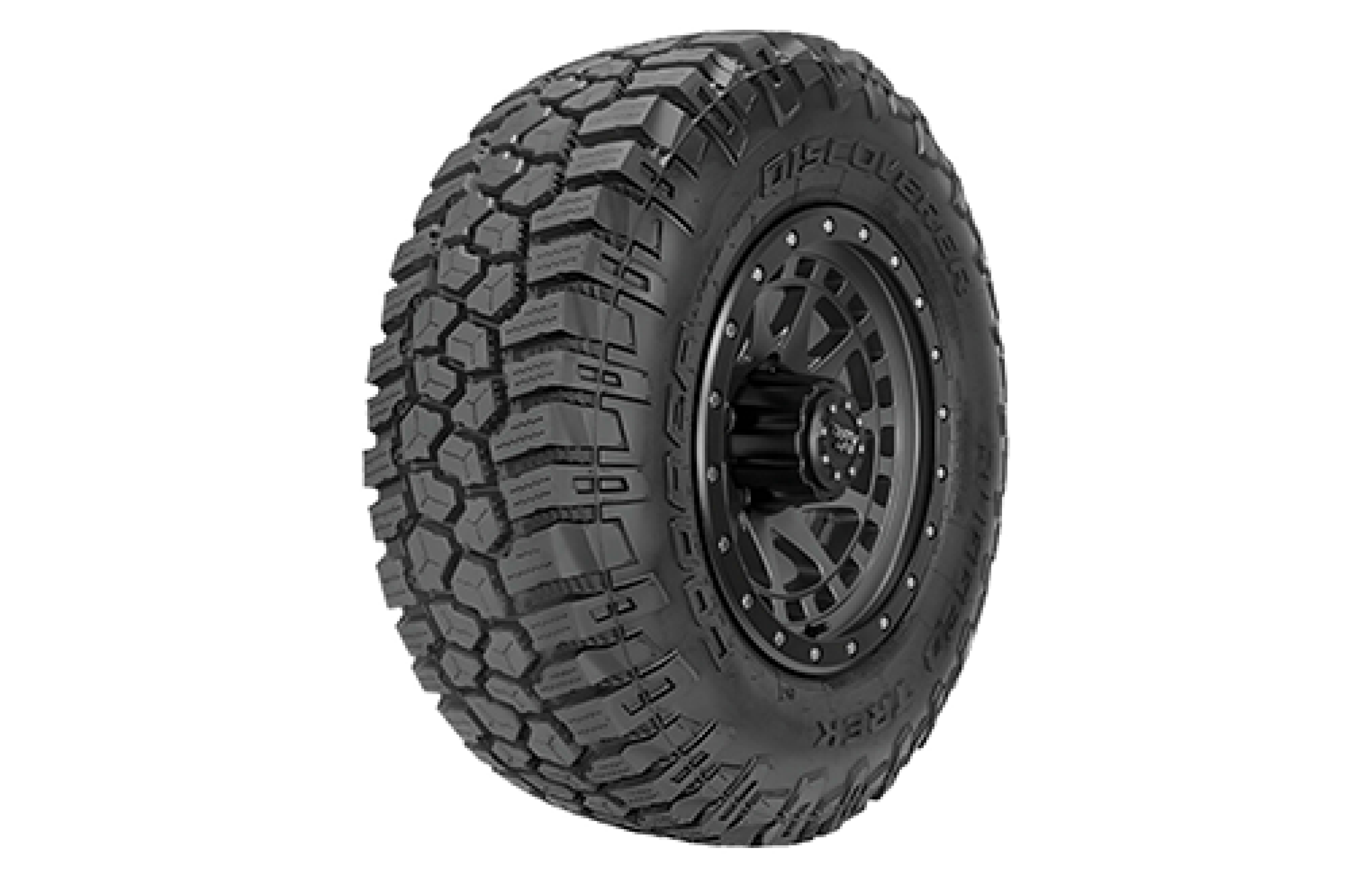
While most all-terrain tyres are good on gravel and on- and off-road, they can lack traction in the mud; whereas mud tyres are great off-road but noisier on-road and with a higher wear rate. The Cooper Rugged Trek is said to offer the characteristics you look for in an aggressive mud-terrain tyre, while still giving you the mileage and performance of an all-terrain.
It features a four-rib design, open shoulder blocks and side-biters for off-road traction. The latest tread design provides a larger footprint, and unique internal siping improves wet-road performance. The tyre comes with a 14.7mm tread depth and a mileage guarantee of up to 80,000km.
A seven-metre air hose comes with a patented quick-connect air fitting, making connections fast and secure. Wrapped in a protective nylon braid cover, the internal rubber hose is flexible and tough; plus the reel’s lock system keeps the hose firmly in place during transit.
The hose reel has a 150mm diameter and 800mm width, and the overall size including the 90-degree bracket is 150mm (L) x 160mm (W) x 175mm (H).
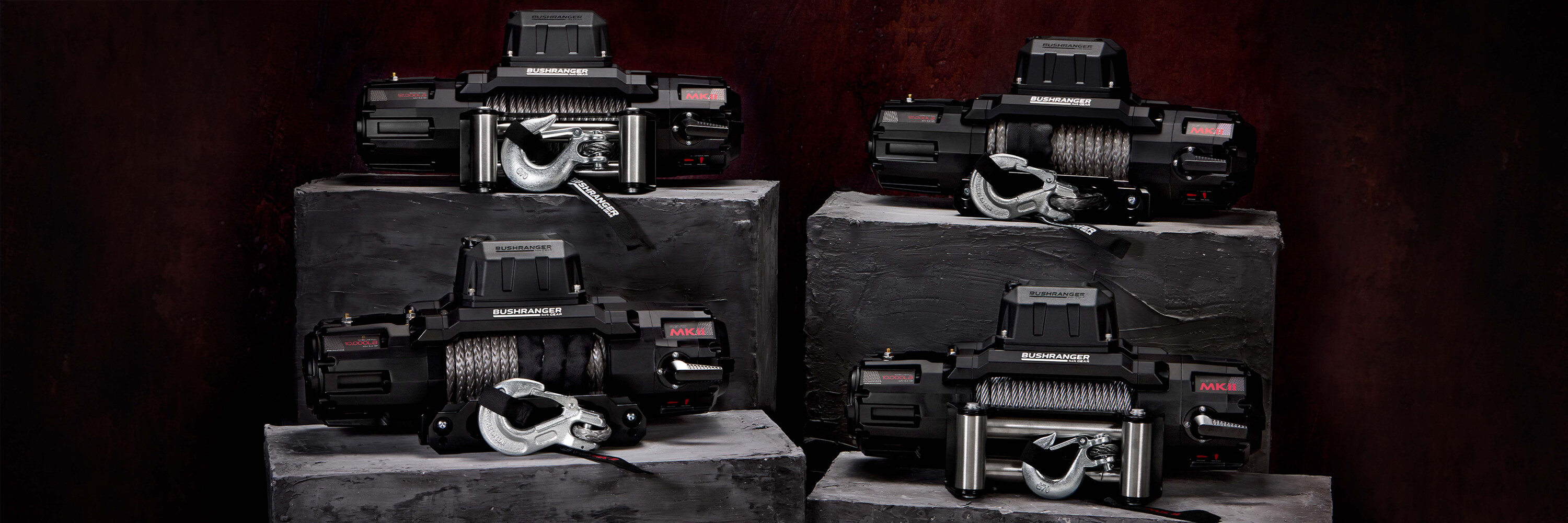
It features a tough aluminium alloy body finished in a durable satin black powder coat, an Albright DC Contactor, a no-lift clutch handle, an IP67 rating, and hardened steel gearing for improved load distribution, maximum strength and durability. It is available in 10,000lb and 12,000lb models with wire or synthetic rope.
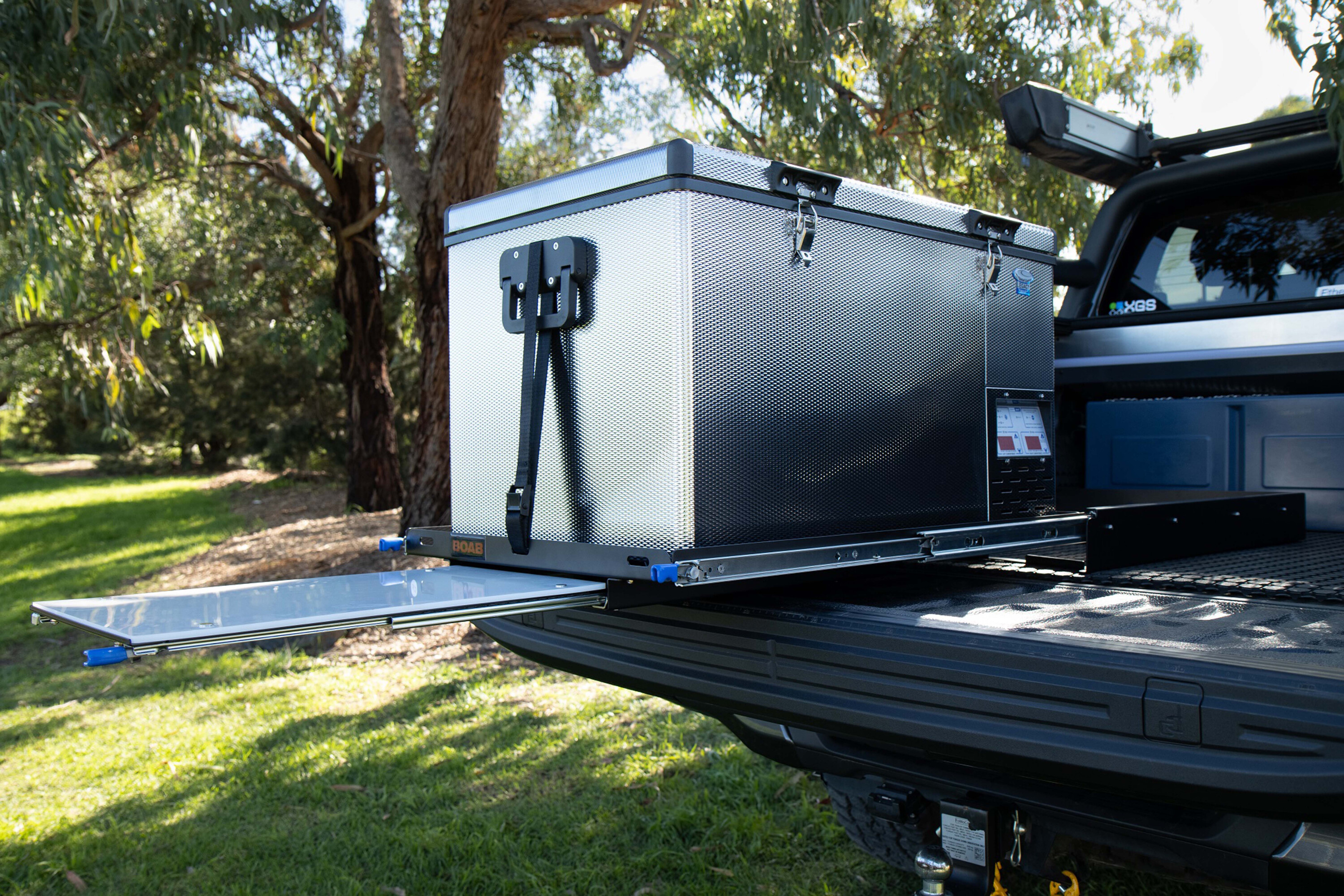
It includes a retractable table/cutting board (made of food-grade PE), providing a convenient space for a camping stove, for loading and unloading fridge items, or for preparing food. The slide also features a locking mechanism so it can be secured when retracted, as well as four quick-release tie-down straps for easy tethering.
With inner tray dimensions of 846mm (L) x 527mm (W), the fridge slide accommodates a wide range of fridge sizes up to 70L and handles weights of up to 100kg. It is made from powder-coated steel with zinc-coated ball-bearing slide runners, and is covered by a three-year warranty. It is supplied with fitting hardware including stainless-steel bolts.
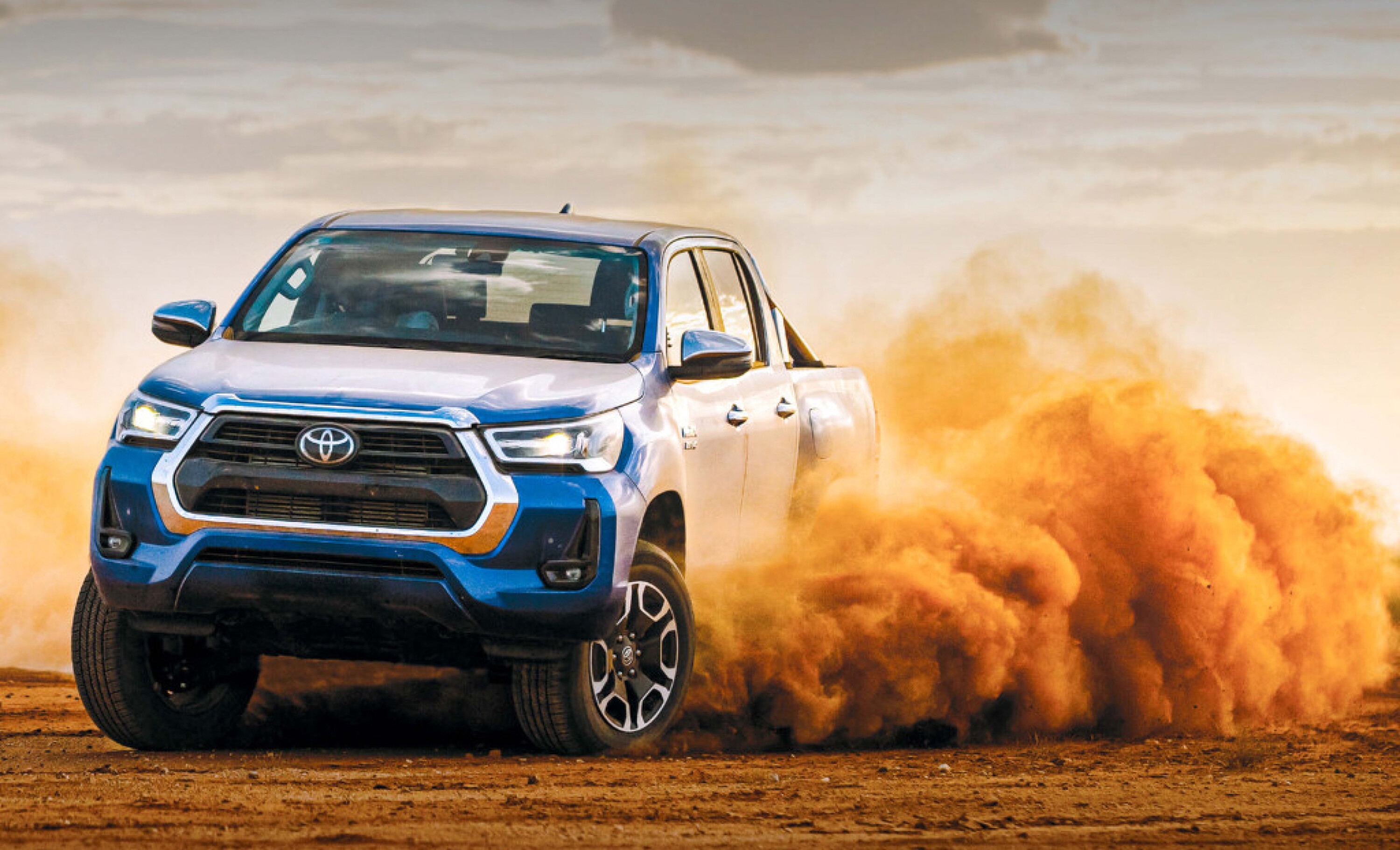
Designed and tuned by CalOffroad, and manufactured in Australia, the Nitro Pro boasts twin-tube shocks for maximum oil capacity and a lower gas rate to minimise shock temperatures. Plus it has an 18mm induction hardened chromed piston rod for maximum strength and durability.
CalOffroad also offers Platinum Series shocks that have been developed in collaboration with Bilstein. Locally designed, then manufactured in Germany, Platinum Series are claimed to be amongst the world’s most advanced shocks for off-road reliability and performance.
CalOffroad is also an authorised Fox off-road suspension distributor and service centre, offering the brand’s world-renowned extreme high-performance shocks and racing suspension products.
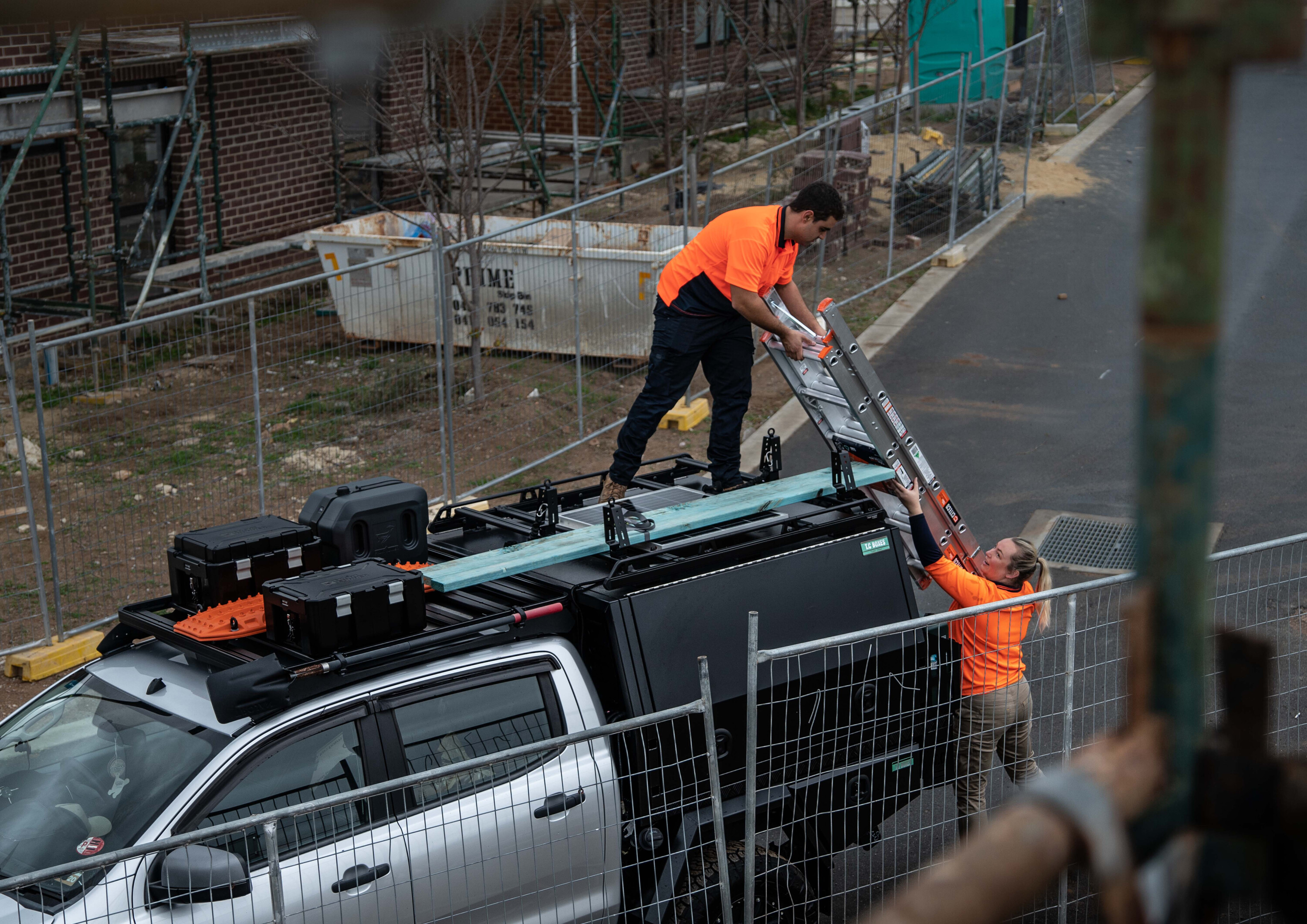
Designed specifically for fitment to a range of popular alloy canopies, the Slimpro boasts durability, reliability, lightweight construction and a low profile. Its intelligent design and wide range of available accessories allows users to customise their rack set-up, whether transporting heavy-duty construction materials or gearing up for a weekend adventure.
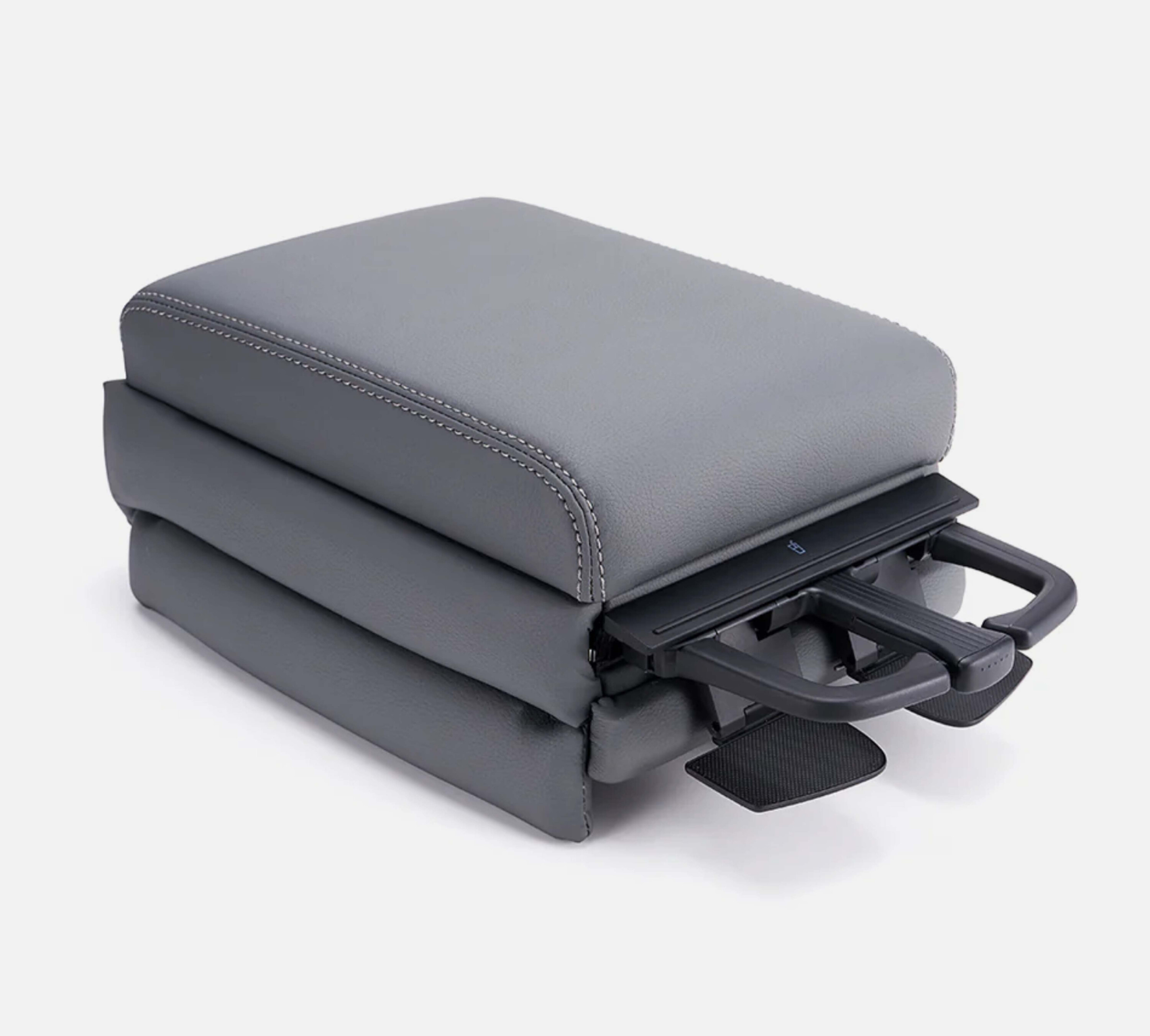
The centre console armrest includes two extra cupholders and an extra storage compartment for daily essentials. It is compatible with centre consoles that have a lid, including on the 76 Series, 79 double cab, some older 70 Series (Prado, Bundera), 60 Series and 80 Series.
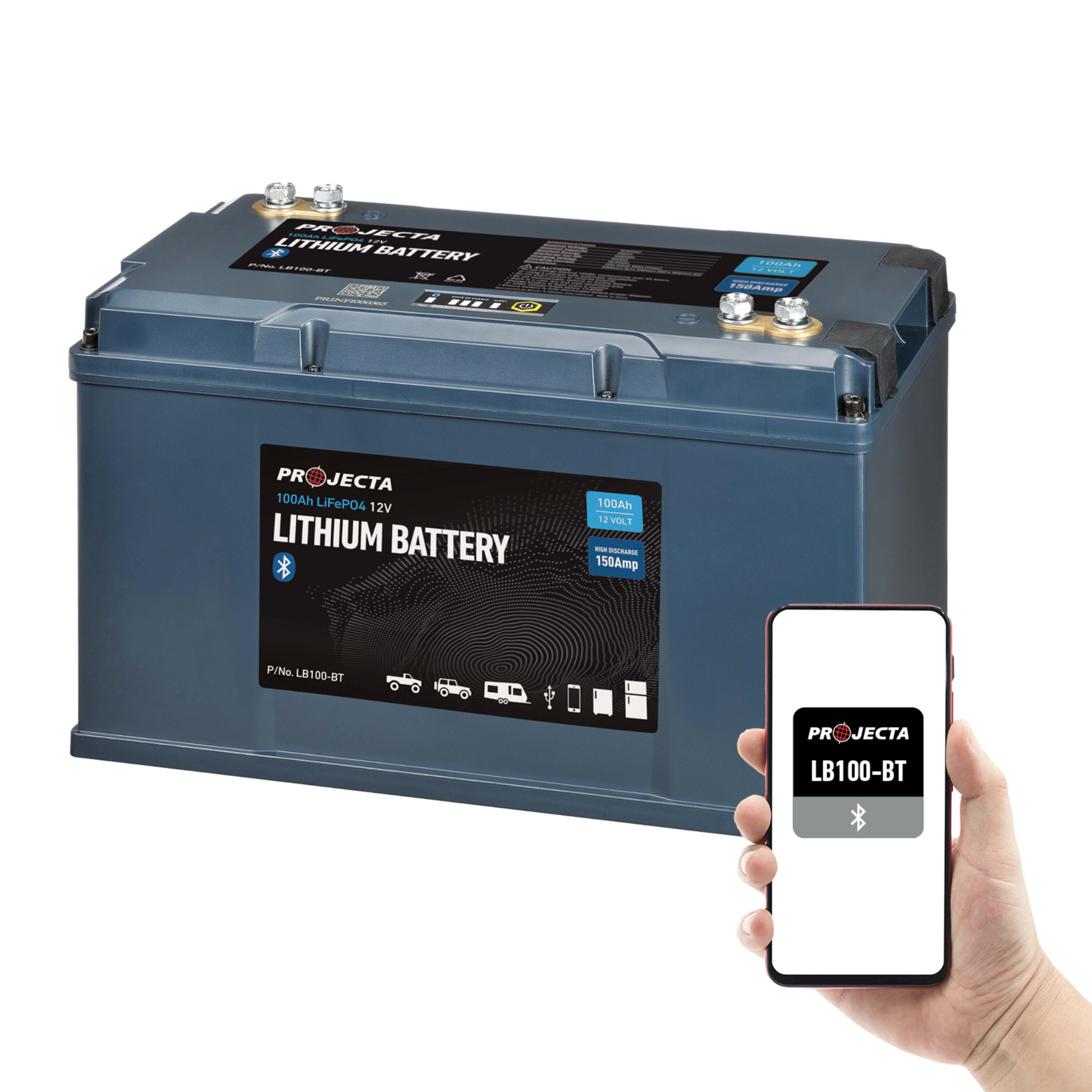
Features include overvoltage, undervoltage, overcurrent, high/low temperature and short-circuit protection, as well as LEDs to show state of charge and Bluetooth connectivity. The battery is covered by a five-year warranty.
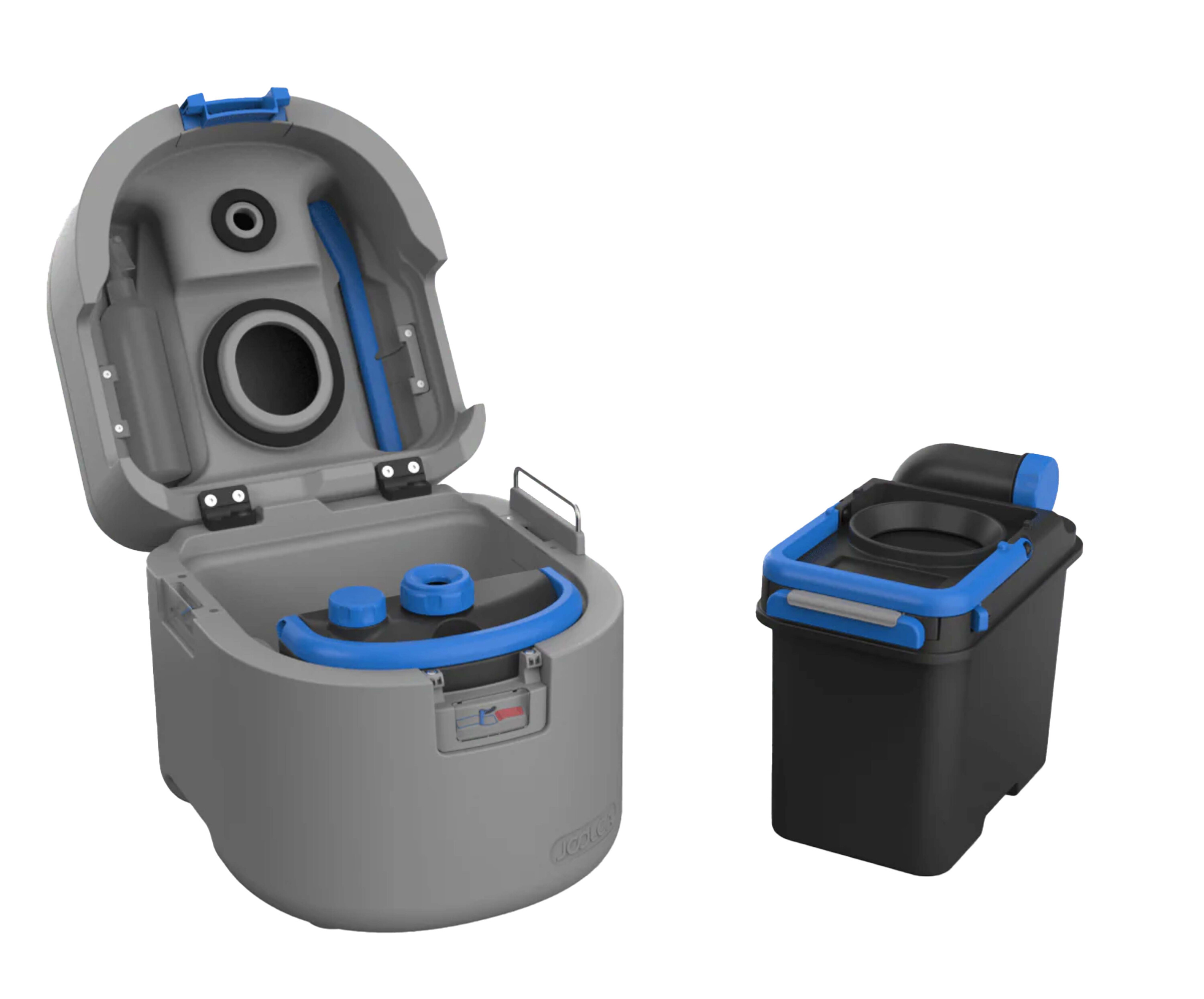
The GottaGo is airtight and leak proof, doing away with the smell, and is a lot easier and safer to empty than a standard camping toilet. It is also a non-flush toilet, as a spray of vinegar is all it takes to keep the bowl clean. Both tanks feature a level indicator to prevent overflow.
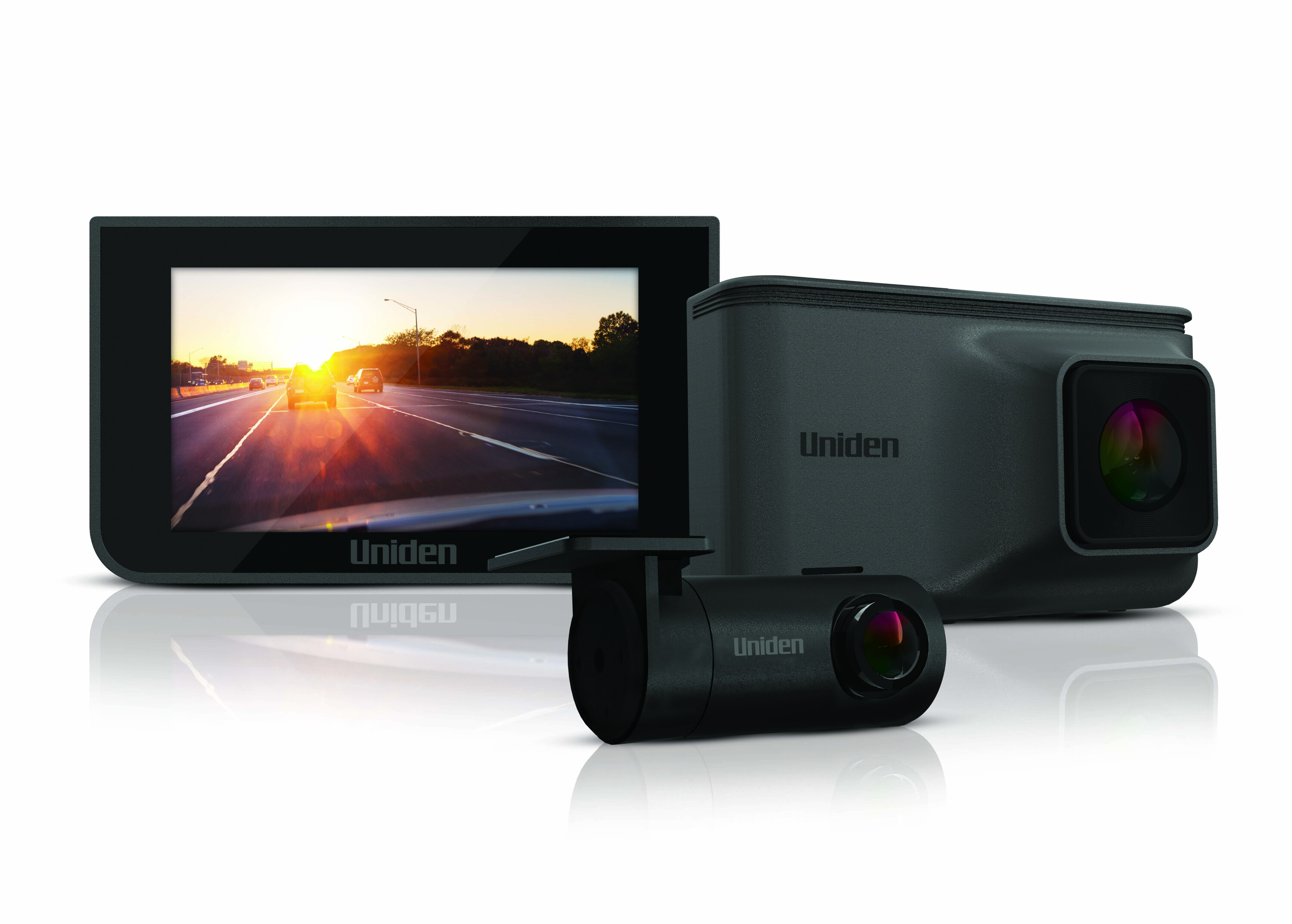
A three-axis G-sensor measures and captures acceleration and G-force impacts in three different dimensions, while an inbuilt parking sensor detects sudden vibrations that triggers footage recording even when the engine is off.
The iGO Cam 35 features a two-inch LCD colour screen and a full HD camera. For more visibility, the iGO Cam 45R has a three-inch colour screen, a 2K front camera and a full HD rear camera with Wi-Fi for easy data transfer. Both iGO units come with a sticker mount with a rotating design, for optimal visibility and stability.
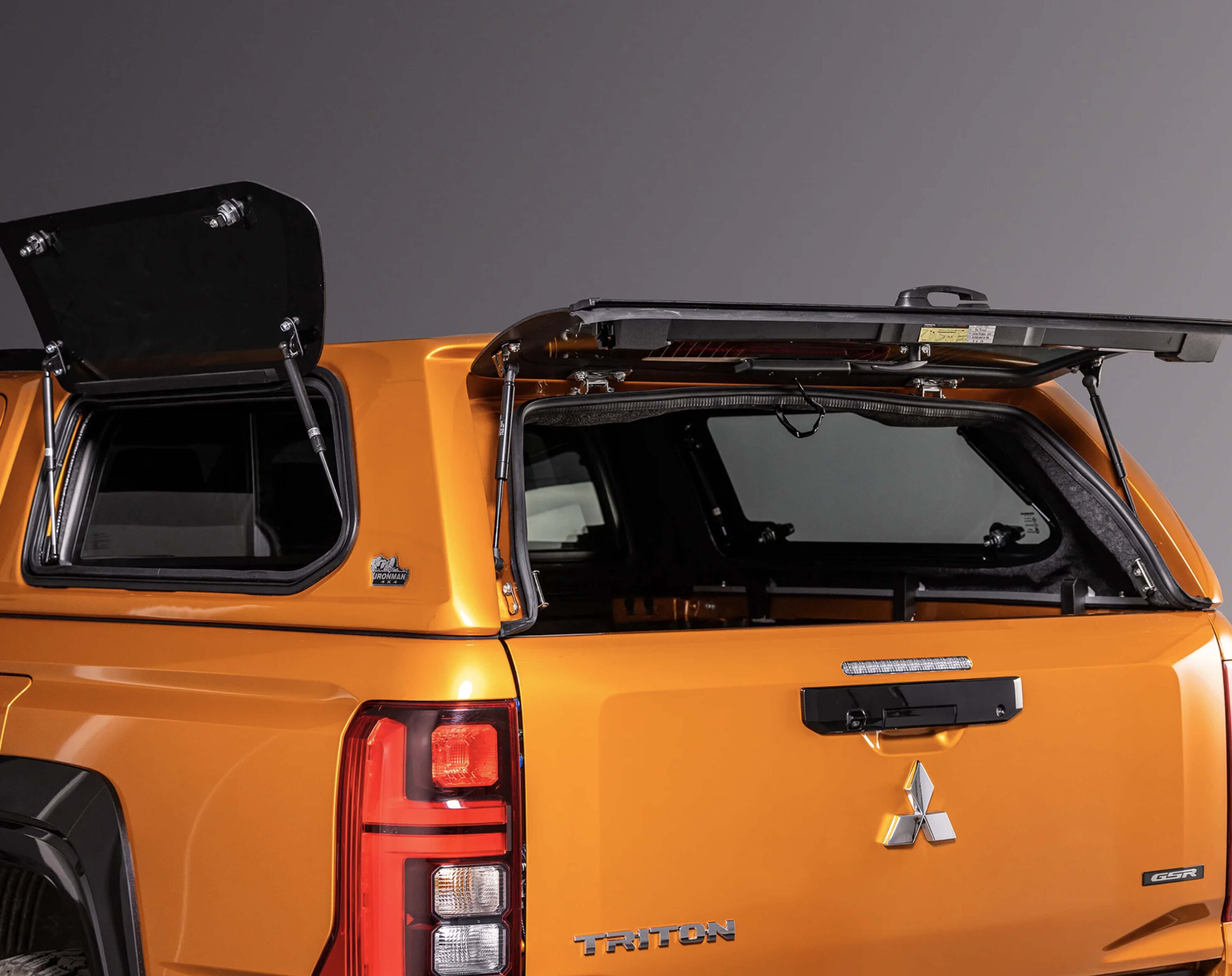
The Pinnacle 2 is equipped with a robust locking mechanism to keep your belongings safe and secure, and it is built tough with high-quality materials to withstand the rigours of off-road travel and harsh weather conditions. It has a 100kg roof load limit, allowing for the safe fitment of a roof rack to host your tent, awning and camp lights.
The Pinnacle 2 is designed to enhance the appearance of your Triton with a sleek and aerodynamic profile complementing its rugged capabilities. It comes with two lift-up side windows which can be opted out for sliding windows.
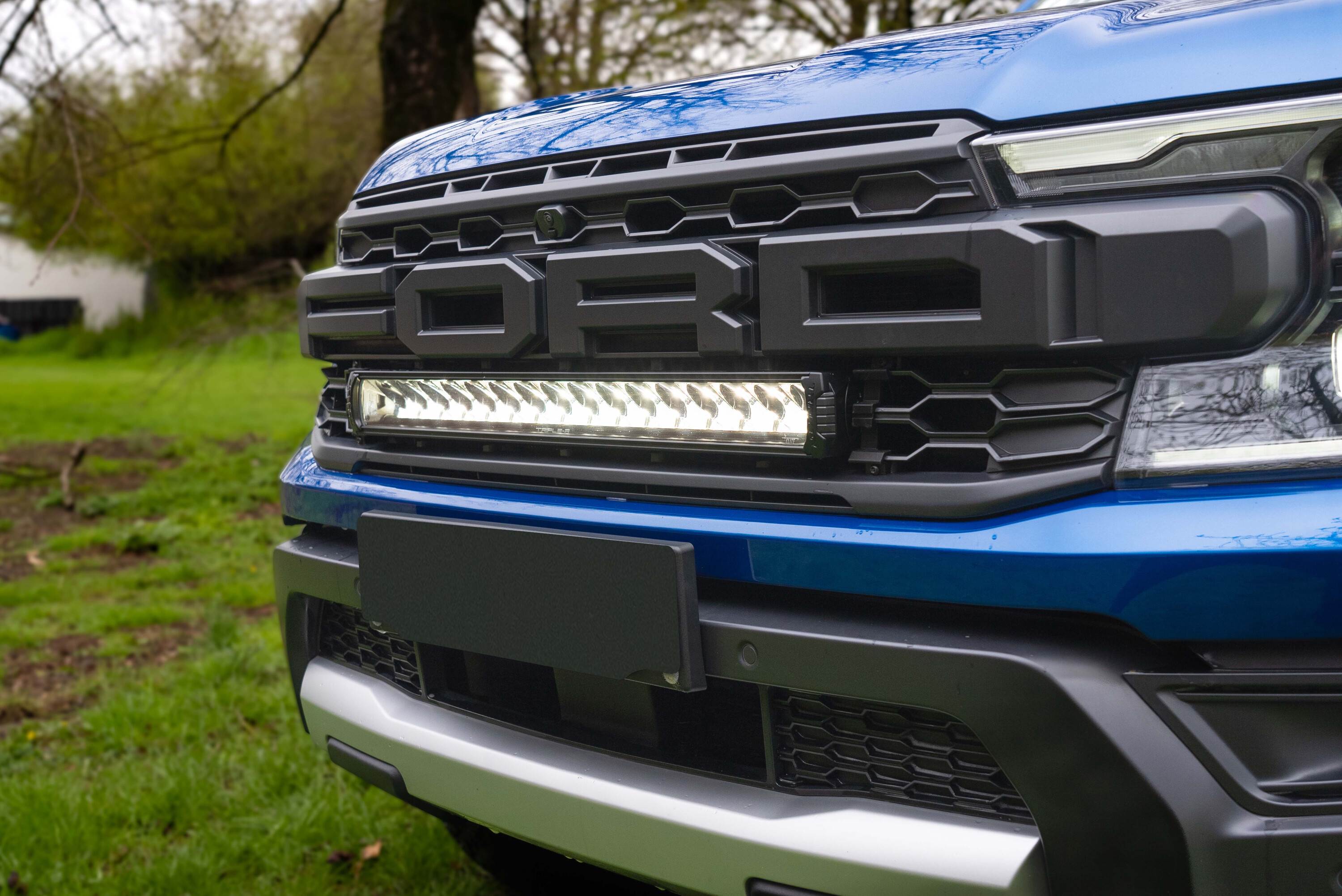
The Ford Ranger Raptor kit (MY2023+) includes a Triple-R 16 Elite High Performance LED driving light, wiring kit, and brackets precision-engineered to engage perfectly with the standard centre grille of the vehicle. The brackets are made from high-strength, UV-stable and chemically resistant composite material. The kit is covered by a five-year warranty.
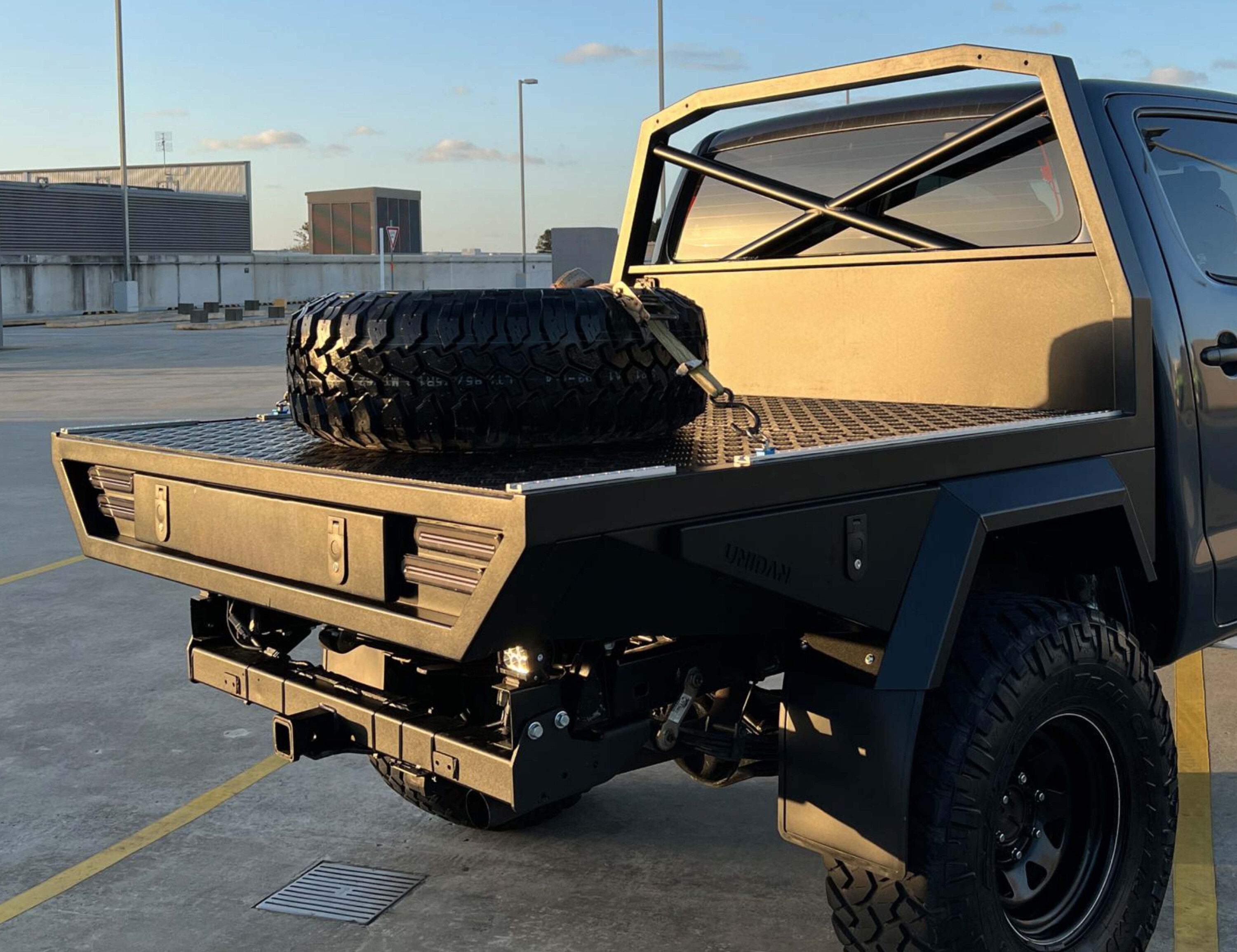
Whether you’re an experienced welder or a passionate DIYer, Unidan tray kits provide everything necessary to bring your unique vision to life. Each tray kit includes pre-cut, folded and deburred materials ready for a straightforward tab and slot assembly, eliminating the need for drafting designs or sourcing laser cutter and brake press suppliers.
The company’s first DIY product is a custom tray designed specifically for the Toyota HiLux dual cab, and is available with optional add-ons such as side storage boxes, a rear drawer, and a versatile ladder rack or canopy loop. Unidan Engineering says it is committed to expanding the range of accessories and models based on customer feedback and interest.
Well, tourism has well and truly been invented and many towns in north-east Victoria and southern New South Wales certainly benefit from visiting tourists seeking bushranger history.
The sites that now cater for visitors are well worth looking at, but it is still possible to get away from these popular places to get a true feel for the spirit of the life and times of the Kelly gang.

A young Ned Kelly served as his assistant. In May 1870, three police officers acting on information captured Harry at his hideout near what is now Powers Lookout.
Roads from Mansfield, Benalla and Myrtleford provide scenic access to Powers Lookout. Parks Victoria has recently made big improvements to the tracks, steps, ladders and lookout platforms which provide visitors with spectacular escarpment views over the Upper King River Valley and the Alpine National Park.
Picnic tables, fireplaces and toilets are available, but camping and dogs are not allowed. It is possible to seek out further trails and campsites in surrounding reserves, or camp at Stringybark Creek and drive across to Powers Lookout for the day.
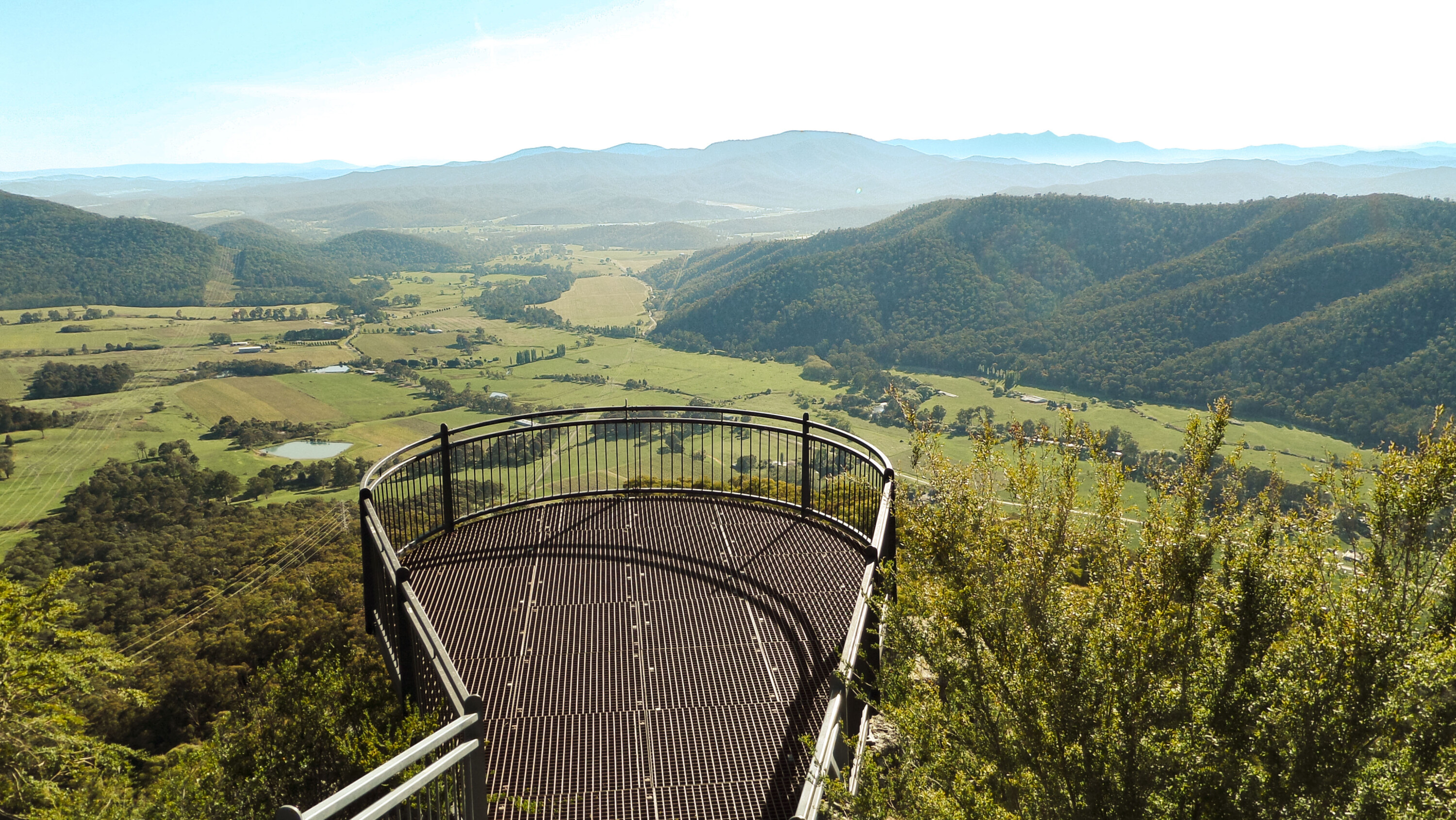
The site of this house was once visible from the road, marked by two obvious brick chimneys. These are now gone, and no sign of the house remains. Greta is still worth a visit though, as the final paragraph in the saga can be found here.
Ned was eventually hanged on 11 November 1880 in Old Melbourne Gaol and the body was buried on site. In 1929 Ned’s and other remains were exhumed and reburied in Pentridge Prison. In 2013 Ned’s remains were removed again and reburied in an unmarked site in Greta Cemetery. A headstone by the gate commemorates the event.
Following the incident at the house in Greta, Ned, brother Dan, Joe Byrne and Steve Hart took to the bush and the two-year Kelly Outbreak began.
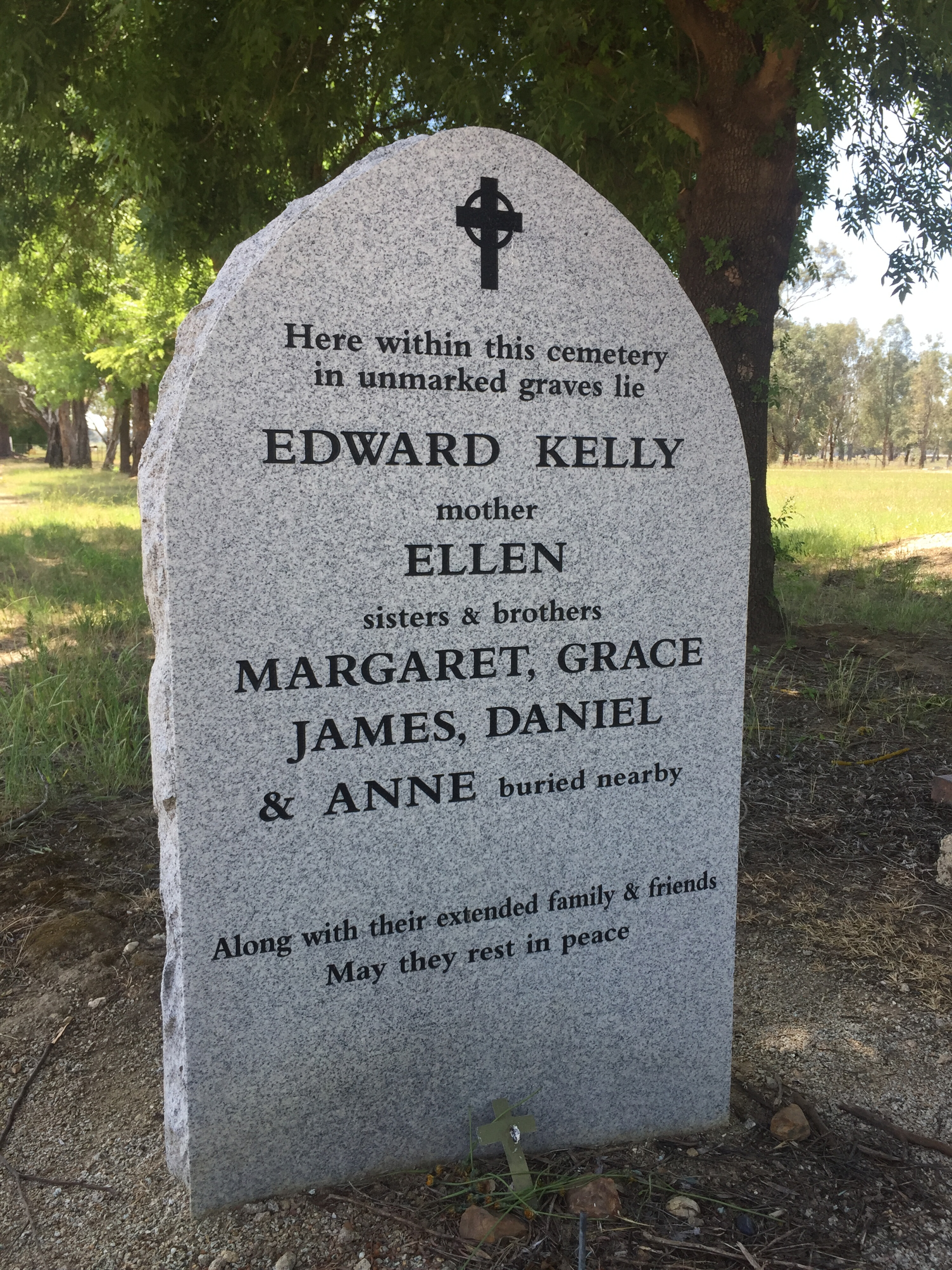
On 26 October 1878, Sergeant Michael Kennedy, Constable Thomas Lonigan and Constable Michael Scanlan were ambushed and killed in their isolated bush camp. Only Constable Thomas McIntyre survived to tell the tale.
Warrants had been issued for the arrest of Ned and Dan Kelly and two police parties were to converge on the suspected hideout in the Wombat Ranges. The southern party from Mansfield under Sergeant Kennedy was well ahead of the northern patrol. Kennedy’s party made camp at a clearing in the thick bush that had been used by gold miners in the past.
Ned and Dan and two mates, Joe Byrne and Steve Hart, were camped very close by and knew of the police presence and decided to strike first. They attacked the police camp and shot Constable Lonigan while McIntyre was taken prisoner.
When the other two policemen returned from patrol they too were attacked and shot dead. Sergeant Kennedy retreated while firing his pistol, but he was followed and shot by Ned. In the confusion, McIntyre escaped on Kennedy’s horse and eventually made his way back to Mansfield after a miraculous and fearful journey.
Ever since that day, visitors have been attracted to the site of the bush battle. At first a tree was marked and when it was cut down another was marked. It too fell to old age and so a nearby giant forked gum was carved with the inscription ‘1878 KELLY SHOT LONIGAN’.
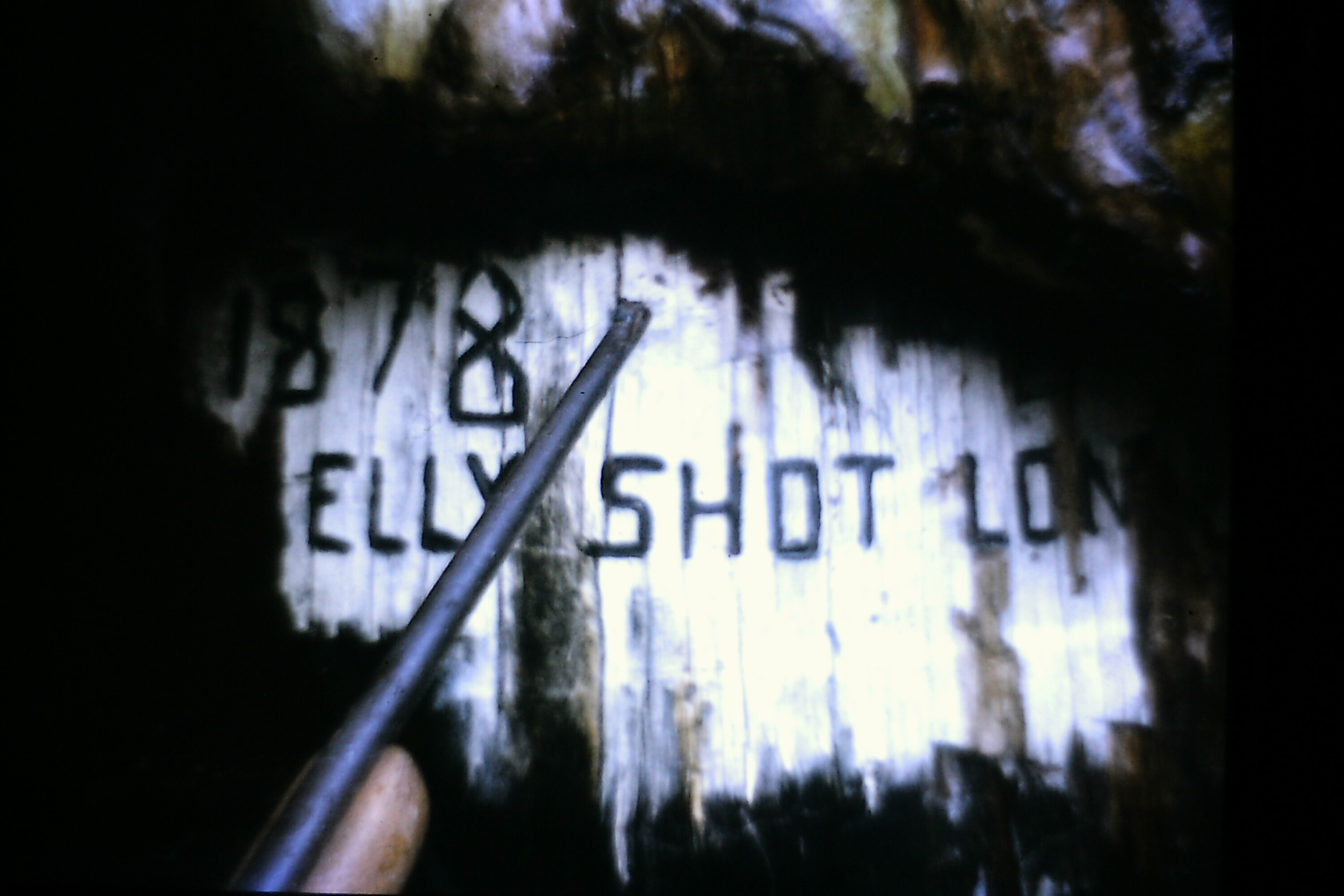
As the decades rolled by, the actual site of the camp and the battle was forgotten and now many interested people have different theories as to its precise location. A picnic area was developed last century at the most likely site and today that site is seen as the most probable location.
In 2017 the official Victorian government comment was, “Significant research over many years by individuals and groups has suggested different sites as possible locations where events unfolded. Much of this research continues and remains contested.”
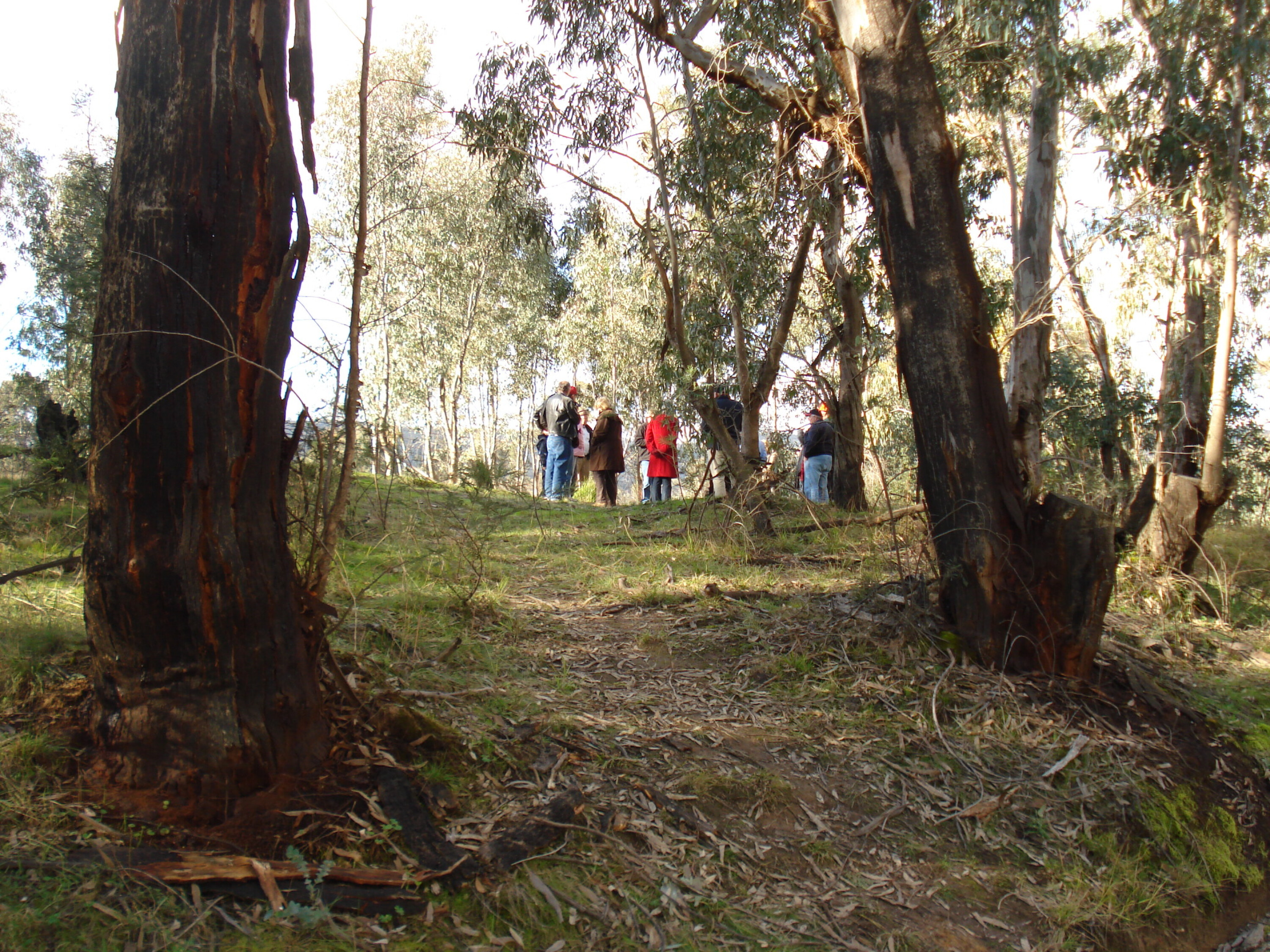
Work commenced in August 2018 to enhance infrastructure and signage at the site to better reflect the historical importance of the location. Wonderful results have been achieved.
Where previously the site was mainly a picnic area with a memorial plaque, it is now mainly a memorial zone with a couple of picnic tables in one corner.
The location now has the feeling of quiet contemplation and reverence. The carpark and toilet are up on the roadway and as you cross the road and read the large information board, which overlooks the clearing, the spirit of the place starts to overtake.

Three tall markers describe the three slain officers with stone curved benches to aid contemplation as you read. The spirit of the site can be very strong here at dusk, the time of the ambush.
Adjacent to the memorial is a circular stone wall with six information panels describing the events of those tragic days in chronological order. Here too the stone wall provides contemplation space.
Perhaps the most innovative aspect to the whole site and the most interactive for visitors is the pathway leading northward out of the clearing following the last desperate attempt by Sergeant Kennedy to escape destruction. This is also McIntyre’s escape route, and his information board is located here.
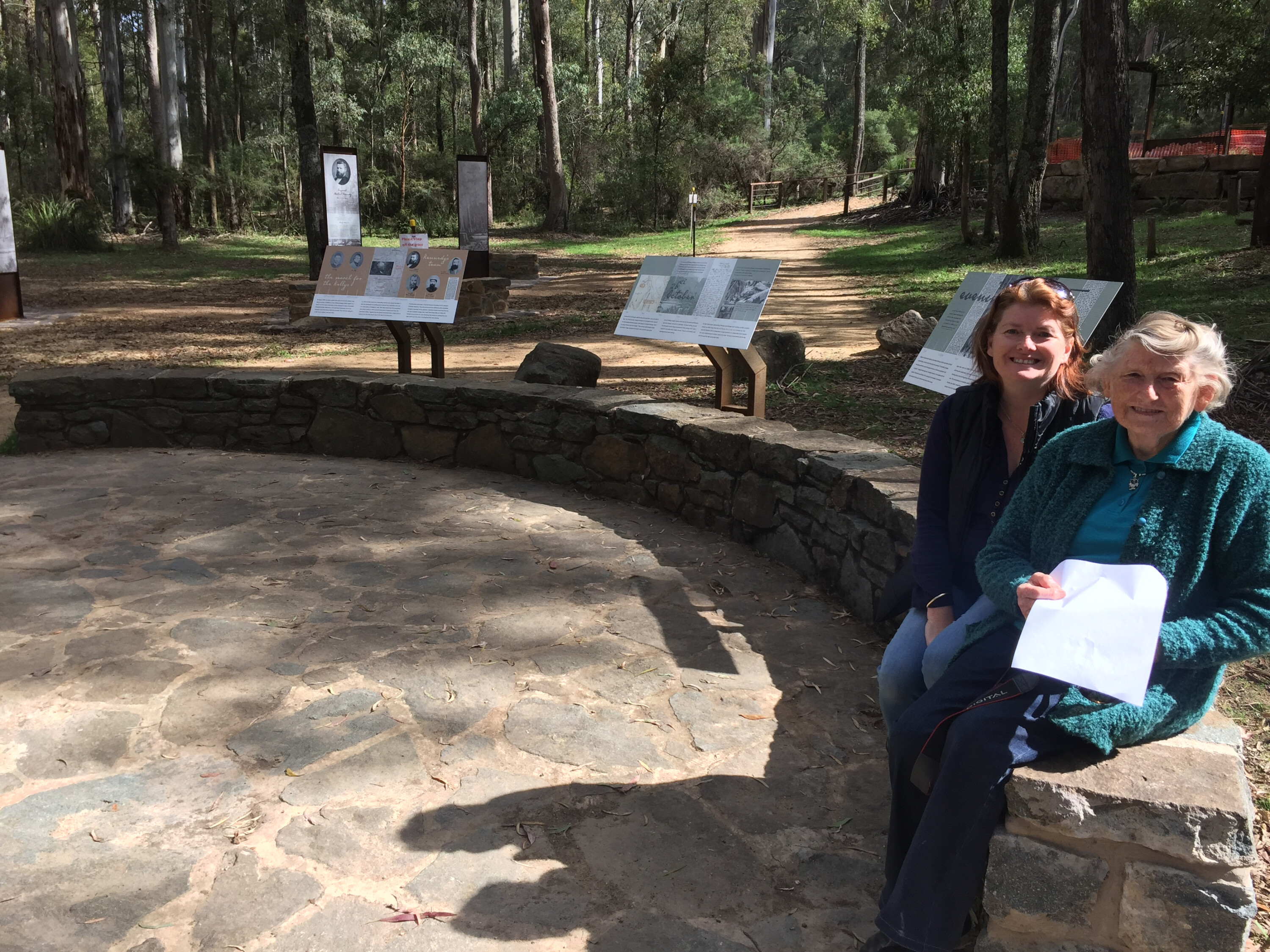
Adults can use their imagination to try to understand what was going through the mind of the pursued Kennedy and the minds of the pursuers, Ned and Dan Kelly.
This is a real historic interactive experience for visitors. No bells and whistles, just the wild bush, and the imagination can span those 146 years. Children will appreciate the real experience if it is explained well to them.
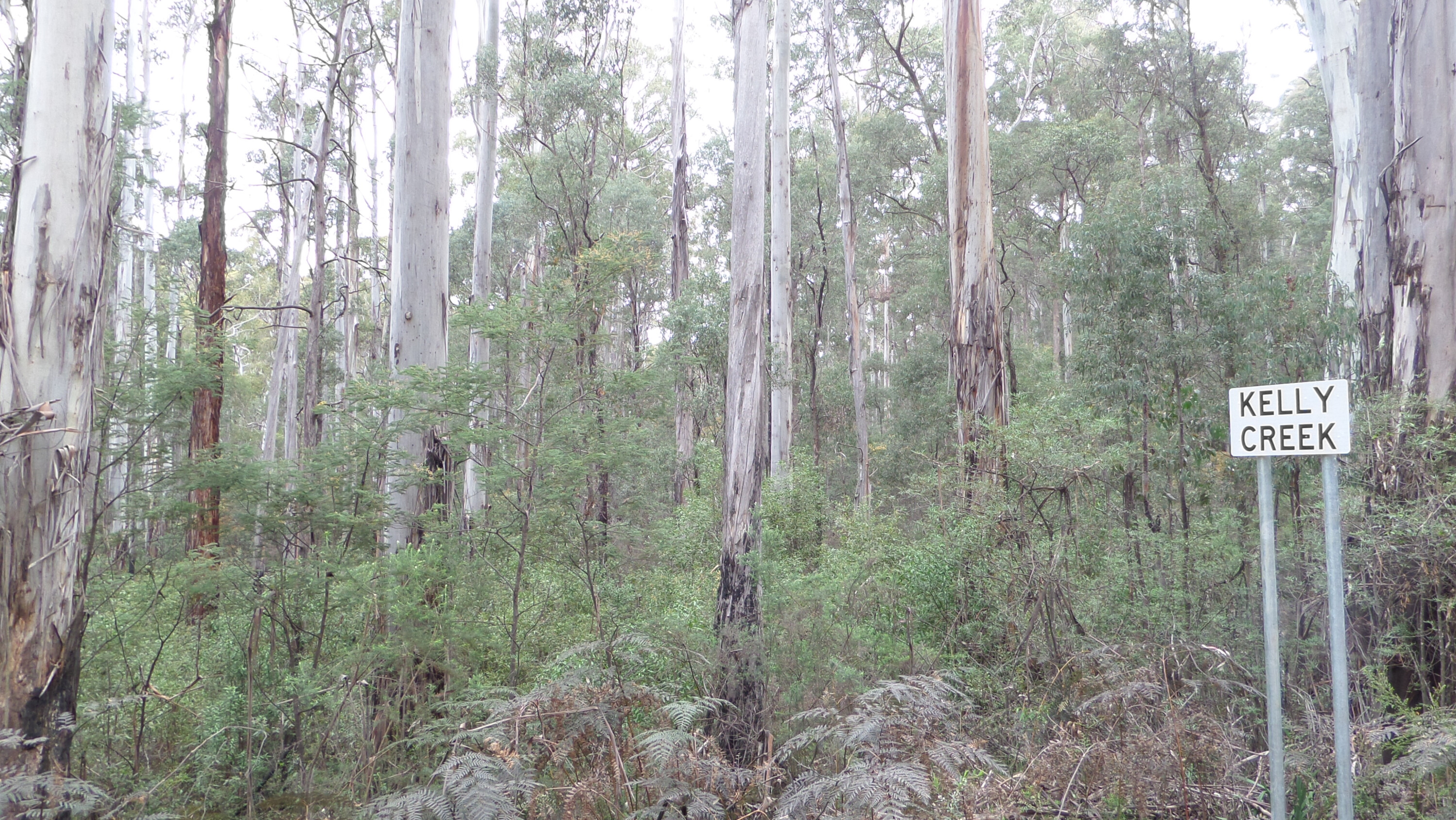
Kennedy reached a point somewhere in this thick bushland before he was overtaken by Ned and shot at close range. An information sign marks a possible site and of course there is a large contemplation rock bench.
The track continues to a sign explaining the fortified Kelly hut and hideout that was located across the Germans Creek divide at Bullock Creek (now Kelly Creek).
The circular walking path now crosses the road and descends some steps to follow Stringybark Creek down to the Kelly Tree. Some researchers think that the police camp was in this area. The tree has an information sign, and it is fun for kids to discover Ned’s helmet peering out from the encroaching bark tomb.
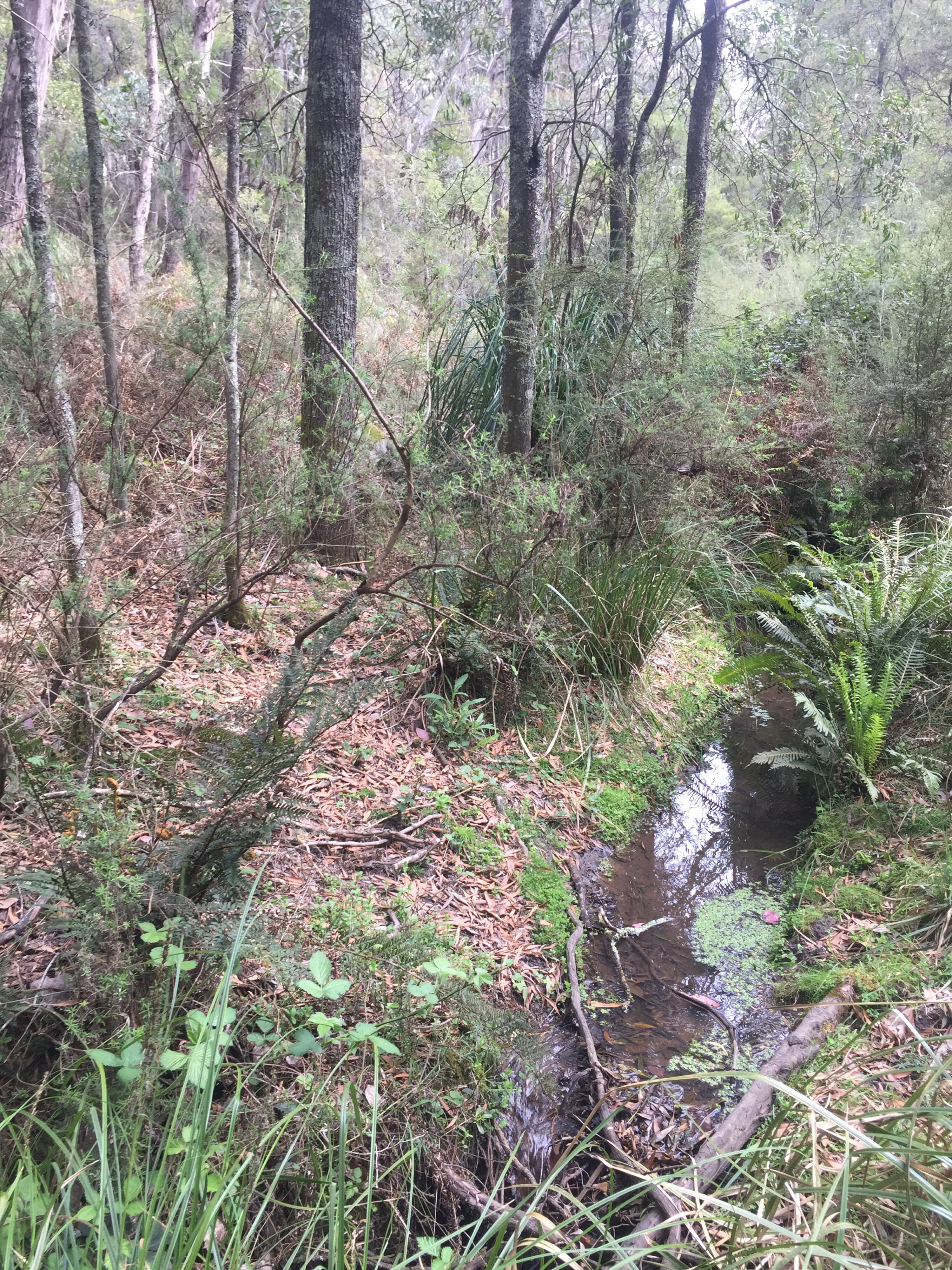
The track now returns to the memorial clearing. A track over a small bridge across the creek leads a short distance up to the adjacent camping area which is not visible from the memorial site.
This is one of the best free isolated forest camping areas that you will find. There are plenty of bushy nooks or wide-open grassy spaces to choose from. Toilets and a picnic shelter are provided but no water. Firewood from the surrounding bush is plentiful. The access road is just south-east of the Stringybark Creek Road.
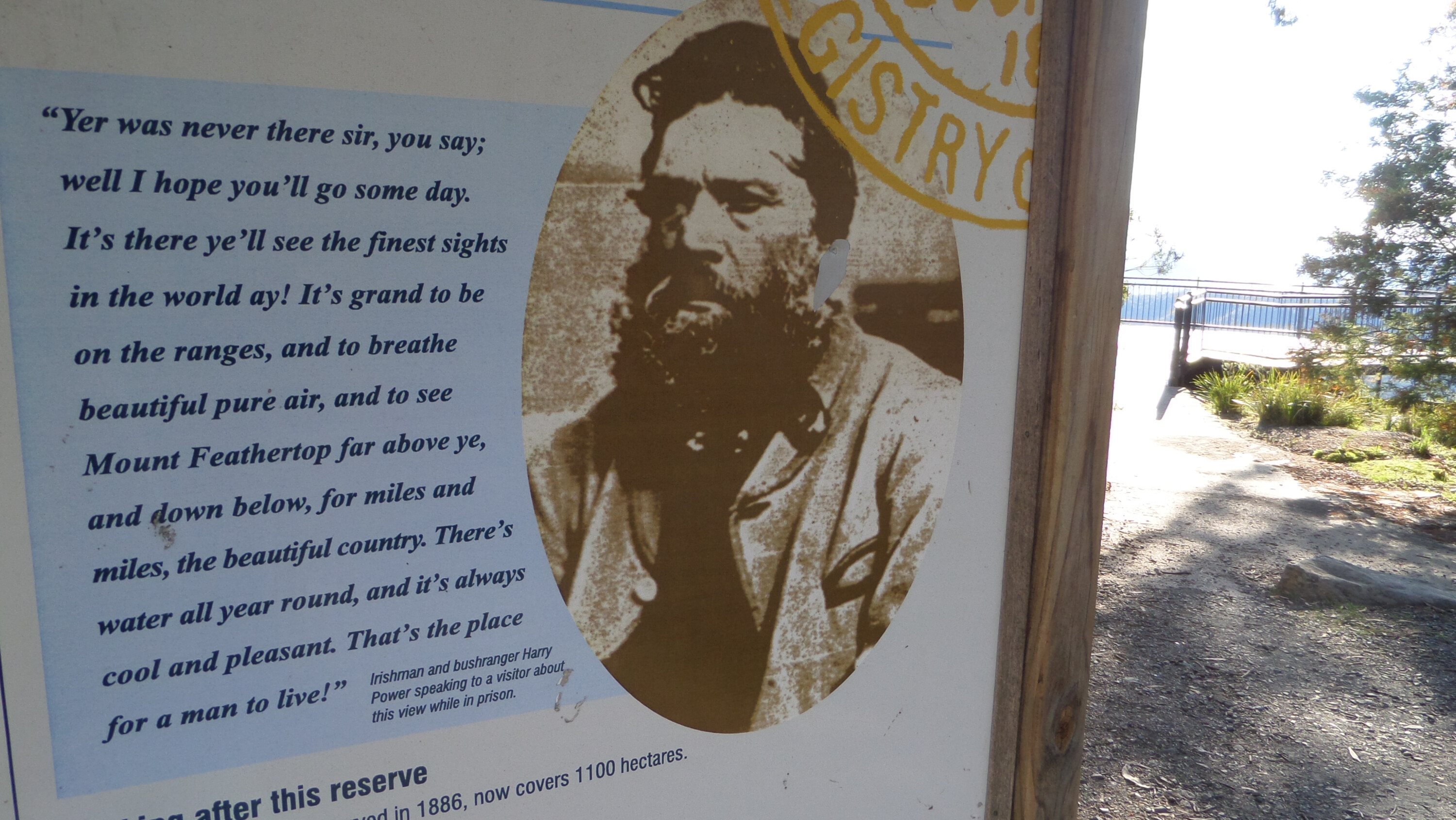
Follow the rough track just north of the Germans Creek crossing almost opposite Madhouse Road.
Take the right branch at the dirt pile. There is nothing left at the scenic bushland site. When the creek is reached the hut was thought to be located to the right where the old sawmill sawdust pile can be seen.
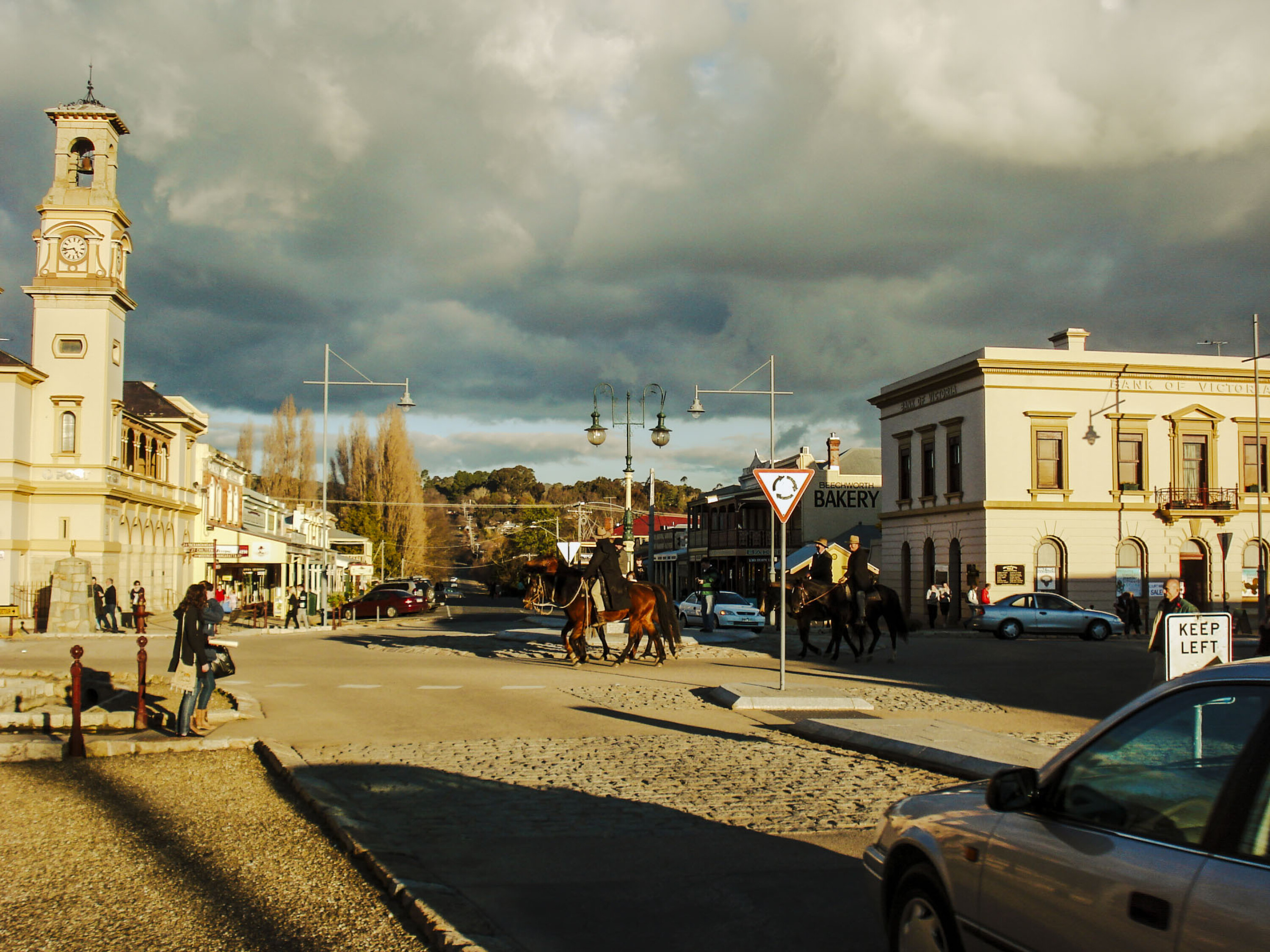
In Mansfield you can visit the graves of the policemen and see their monument in the main street. It was dedicated while the Kelly Gang was still at large.
Stringybark Creek is well signposted. From Benalla, travel into the Toombullup State Forest via Tatong. From Mansfield travel via Tolmie. Both access routes have steep sections with narrow gravel roads. Timber trucks work in the area. If towing, the Tolmie access may be best with 11km of dirt road to the site.
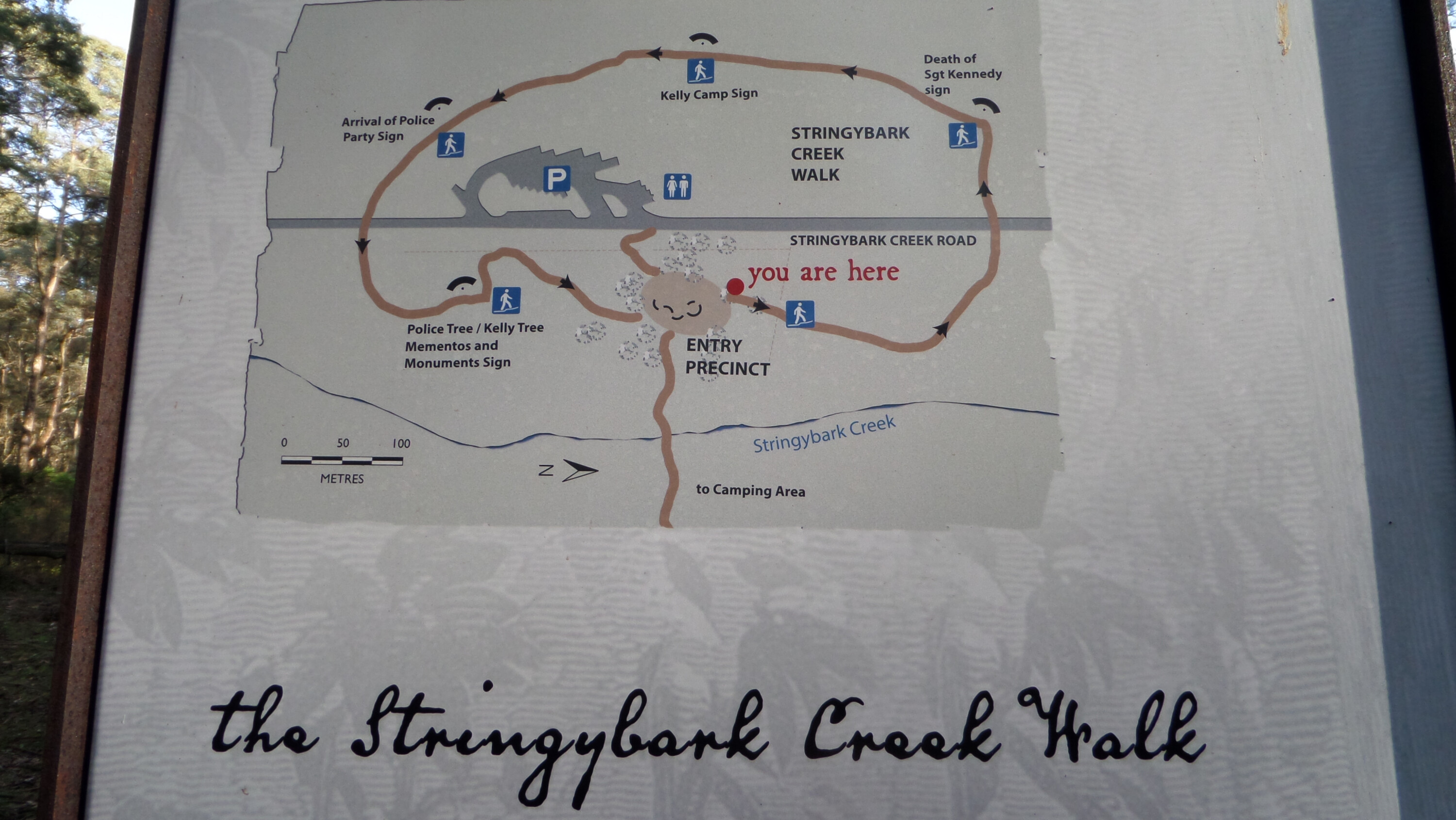
Robbing a bank or two would solve the financial problems and these raids were carried out with utmost skill and planning. A base of operations was established, hostages taken, surveillance undertaken, and worthwhile proceeds stolen.
No one was physically injured, and the gang got away clean. In both cases, similar amounts were stolen – over 2000 pounds. This amount has been compared to an average worker’s lifetime earnings over 50 years.
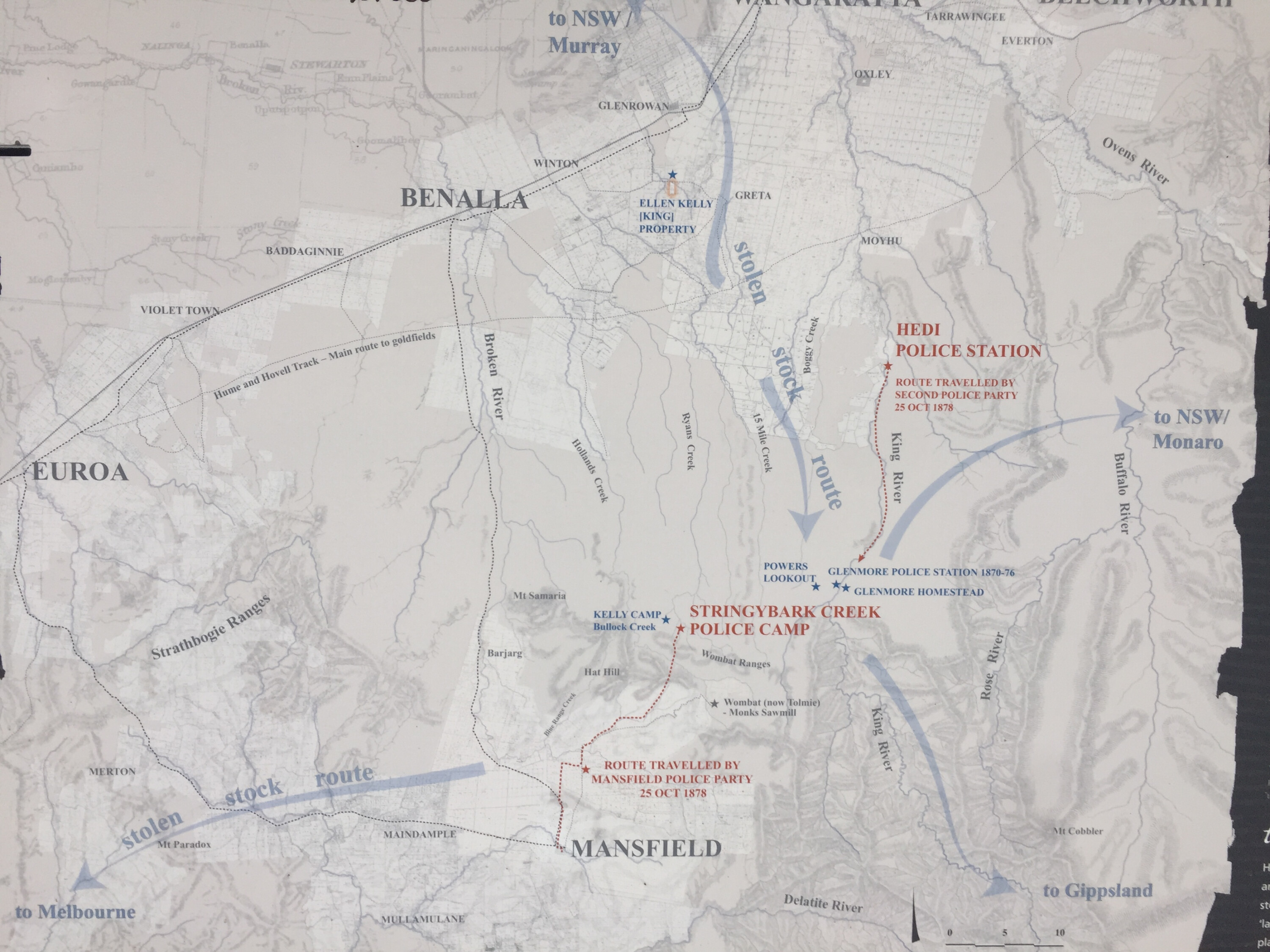
Jerilderie, NSW, like Euroa, is also now minus the bank building, though some sites and buildings remain. These include the Post and Telegraph Office which was disabled by the gang.
Other sites are the police station and stables, the courthouse, the Royal Mail Hotel and the Bank of New South Wales site.
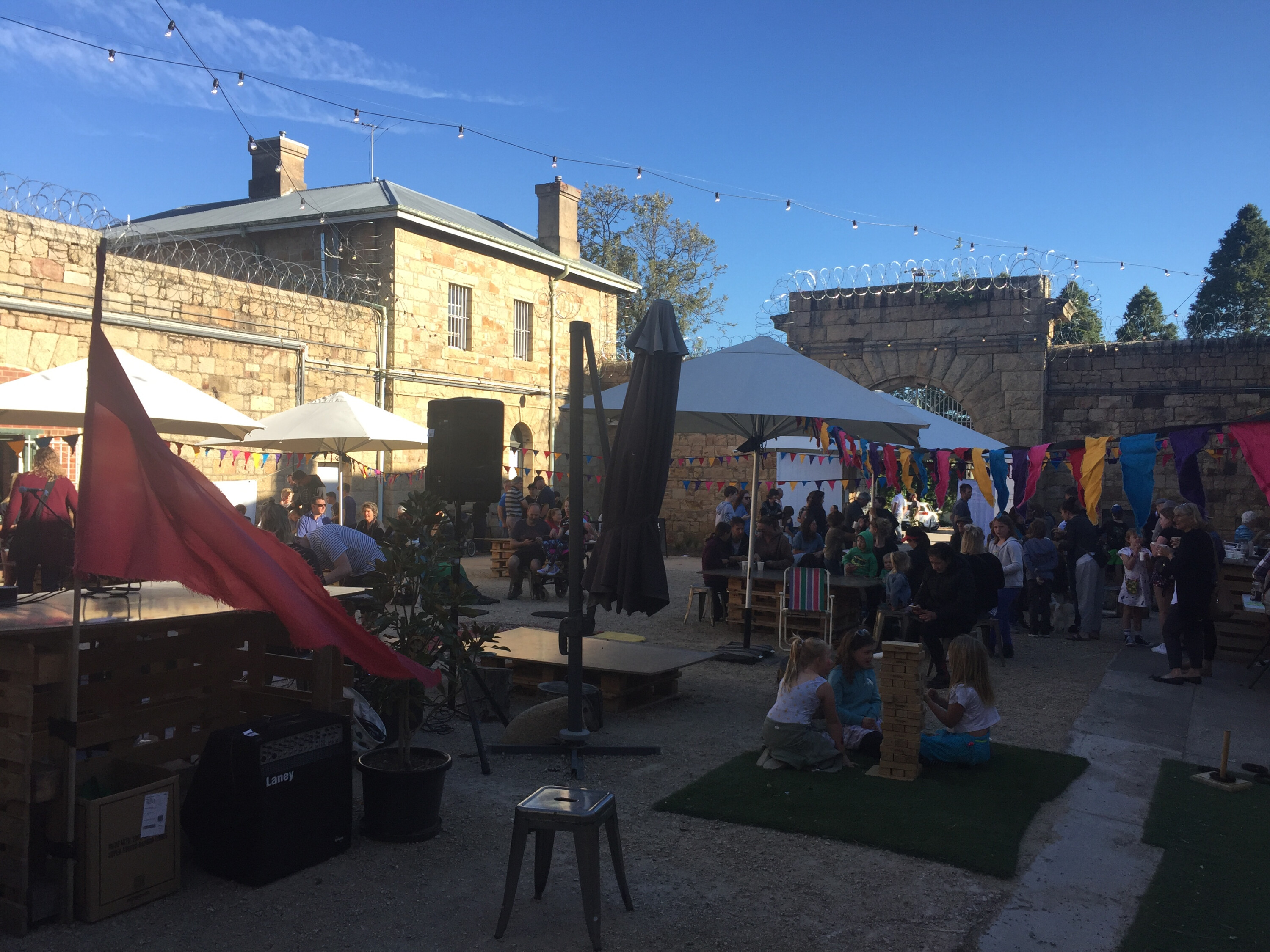
To entice the police train to a derailment site of his choosing, he plans the murder of Aaron Sherritt, who was once a friend but who has now turned police informer.
Sherritt is murdered at his hut in the Woolshed Valley below Beechworth and the trap is set. The Woolshed Road can be accessed from Beechworth via the Wodonga then Chiltern Roads. Many sites along this old goldfields route have been marked with information signs.
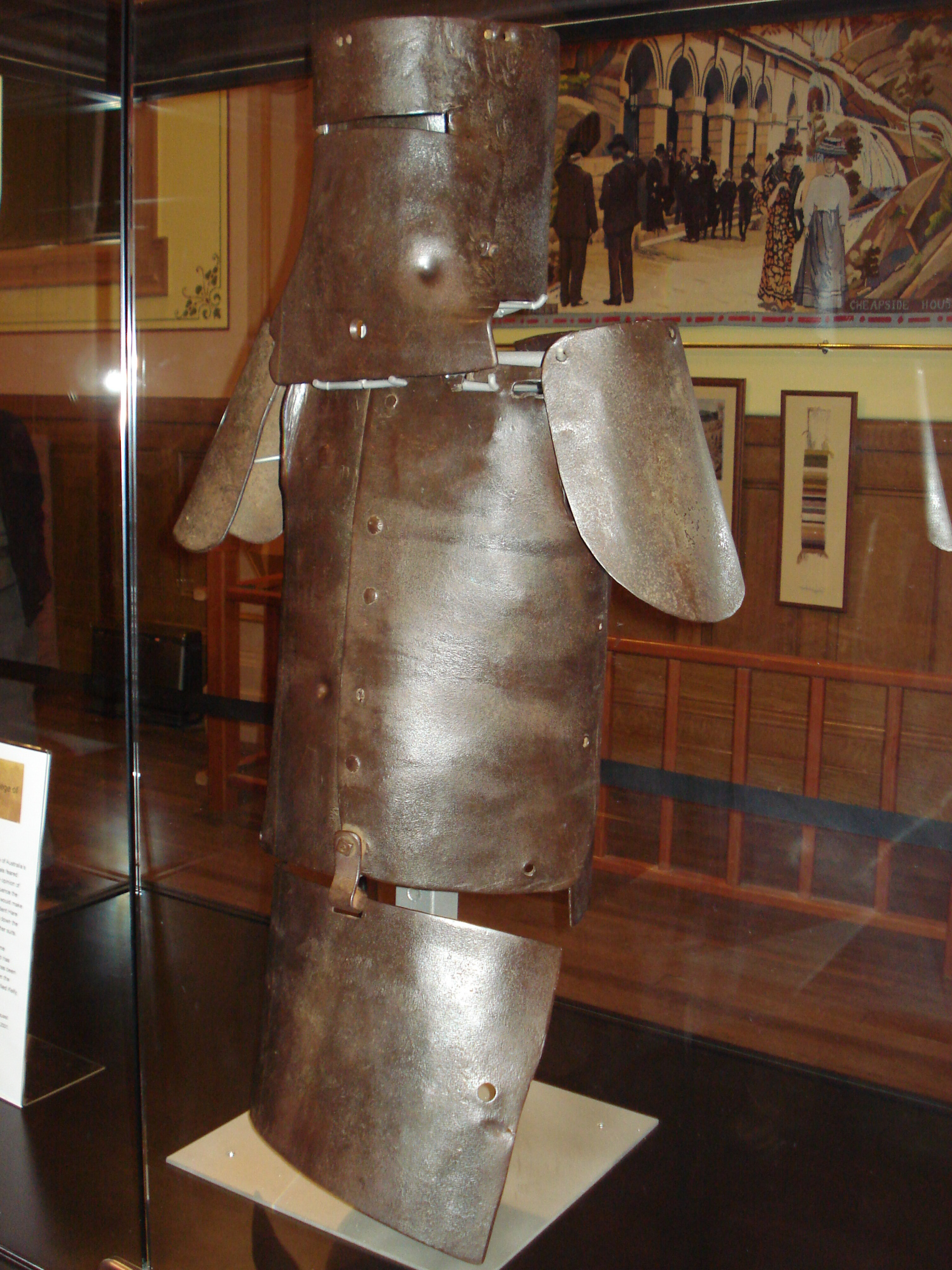
A little way on after cresting a small rise and cutting is the site of the Sherritt hut on the right, between the road and the fence. Look for ground depressions. The site is usually not marked, as signs disappear. A day can be spent exploring the history along rough roads through to El Dorado.
Beechworth retains numerous Kelly buildings and sites, and caters well to visitors. Historic buildings and sites include the gaol, now open for tours, courthouse, museums and historic walks and drives.
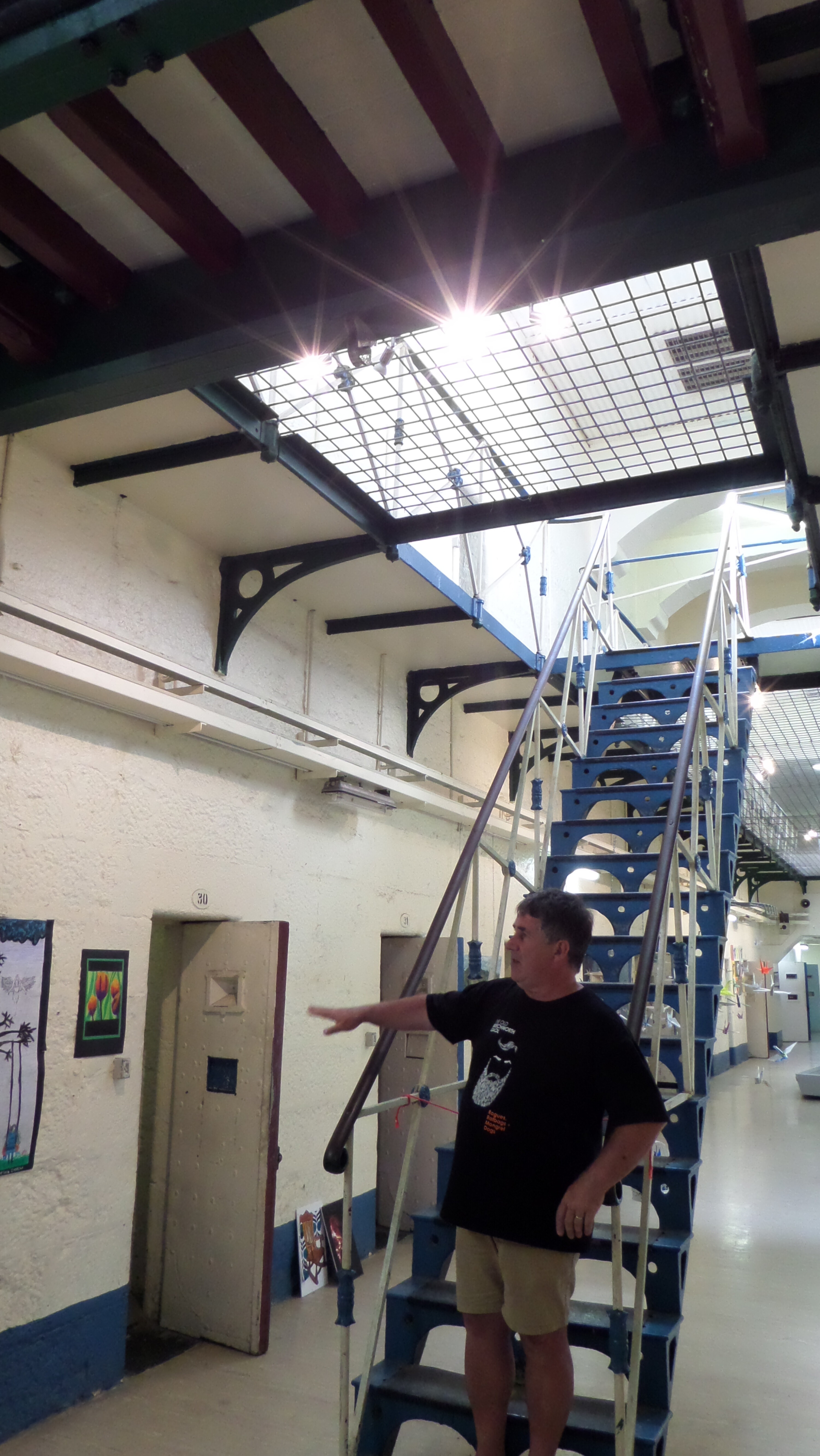
Now this has all come together with the new Glenrowan Viewing Tower, a circular elevated platform, located in the Lions Park in the centre of town. The tower gives an overview of the battlefield, as well as information on the events of June 1880.
Glenrowan is where the Kelly story reaches a climax. The police train was saved from derailment, the outlaws in their bush-made armour fought the police, three outlaws died along with civilians caught in the crossfire, and the besieged hotel was burnt down.
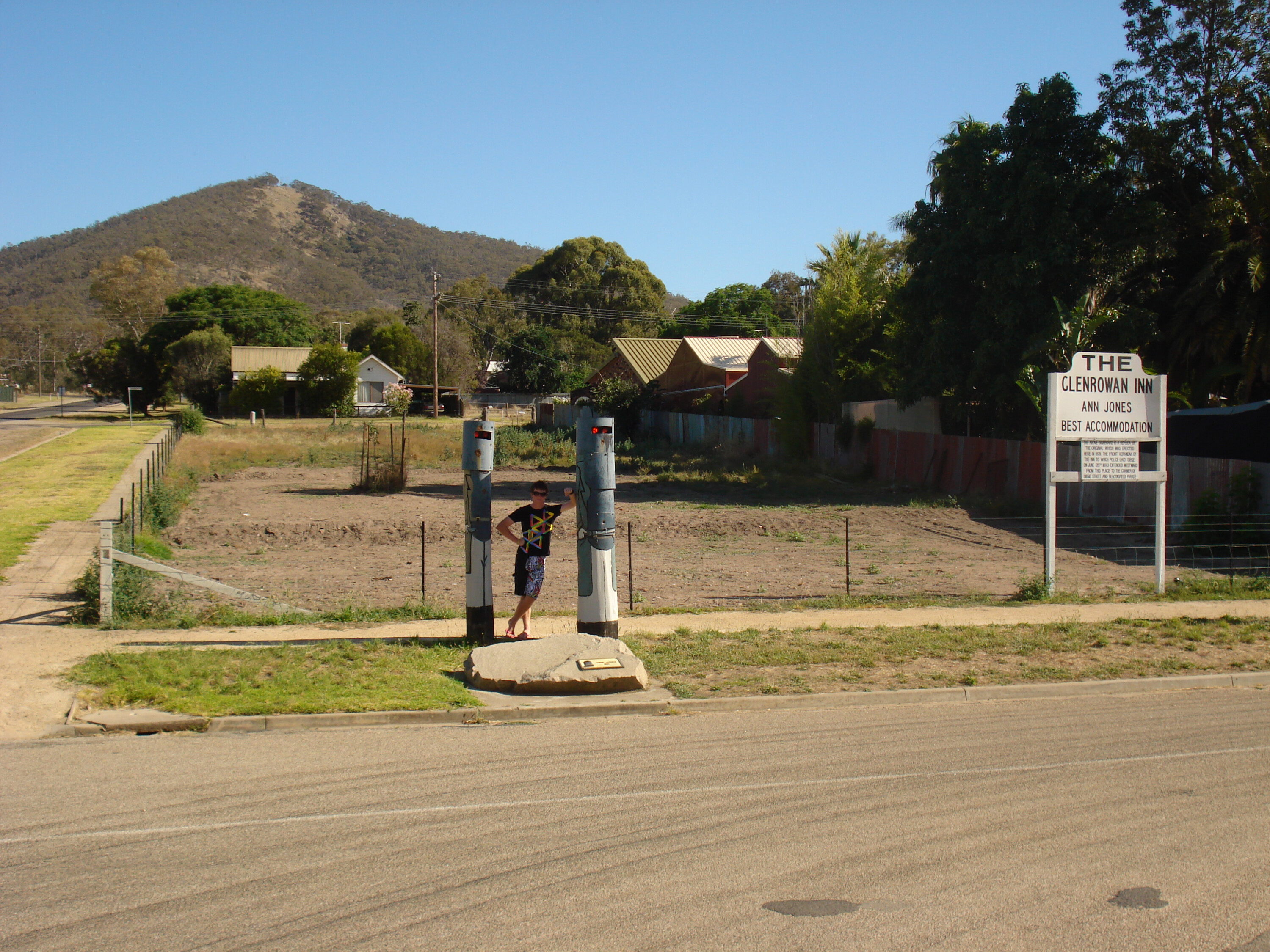
For the complete story, a visit to the big smoke is required, where you can visit the gaol and view the armour. Ned’s suit is in the State Library, Joe Byrne’s is in a private collection, while Dan Kelly’s is in the Police Museum and Steve Hart’s armour can be seen in Old Melbourne Gaol.
Amazingly, it took until 2002 to reassemble the pieces, the first time since 1880, into the probable original configuration. On rare occasions the four sets are displayed together. I have been lucky to experience this event twice.
Brochures covering Kelly Country touring are available throughout the region.
Gregory Powell is the author of Bushranger Tracks and Bushranger Tracks – Beyond the Legends.
The Victorian company has brought to market two new Navara-specific Aussie-made products: the HSP electric roll-top cover, and HSP rear tailgate central locking system.
The HSP electric roll-top cover – designed, engineered and manufactured in Australia – provides an ideal storage solution. The automatic cover retracts or covers at the push of a button, either via the tub itself, a key fob, or the HSP mobile app. Two models are available, to suit Navara models fitted with and without a sports bar.
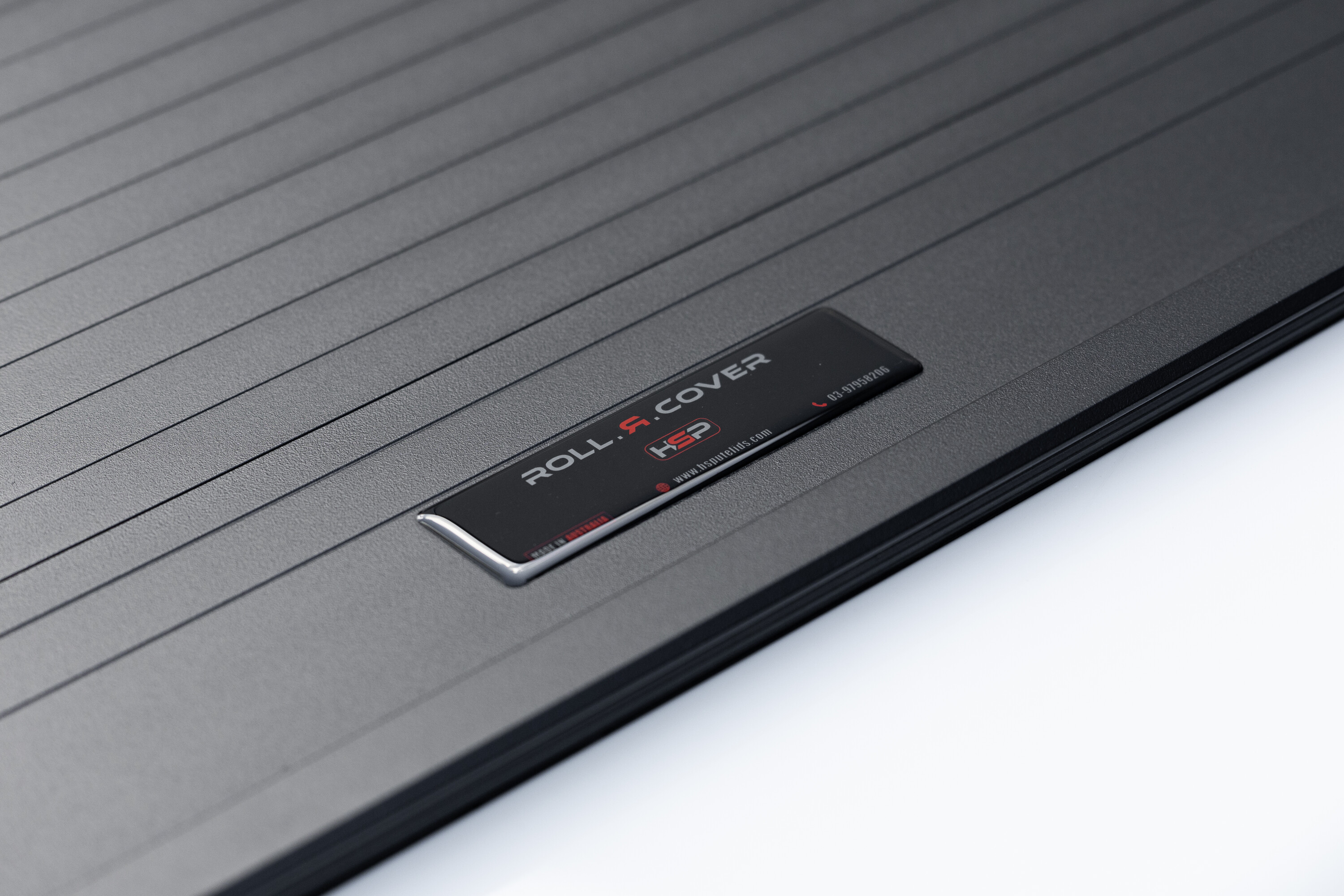
The HSP rear tailgate central locking system simply adds the convenience of locking or unlocking the rear gate with a key fob.
“We know how important accessories are to our Navara owners, which is why we’re always looking to grow our extensive catalogue with options that make Navara ownership even more rewarding,” says Nissan Oceania’s Aftersales Director, Michael Hill.
“HSP is an Australian company that’s been producing quality equipment for three decades, with a wide range of Navara-specific accessories adding further versatility to this proven workhorse.”
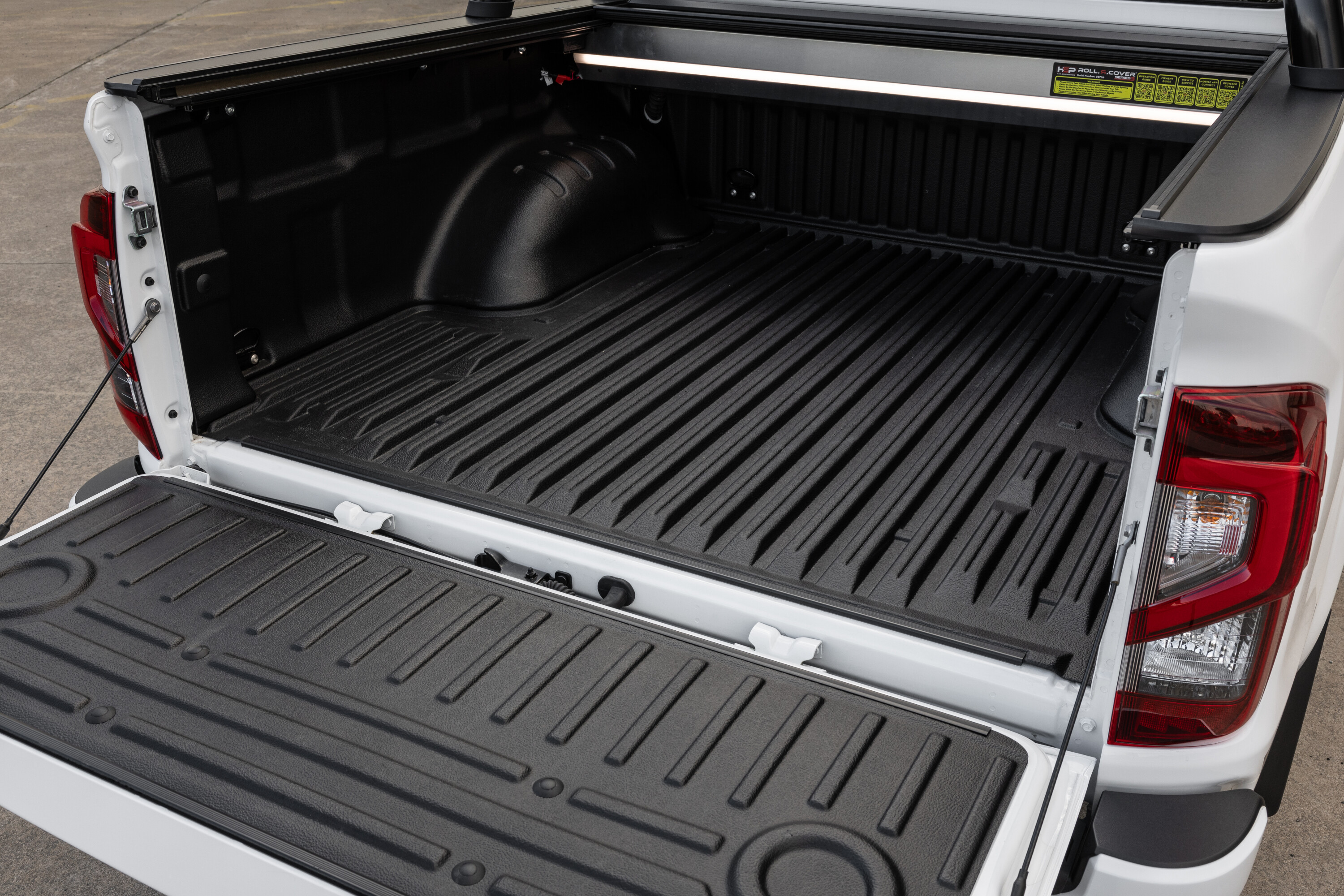
The new off-roader is based on the brand’s TNGA-F underpinnings shared with the ‘full-size’ 300 Series Cruiser and Lexus GX. Those reading in other parts of the world may be a little confused – in the United States, there is now only one LandCruiser, the 250 Series that we call the Prado.
With the new 250 Series Prado adopting the same GA-F underpinnings as the 300 Series, the gap between jumbo and junior has closed significantly – the pair share identical wheelbases.
The 250 Series moves its spare tyre under the floor with no on-the-door option. It’s 95mm longer than the old Prado and the same interval wider, as well as 10mm taller and riding on a 60mm longer wheelbase. Toyota’s bigger LandCruiser also boasts better off-road credentials, with an extra 24mm ground clearance and preferable approach/departure angles.
| Dimension | Landcruiser Prado 250 Series | LandCruiser 300 Series (Sahara) |
|---|---|---|
| Length | 4925mm | 4980mm |
| Width | 1980mm | 1980mm |
| Height | 1870mm | 1950mm |
| Wheelbase | 2850mm | 2850mm |
| Ground clearance | 221mm | 245mm |
| Approach/departure angles | 31/22u00ba | 32/25u00ba |
Back to top ⬆️
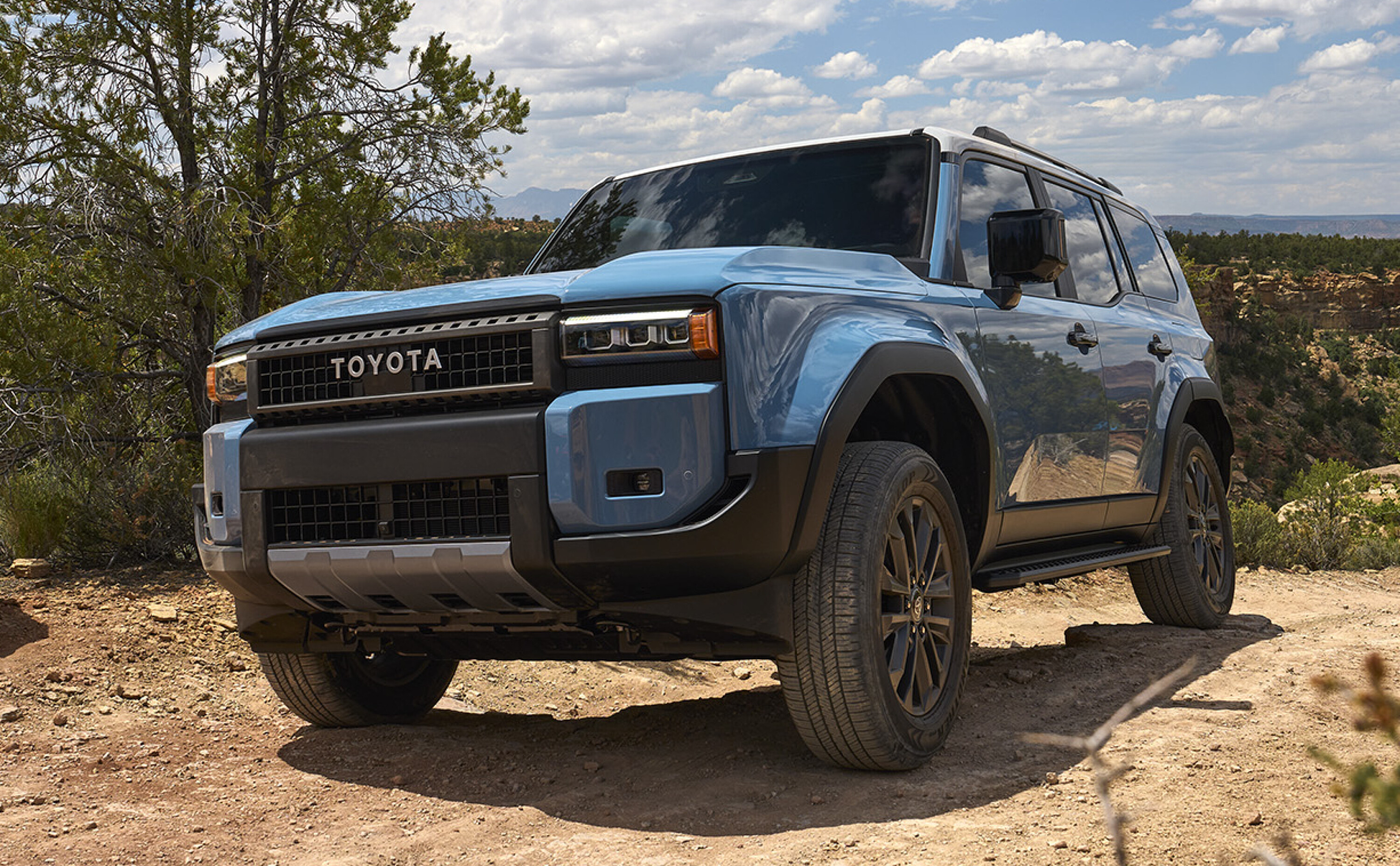
Its 50 per cent more rigid frame promises to increase the Prado’s overall stiffness by 30 per cent compared to the old 150 Series that was launched in November 2009, aiding ride, handling and response. The Prado also scores a new button-controlled front sway-bar disconnect feature (different to the old hydraulically-operated KDSS) that allows greater articulation for the double wishbone independent front axle. A four-link solid rear axle remains at the back.
This is a very similar setup to the 300 Series, which also has a double-wishbone front and solid rear axle. The 300 Series’ E-KDSS (on GR Sport variants) is also electronically controlled, but not by the driver. Instead, software calculates when sway bars need to be disconnected.
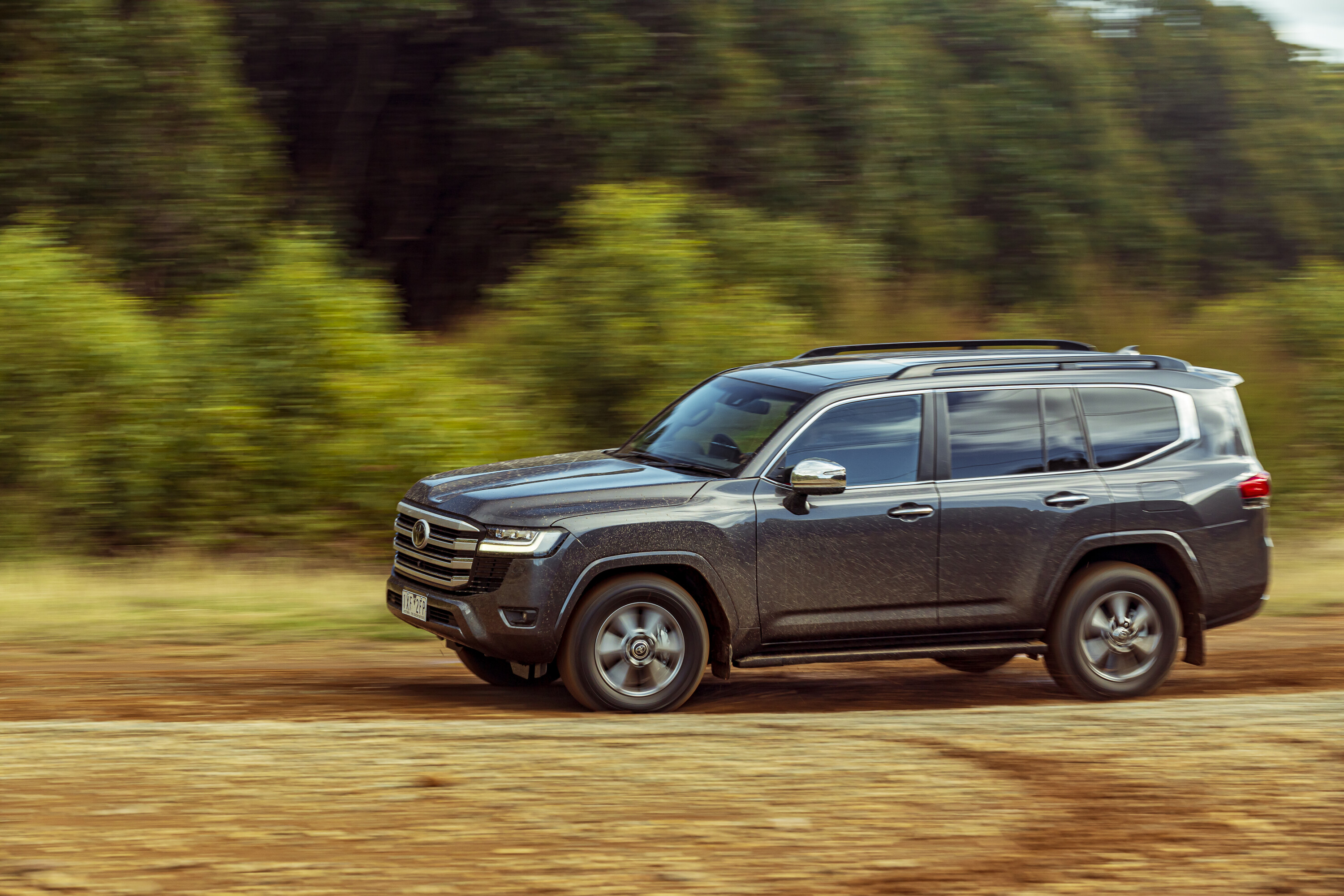
The new LandCruiser 300 Series is certified to tow a load up to 3500kg with trailer brakes installed. An unbraked trailer maxes out at 750kg. Depending on the variant, the 300 Series LandCruiser’s payload fluctuates between 650kg (VX/Sahara/GR Sport) to 785kg (GX).
Toyota Australia has officially announced the new Prado will offer a 3.5-tonne braked towing capacity, matching the latest Ford Everest and Isuzu MU-X.
Back to top ⬆️
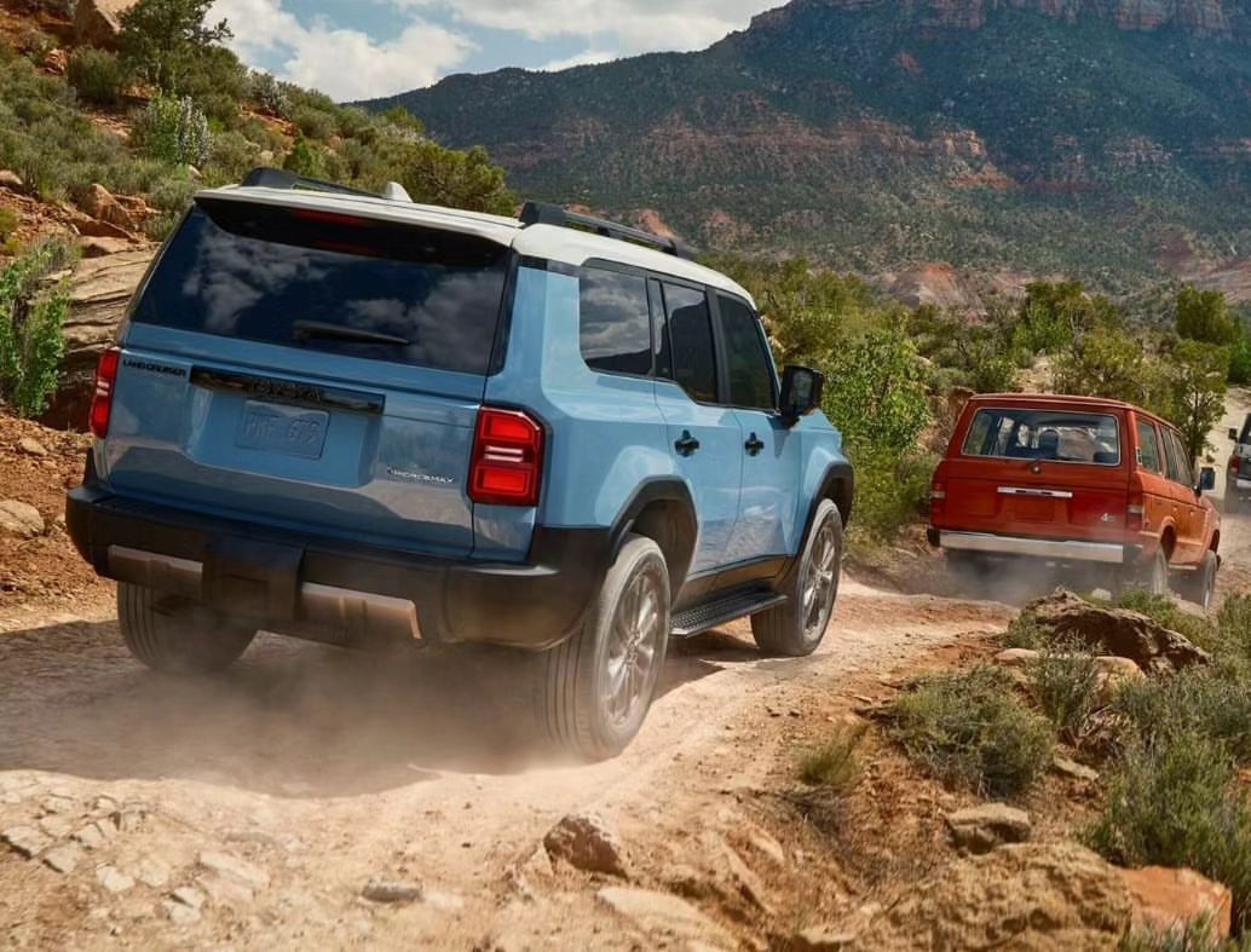
In Australia, the new Prado moves from its old sturdy six-speed automatic to an eight-speed Aisin unit. In North America, the Prado employs a 2.4-litre turbo-petrol hybrid that produces 243kW and 630Nm. This limits towing capacity to around 2700kg – not ideal for Australia’s demands, so it’s off the cards for now.
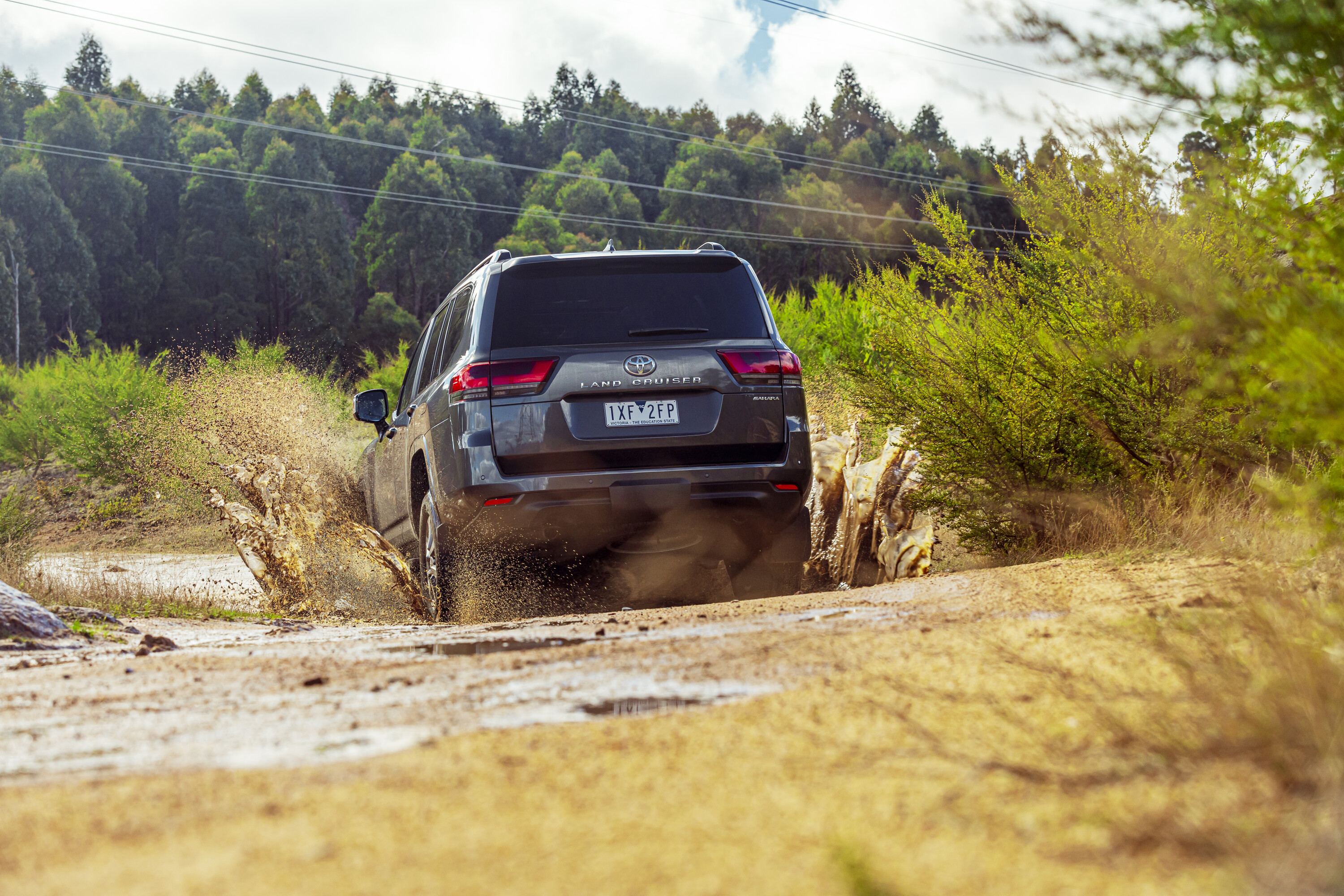
It is a little unfortunate the Prado isn’t equipped with a turbo V6, or hybrid petrol, to give it a leg up on rivals such as the torquey Ford Everest, and further differentiate it from the Fortuner/HiLux. The LandCruiser 300 Series, though, does get the big motor. A 3.3-litre twin-turbo diesel V6 effortlessly churns out 227kW and generates 700Nm between 1600-2600rpm. With a 10-speed torque converter auto onboard, the tractable 300 Series retains on-paper supremacy over the junior Prado.
Toyota confirmed the new Prado’s combined average fuel consumption is now 7.6L/100km, an improvement on the outgoing model’s 7.9L/100km. This 0.3L/100km change is largely thanks to the addition of V-Active technology.
| Specifications | LandCruiser Prado 250 Series | LandCruiser 300 Series (Sahara) |
|---|---|---|
| Engine | 2.8L turbo-diesel four-cyl mild-hybrid | 3.3L twin-turbo diesel V6 |
| Transmission | 8spd automatic | 10spd automatic |
| Power | 150kW | 227kW |
| Torque | 500Nm | 700Nm |
| Claimed fuel use | 7.6L/100km | 8.9L/100km |
| Kerb Weight | TBC | 2630kg |
| Payload | TBC | 650kg |
| Towing Capacity (braked) | 3500kg | 3500kg |
Back to top ⬆️
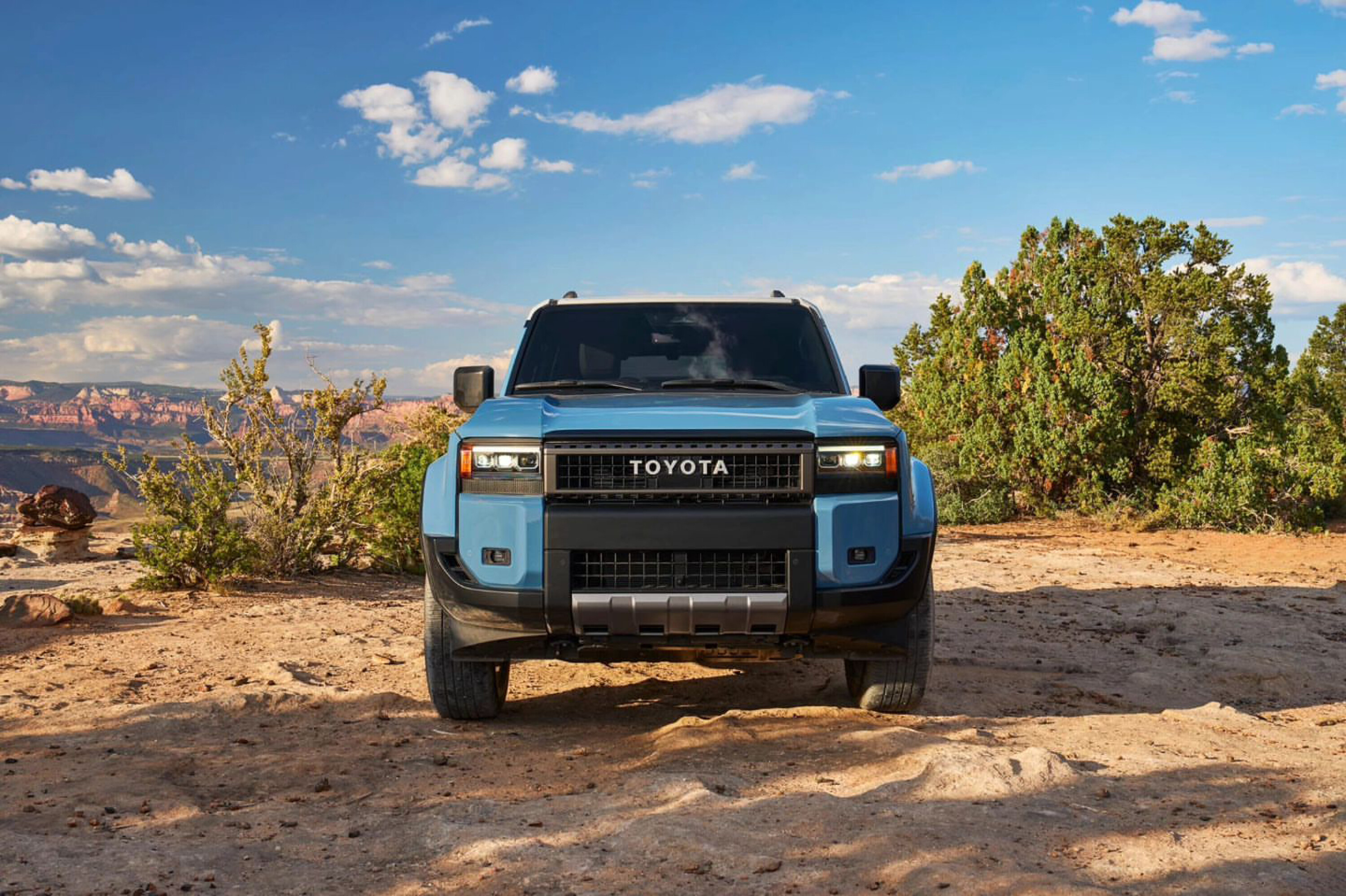
Blocky squoval cabin design details, integrated twin screens, and Toyota’s signature automatic gear-shift feature in both. Choosing either the 250 Series or 300 Series means you can have five- or seven-seats, variant dependent. Various trim levels of Prado will be offered, with exact grades to be determined next year.
New features across the Prado line-up include a larger 12.3-inch infotainment system, a 7- or 12.3-inch instrument cluster display (up from 4.2-inch), wireless Apple CarPlay and Android Auto, Toyota Connected Services, a 360-degree camera system, front and rear parking sensors, USB-C ports, a 220-volt power outlet, and standard climate control.
Back to top ⬆️
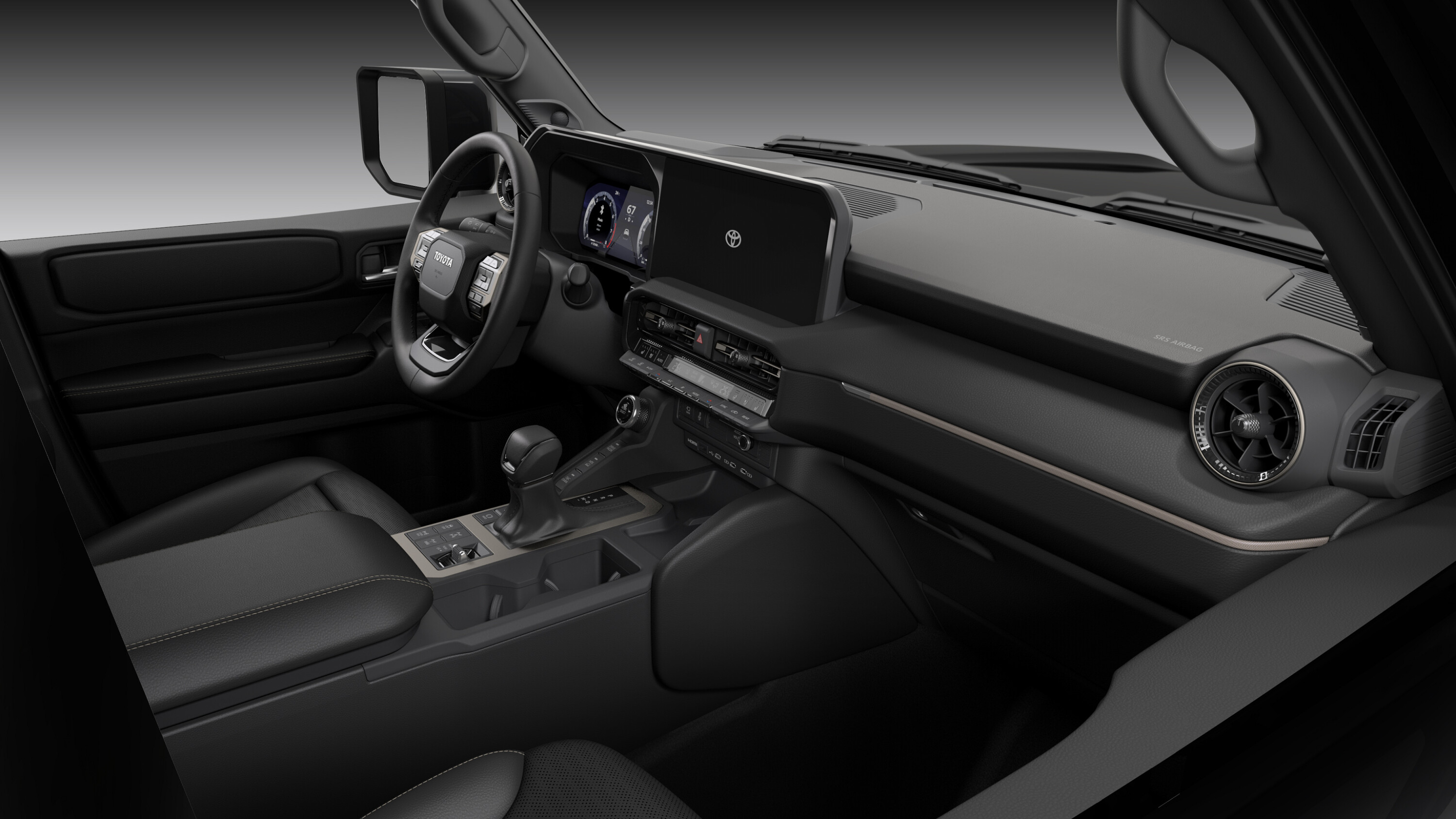
| 2025 Toyota LandCruiser Prado | |
|---|---|
| GX | $72,500 |
| GXL | $79,990 |
| VX | $87,400 |
| Altitude | $92,700 |
| Kakadu | $99,990 |
| 2024 Toyota LandCruiser 300 | |
|---|---|
| GX | $94,301 |
| GXL | $106,101 |
| VX | $118,301 |
| Sahara | $135,501 |
| GR Sport | $142,101 |
| Sahara ZX | $142,101 |
*All prices exclude on-road costs
Back to top ⬆️
The crossing has a reputation for housing large quantities of these reptiles nearby. Even in this video crocs can be seen lurking in the water … and that’s not to mention the ones we can’t see which might be even closer.
It’s an urgent reminder to always be vigilant and remain safe when travelling these areas of Australia.
Cahill’s Crossing is a well-known causeway within Kakadu National Park in the NT. Crossable at low tide, the area is a popular spot to witness crocodiles in the wild. A high-clearance 4×4 is required for touring this region, and do not cross if the water is too high (above 0.5m) or flowing too quickly!
Rated as the most dangerous crossing in Australia, Cahills Crossing is named after pioneer settler Paddy Cahill who was known as the “Buffalo Bill” of Australia due to his prowess as a buffalo shooter.
While the original ‘Cahills Crossing’ is a couple of kilometres upstream in the freshwater reach of the river, the existing causeway was named after him when it was constructed in 1956 – and while some sources claim it’s the original, it’s not.
In May 1975, my wife Eileen and I drove into Darwin in our Series 3 Land Rover tray-back to find a city in despair and broken from its disastrous bout with Cyclone Tracy on Christmas Eve, 1974. We had permits for Mount Borradaile and Malay Bay. It was the first time I drove over Cahills Crossing and into forbidden Arnhem Land, the beginning of a grand adventure and love affair that has endured.
Arnhem Land is different to other parts of Australia as there is something primaeval, mystic and uplifting in the monsoon woodlands, the stone country of the Arnhem Land Escarpment, the rivers and beaches, that is unmatched anywhere else.
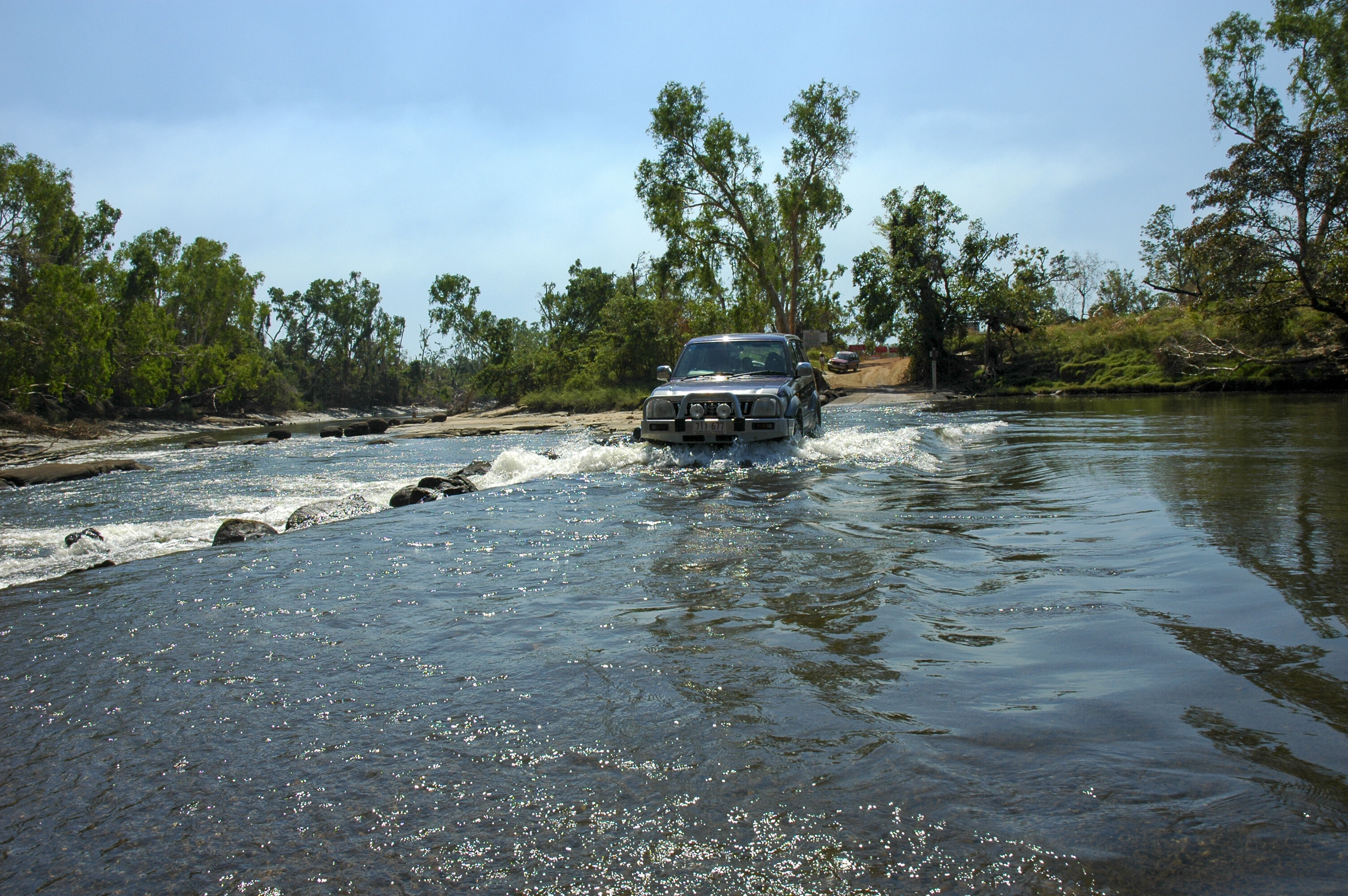
On the return, we fished and caught barramundi while standing knee-deep in the tidal waters on Cahills Crossing. It was déjà vu for three years in a row before we moved to the new town of Jabiru in 1979. In those days, the road from the Arnhem Highway junction was unsealed and badly corrugated.
A day before May Day 1976, the Magela Creek was high enough for the run-off water to sweep over the Land Rover’s bonnet in the deeper sections, but there was little flow in the creek or in the 500m S-bends melaleuca swamp and Hady’s Flats beyond.
The water was clear, and the hard dirt road was easy to follow. It’s now sealed. At the time, the Border Store had a liquor licence, and it was our first port of call. Locals from across the river had already swum or waded across and had drunk the store almost dry. The proprietor was surprised to see us and must have made a few phone calls.
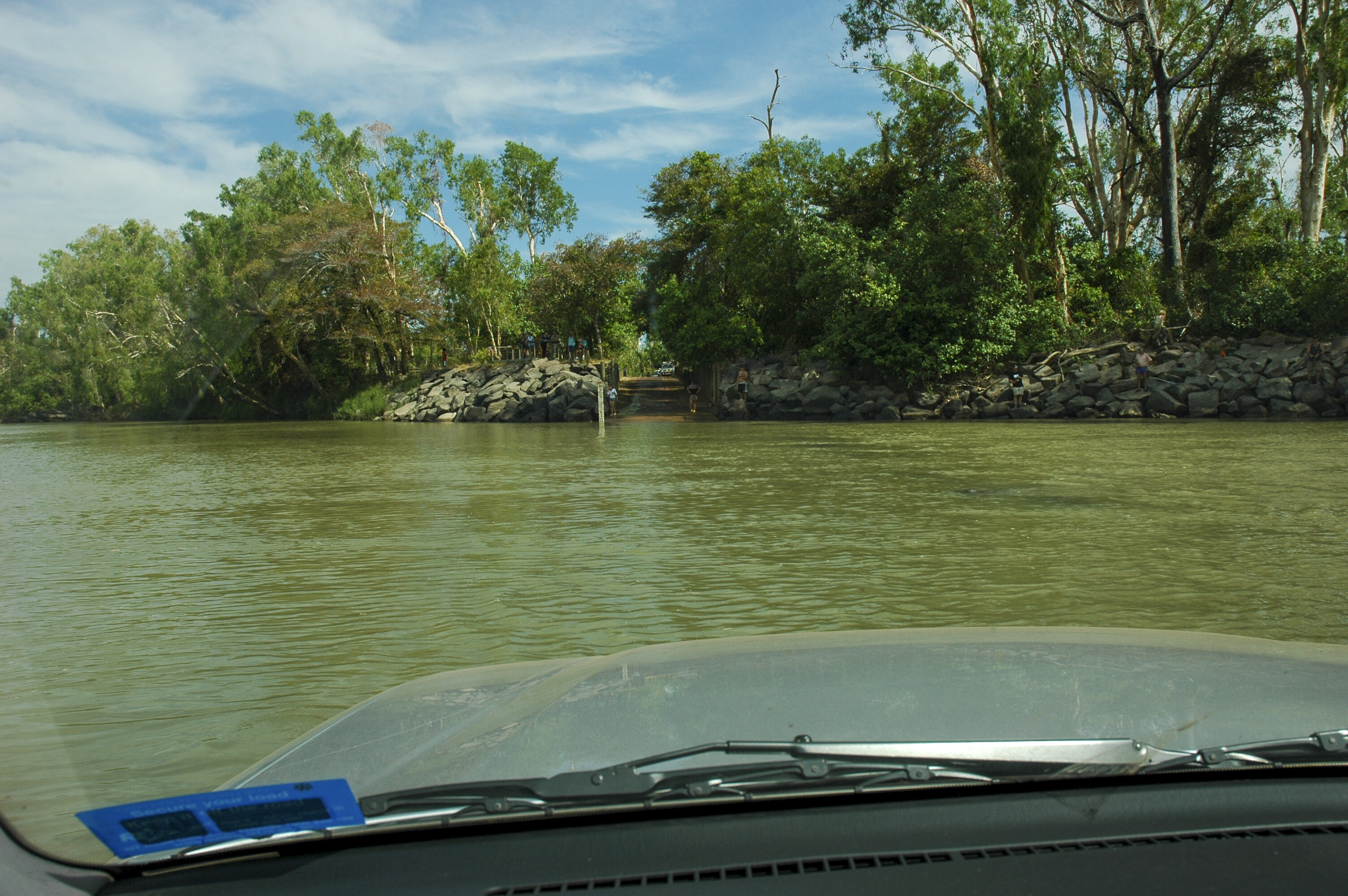
We were the first vehicle in for the season, but by evening there were dozens and others kept coming in during the night, including more grog supplies for the store. The word was out in Darwin: “Cahills Crossing is open.” Camping space was tight but, being first, we picked the spot where the viewing platform is now located.
At daylight, we tackled the crossing when the tide ebbed and drove to Red Lily Lagoon to enjoy some of the best barramundi fishing ever. We returned the following year. The fishing was excellent, but due to a couple of late ‘knock-em-down’ storms, the river was running high and uncrossable. But the locals still managed to wade the slippery causeway back and forth in chain-link fashion, carrying money across and cartons of beer back to thirsty mates.
During our time at Jabiru we made the East Alligator River home but rarely fished from the causeway, preferring the comfort of my solid Savage Jabiru 3.7m tinnie powered by a 25hp outboard. With it, I explored the upper and lower region of the river, often alone, and I became acutely aware just how many large crocodiles lived in it.
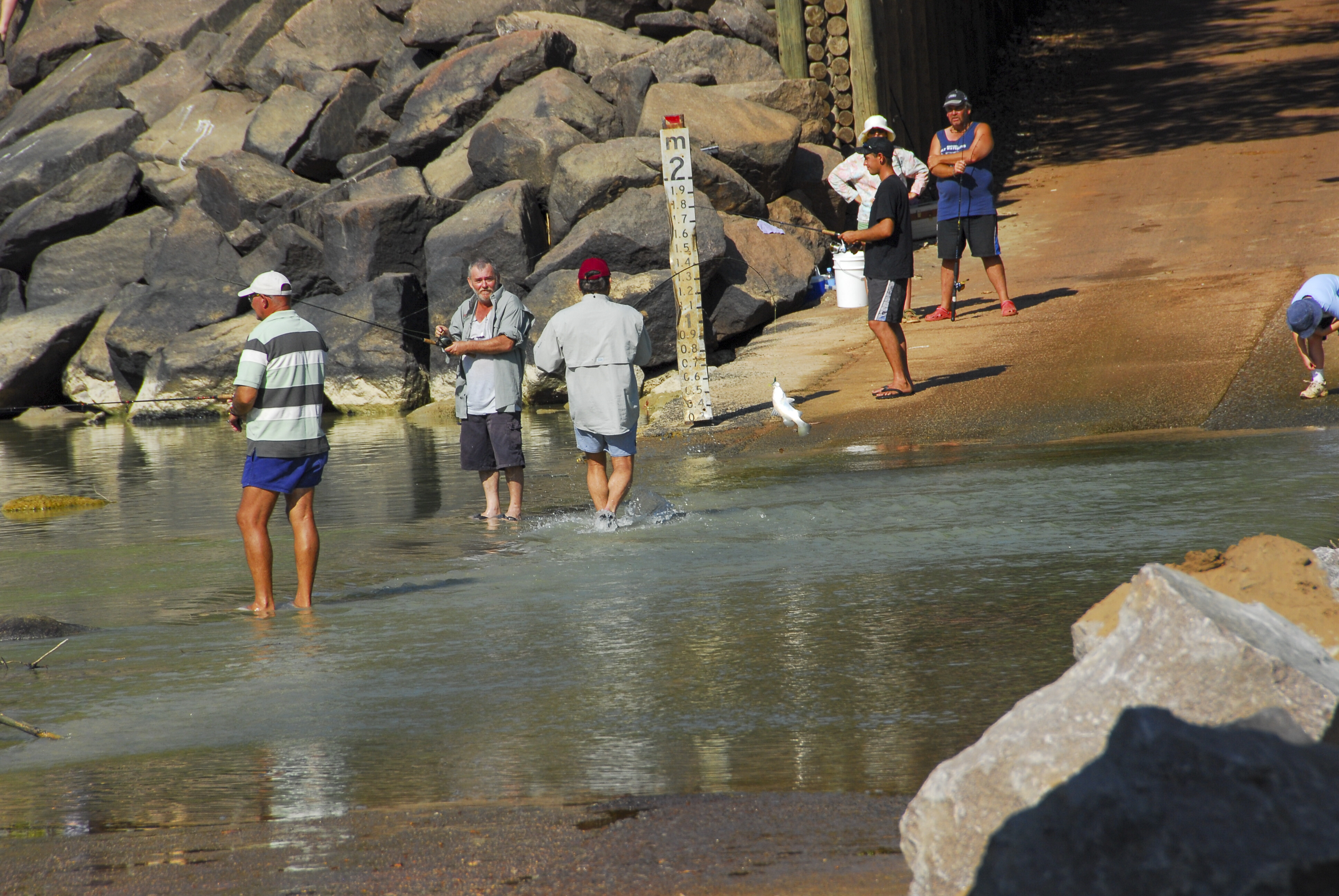
The probable explanation was that the presence of so many people about the crossing kept them away from it, while warning rifle and shotgun shots were not uncommon when one did appear, nor was the odd floater …
In the meantime, the locals, boosted by government money and royalties from the two uranium mines, Ranger and Nabarlek, were buying cars and 4WDs. They were coming to grief on the crossing, having no idea how to tackle the high water, and judging by the continual annual mishaps, they still don’t …
Old mate and I were coming back from a trip 50km downriver and had just crossed the rock bar some 2km downstream from the crossing when we noticed beer cans and an esky bobbing in the current. We scooped most of them out with a landing net – free beer!
There was more stuff floating downstream, before it hit us – someone had turned a boat over. I twisted the throttle, sped up and saw a large local sitting on a wheel below the crossing, the only part exposed from his 4WD. A woman cried out from a tree near us. She was sitting on the leaning trunk of a paperbark tree, while a small croc was eyeing her off below. I steadied the boat under the trunk and old mate lifted her into the boat. She immediately claimed the beer cans as her own … bugga!
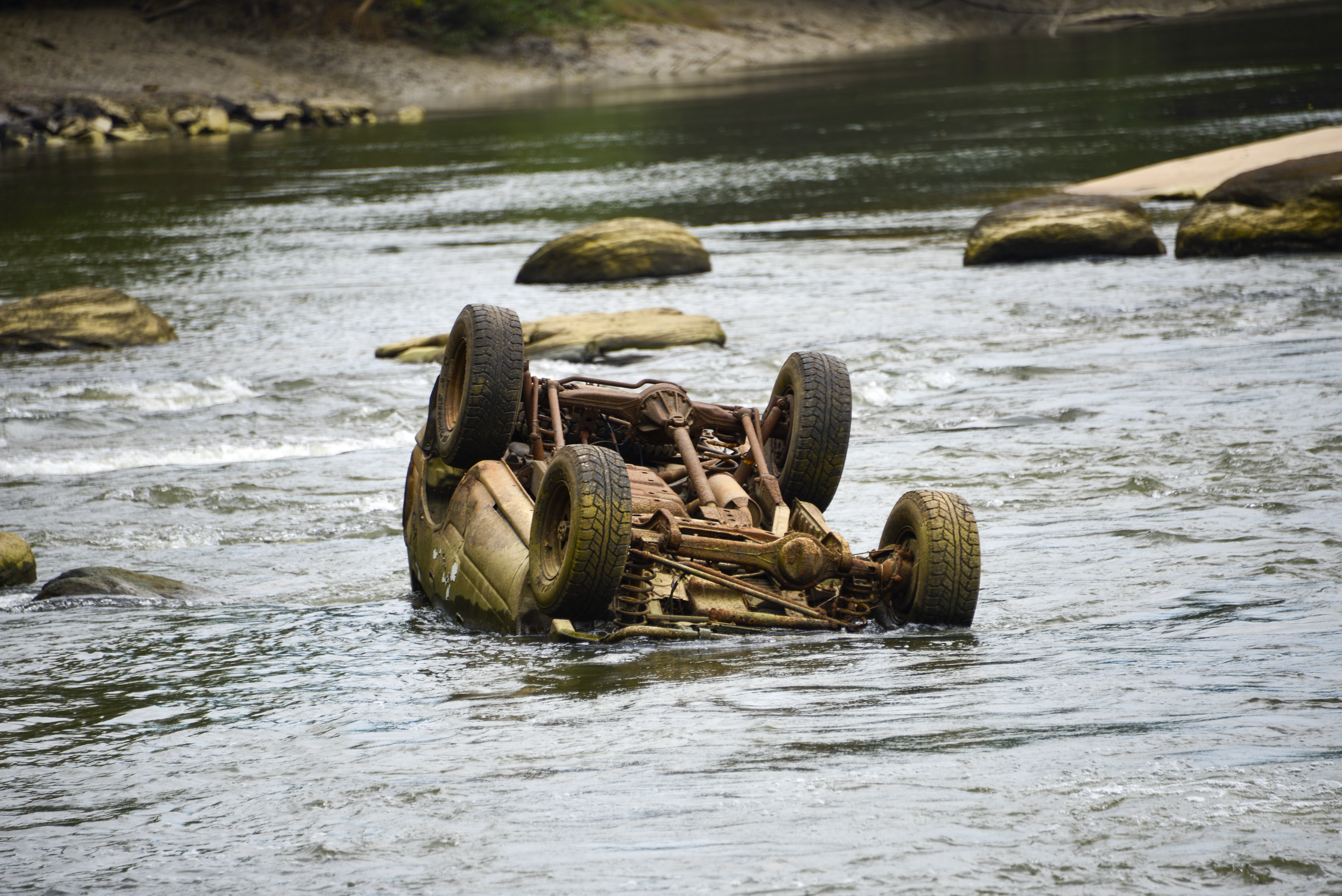
We picked up two men from the muddy bank, before we turned our attention to the bloke on the tyre, but someone had pushed a tinnie into the river and was helping him into it. Nothing to do but take photos. Turned out that he had picked up a brand new Nissan Patrol in Darwin that day, one of those early box-like models that were called ‘bog machines’.
On a recent visit, there were three vehicles in the river and another two that had been pulled out with a loader on the bank of the Arnhem Land side. One year, a dump truck with two trailers went over the side. The driver thought he was okay with the heavy truck and trailers, but the river was high, unkind and punished him for his ignorance and lack of respect.
Before the 1980s, there were few crocodiles about the crossing, but in May 1987, old mate, Kerry McLoughlin, was fishing the run-off, the period after the Wet when the plains and rivers drain and the barramundi come on the bite.
There were other people fishing on the causeway as the road had just opened. Kerry waded across and had a few casts on the Arnhem Land side before returning, the water knee-deep and running strongly. Upstream, the head of a big crocodile surfaced alongside him. Those who saw it yelled warnings, but the current noise was too strong – the cries went unheard.
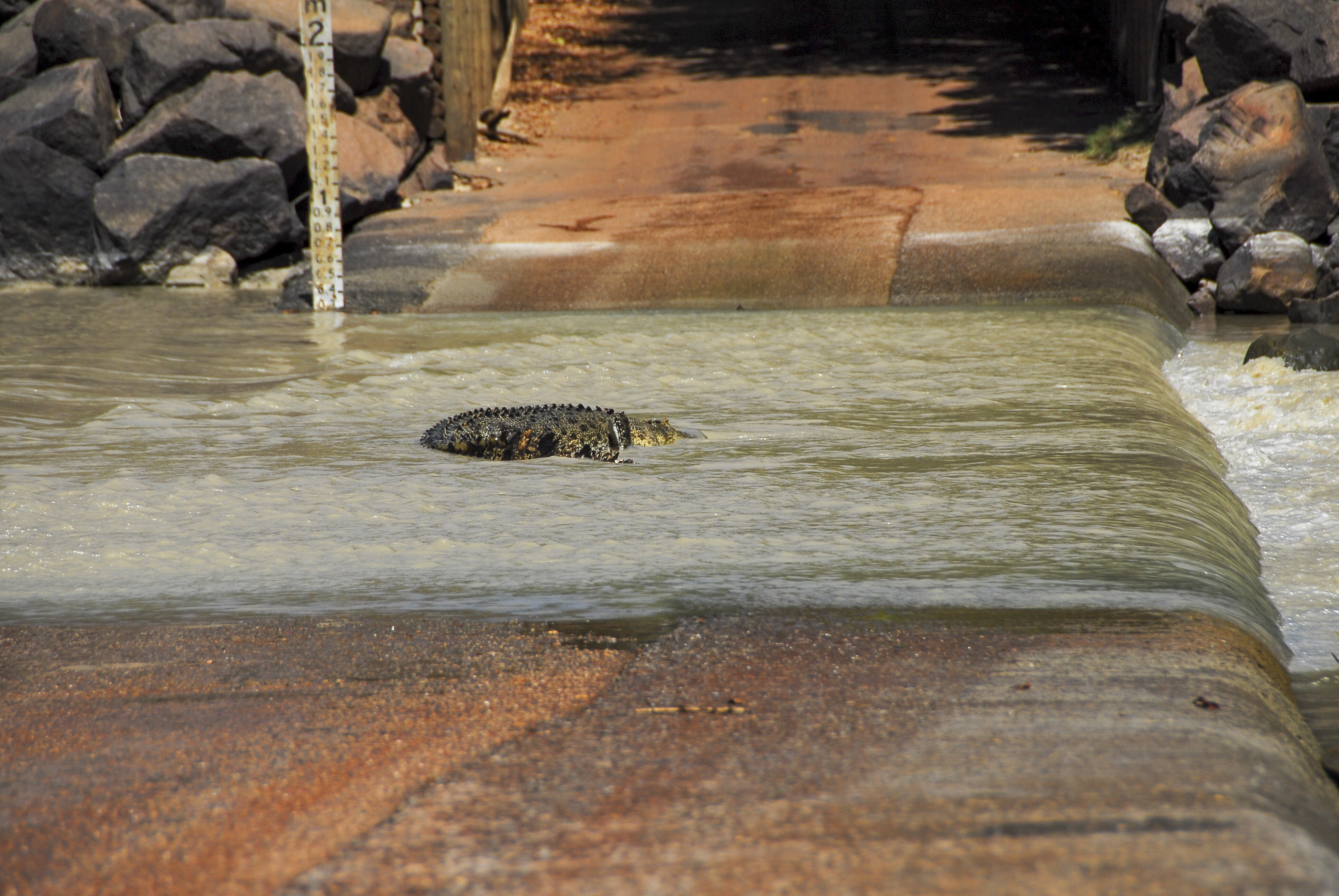
Suddenly Kerry saw the croc and ran forward, the high water and current hindering his progress. He fell and slipped off the crossing and swam to the high muddy bank where willing hands were reaching down to help him up, but to no avail as the living nightmare of the tropics leaped up, grabbed him about the head and shoulders and performed the dreaded death roll below the horrified witnesses. There have been more attacks, and due to the nature of stupid people, others will become victims.
Today, there are more than 120 crocodiles within 2km of the crossing. Twice a day the tide (up to 8m) pushes up from the Van Diemen Gulf, 100km downstream, to a few kilometres upstream from Cahills. When currents collide with the crossing, it creates powerful and dangerous conditions and drivers, mostly locals, end up in the water when vehicles are washed off it.
As far as I know there have been no serious attacks on people in the water, even though they swim for their lives in the deeper sections – some clutching desperately on to their children.
The incoming tide at Cahills is six hours behind Darwin’s tidal times, and knowledgeable drivers use it to their advantage. The most dangerous period is during the run-off season when huge volumes of run-off floodwaters rush over the causeway, but some drivers insist on challenging the river – and losing.
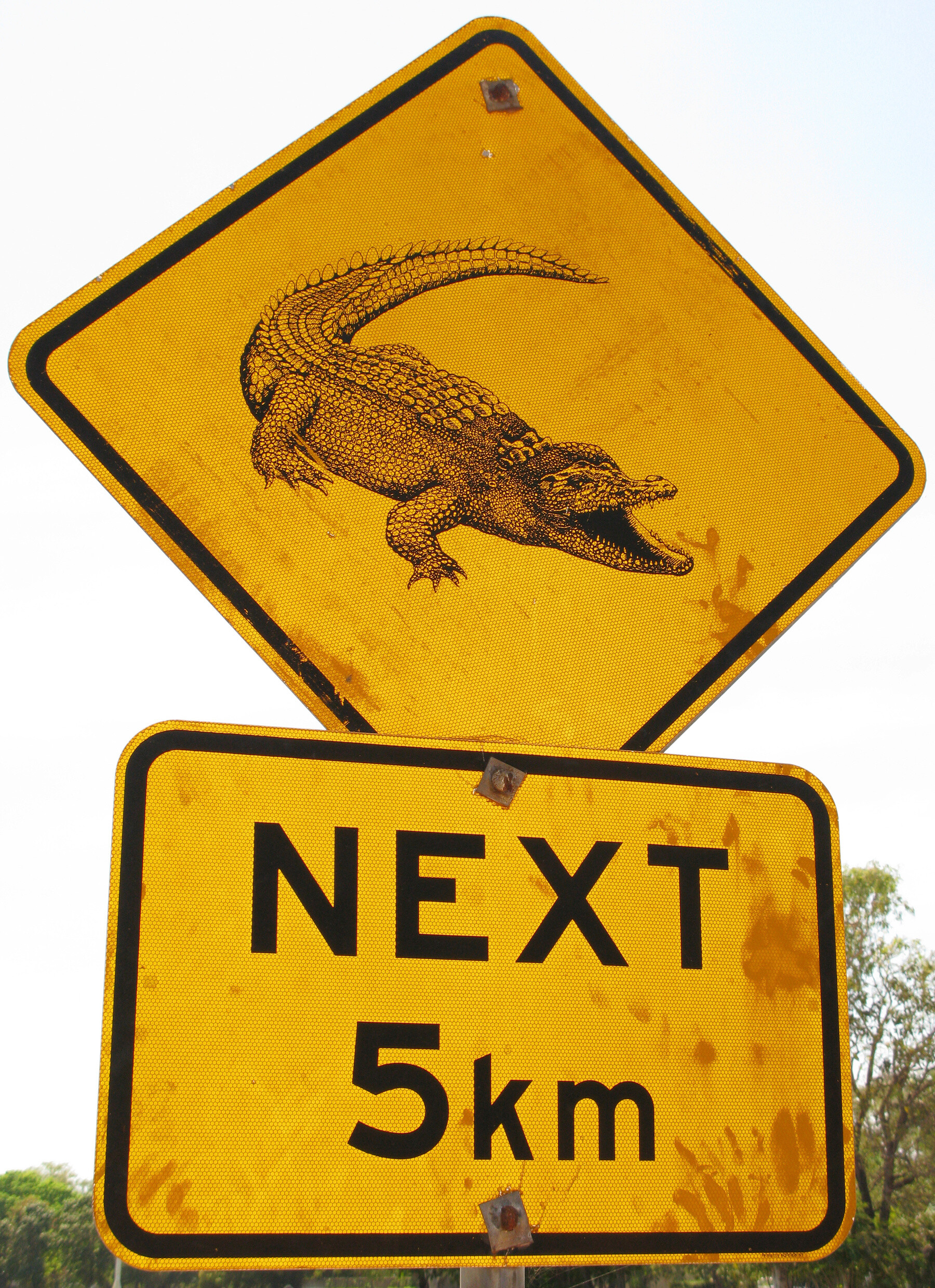
Having driven to Arnhem Land and back many times, I have found that the best time to cross during the run-off season is when both the incoming tide and river peak when, for a few minutes, there is no current before the tide turns and the fun begins. Water depth is generally below 80cm and easy to cross. But once the water speed picks up, forget about it or end up as lunch for the hungry crocodiles who wait with open mouths for fish to swim downriver.
Make no mistake, the crossing is only possible on the ebb tide in the run-off and during the dry season when there is little freshwater flow in the river. Hungry crocodiles are ever present, waiting for the tide to push fish in on the upstream side, before switching over to the downstream side when the tide turns. It’s truly an amazing spectacle that is unmatched anywhere else in the country, perhaps the globe. Check out the film clips on YouTube, especially the one that shows a drunk woman challenging a croc with a thong.